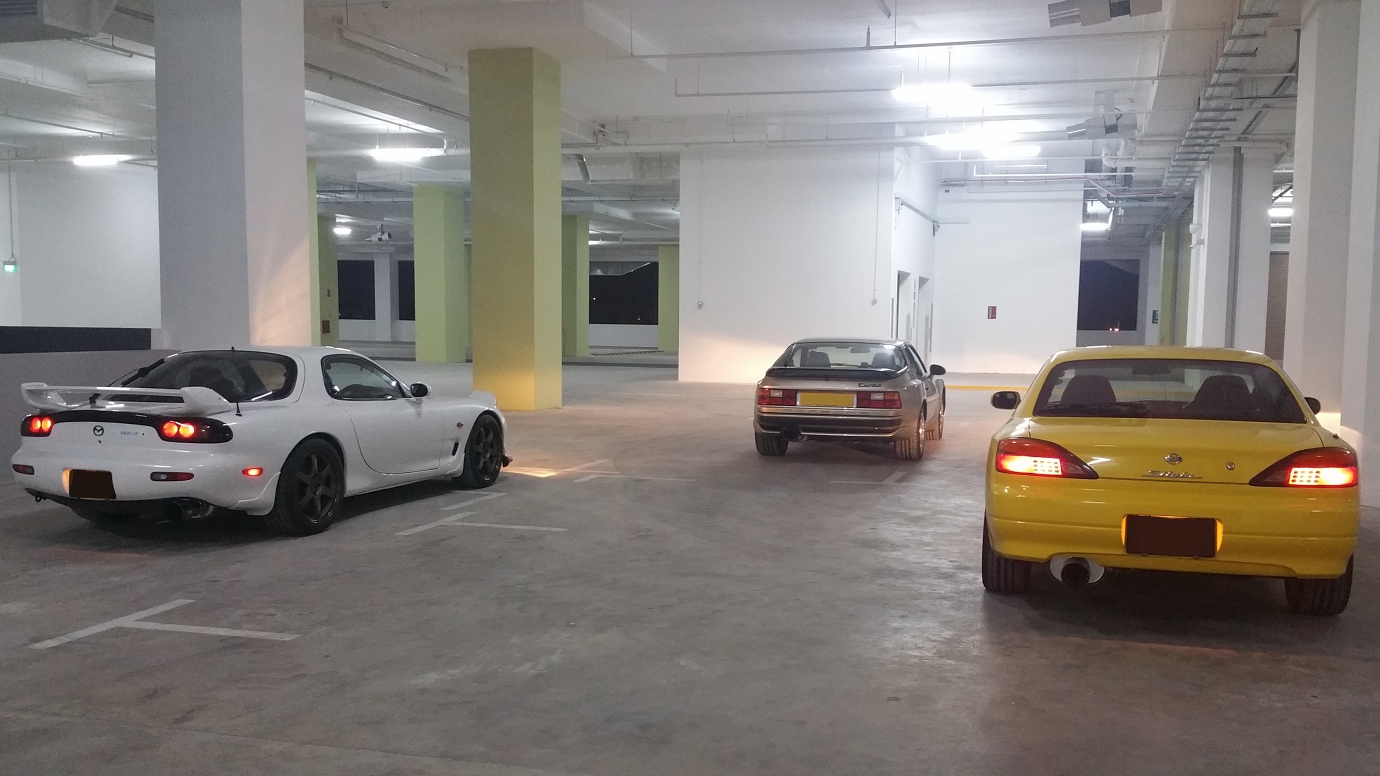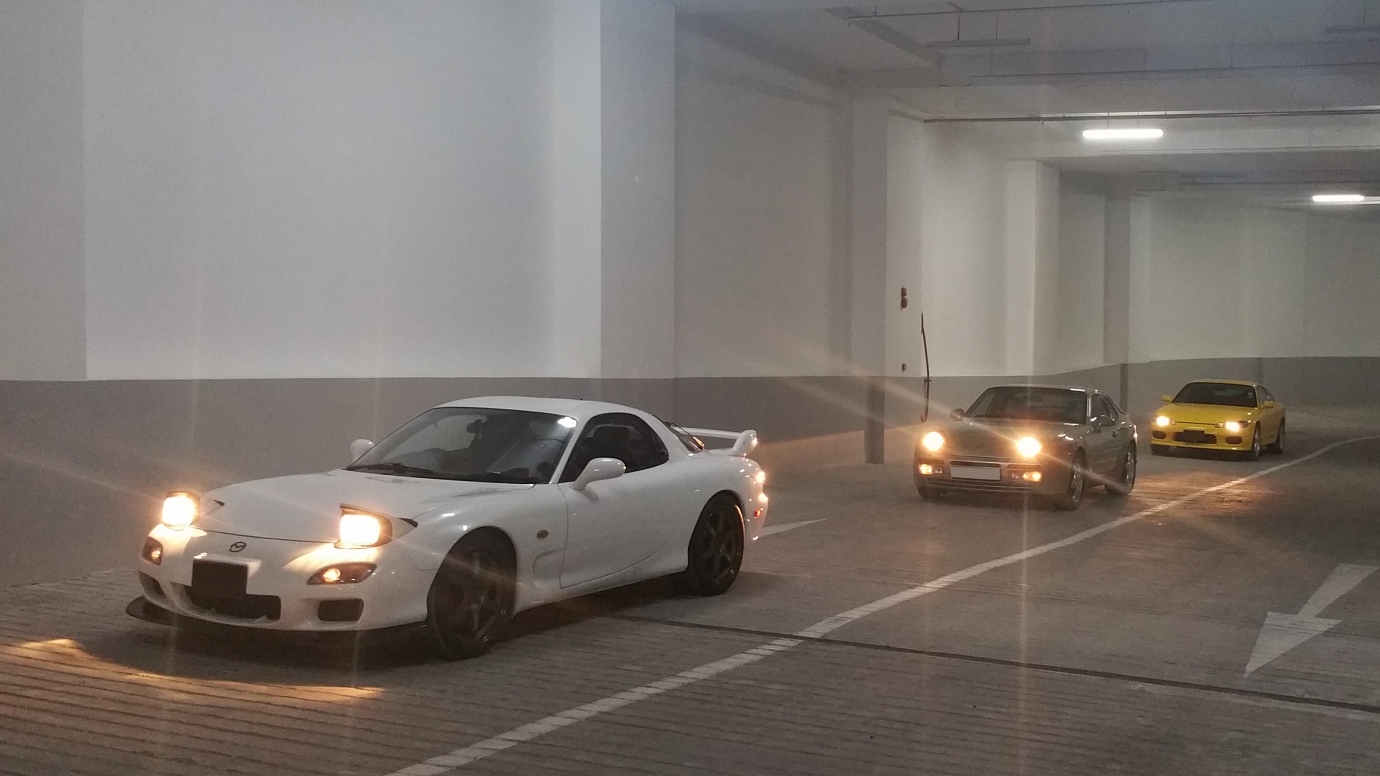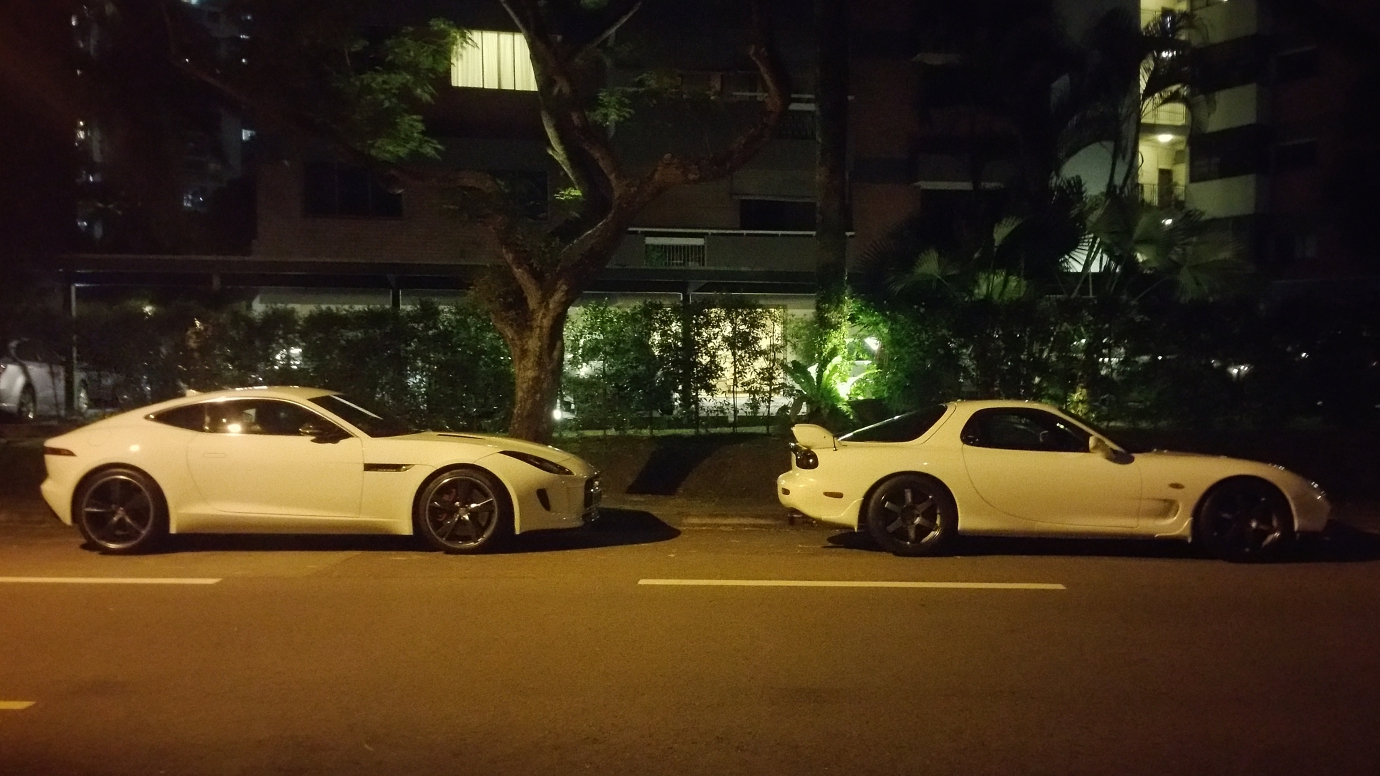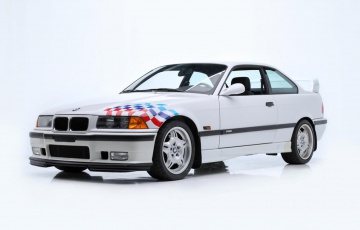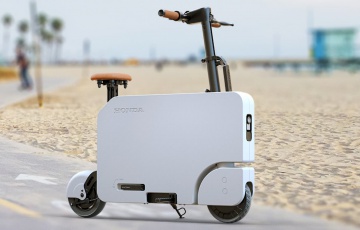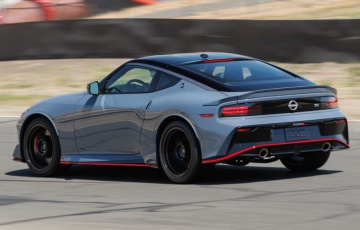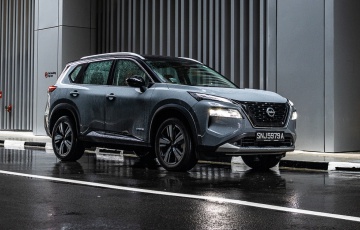Zoom Meeting : Jaguar F-Type S, Mazda RX-7, Nissan S15 Silvia Spec R, Porsche 944 Turbo Drive [review]
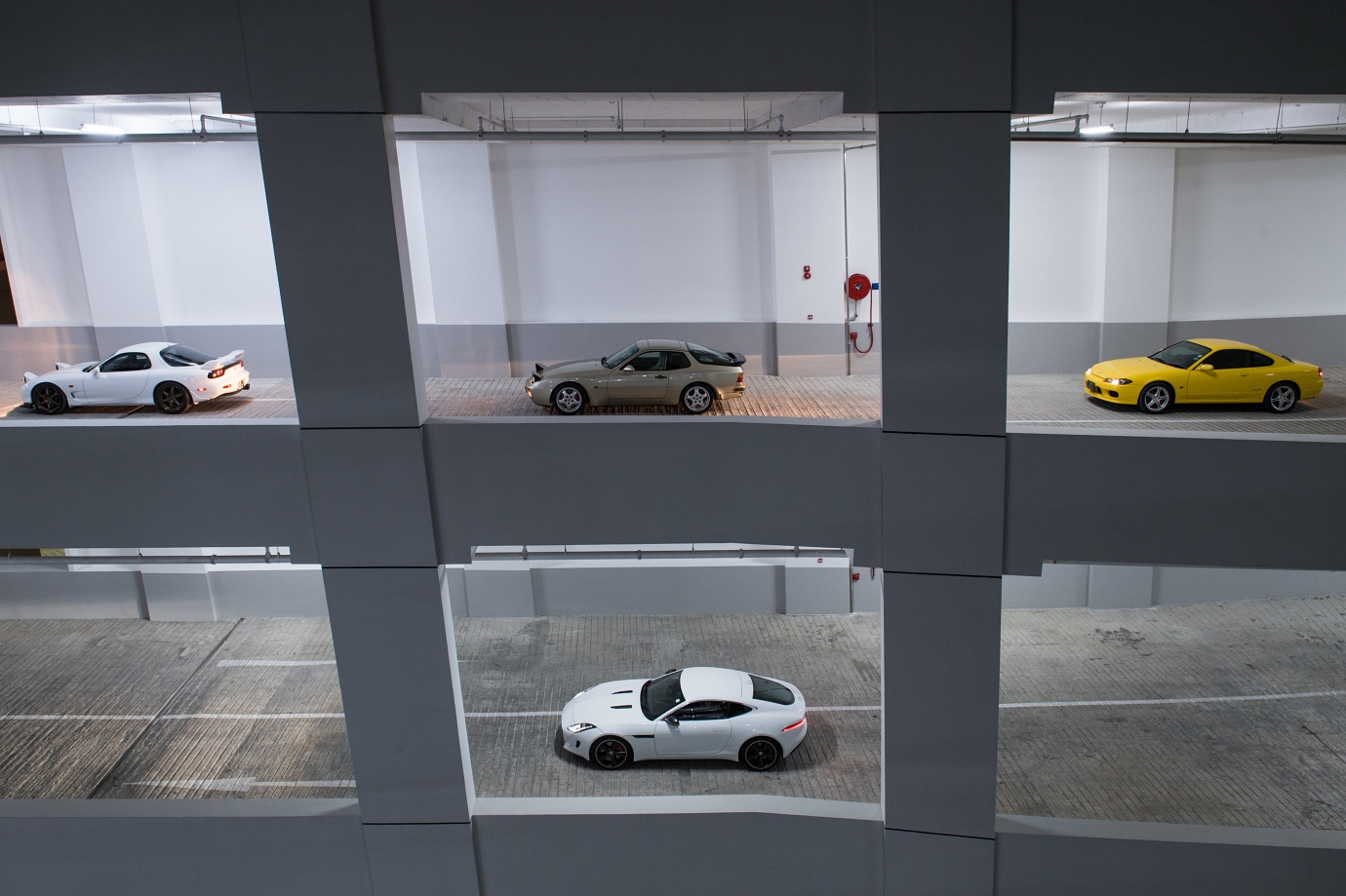
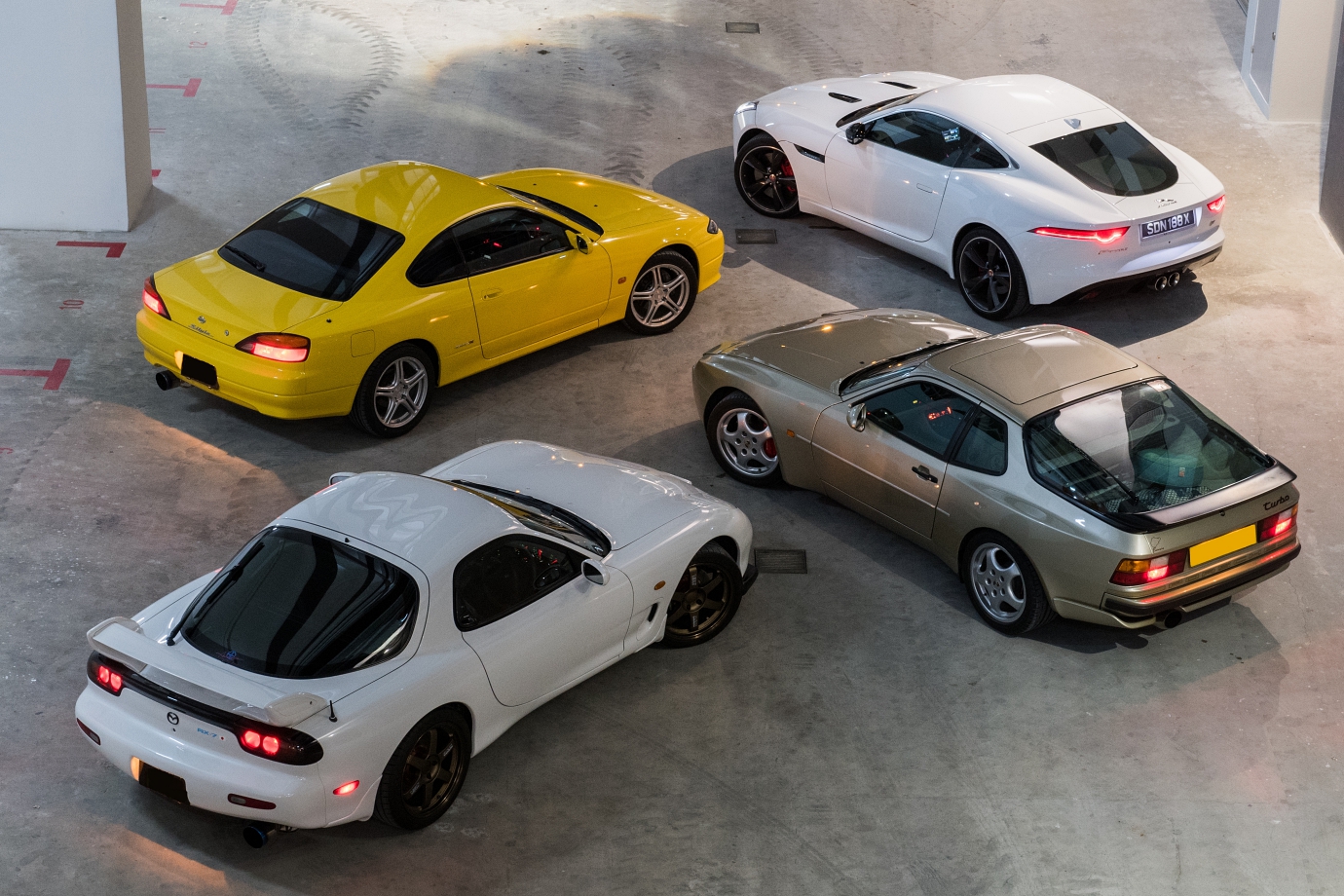
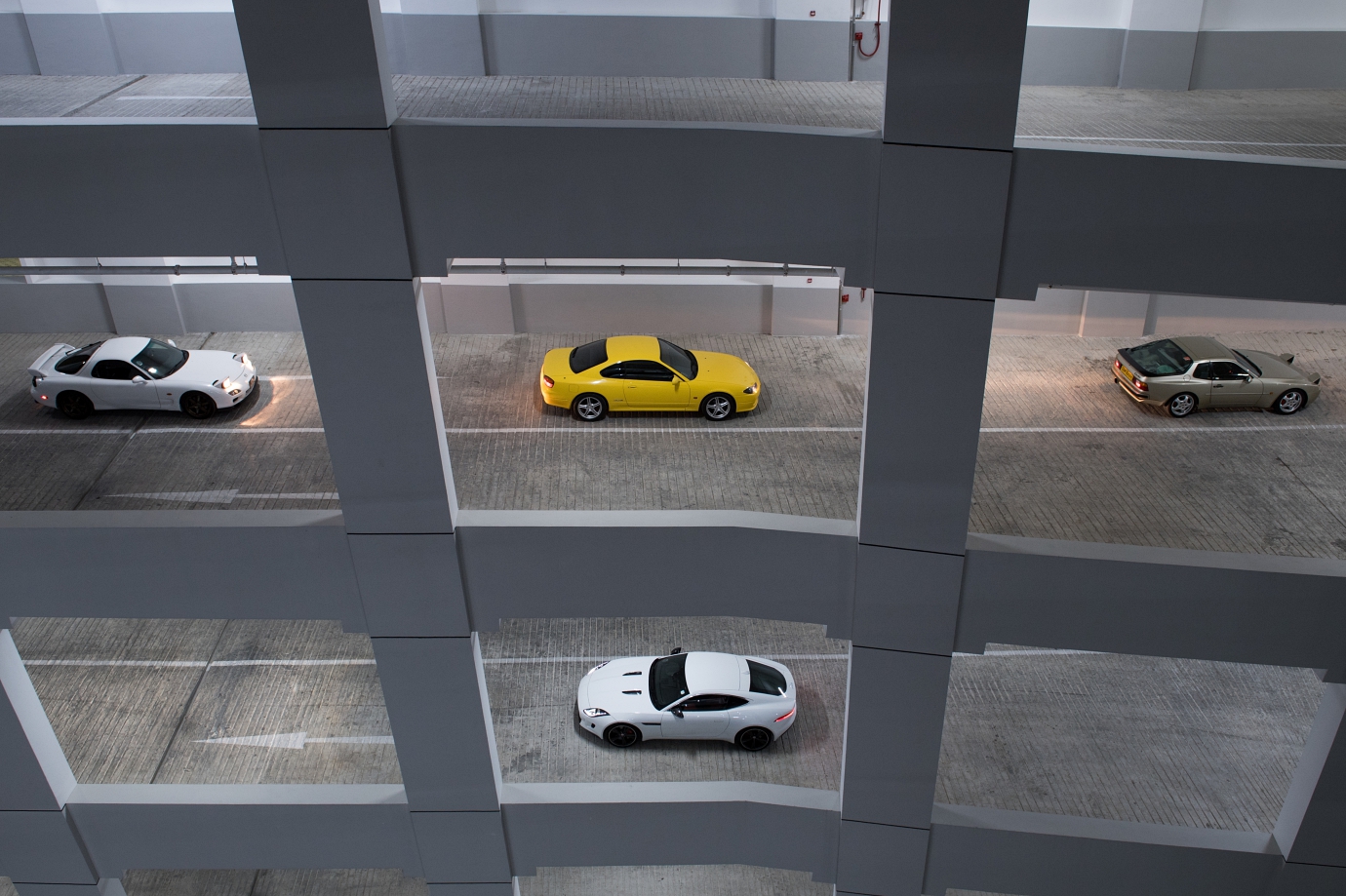
Singapore - Turbo’d cars used to be the performance exception rather than the mundane norm.
However, they're now everywhere, from humble city hatchbacks to the most unwieldy MPVs and crossovers, in addition of course, to the sportscars in-between that span Porsche 991.2 to Ferrari 488.
High-revving nat-asp big cc engines have gone the way of the dodo and it is only in the higher echelons of the sportscar genre that you still see such engines in action.
During my formative petrolhead years from the late 80s to the early 00s, there were two distinct paths that led to performance nirvana.
Highly-tuned nat-asp engines found in the Ferrari and Lamborghini exotica of the era (naturally, we can’t forget Honda’s Type R candidates and BMW’s E36 M3 Evo, with their admirable 100PS/litre specific output), or in the case of this feature's focus – turbocharging.
Turbocharging was a popular route for Japanese manufacturers to eke out that special something to create memorable cars – of course, you had the oddball Renault 5 GT Turbo, rally-bred fast Ford Cossies and Lancia Integrales as well, but it was the Japanese sportscars that really made an impression on many of us.
Japanese cult icons from the 90s to 00s like the RX-7, Supra, Celica GT4, Pulsar GTI-R, Skyline GT-R and lest we forget, rally homologation specials like the Lancer Evolutions and STIs, ruled the streets with their relatively wallet-friendly entry prices and explosive performance.
(Did someone mention the mighty Godzilla? Click HERE to read about the R32 and R34 Nissan Skyline GT-R)
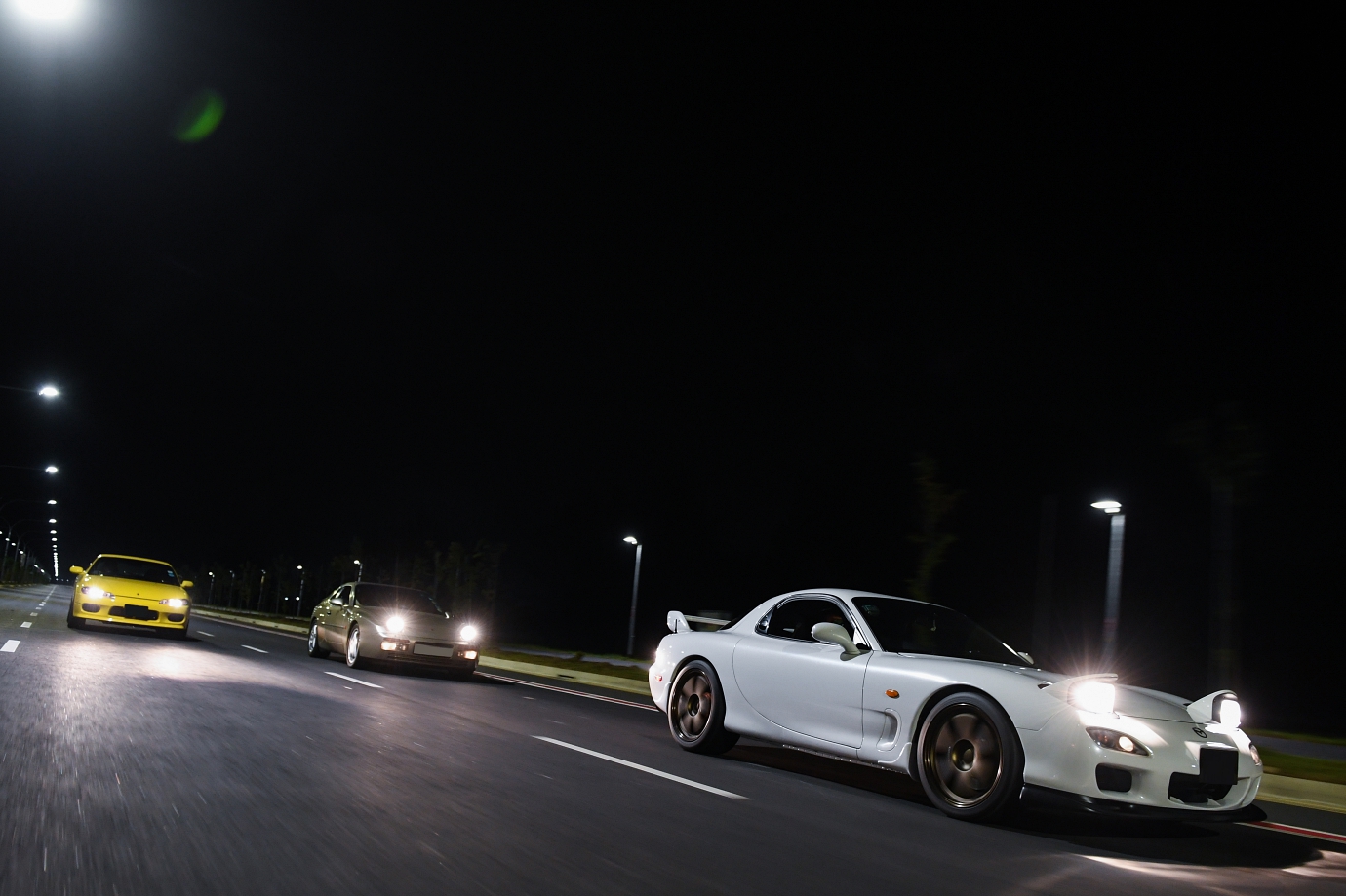
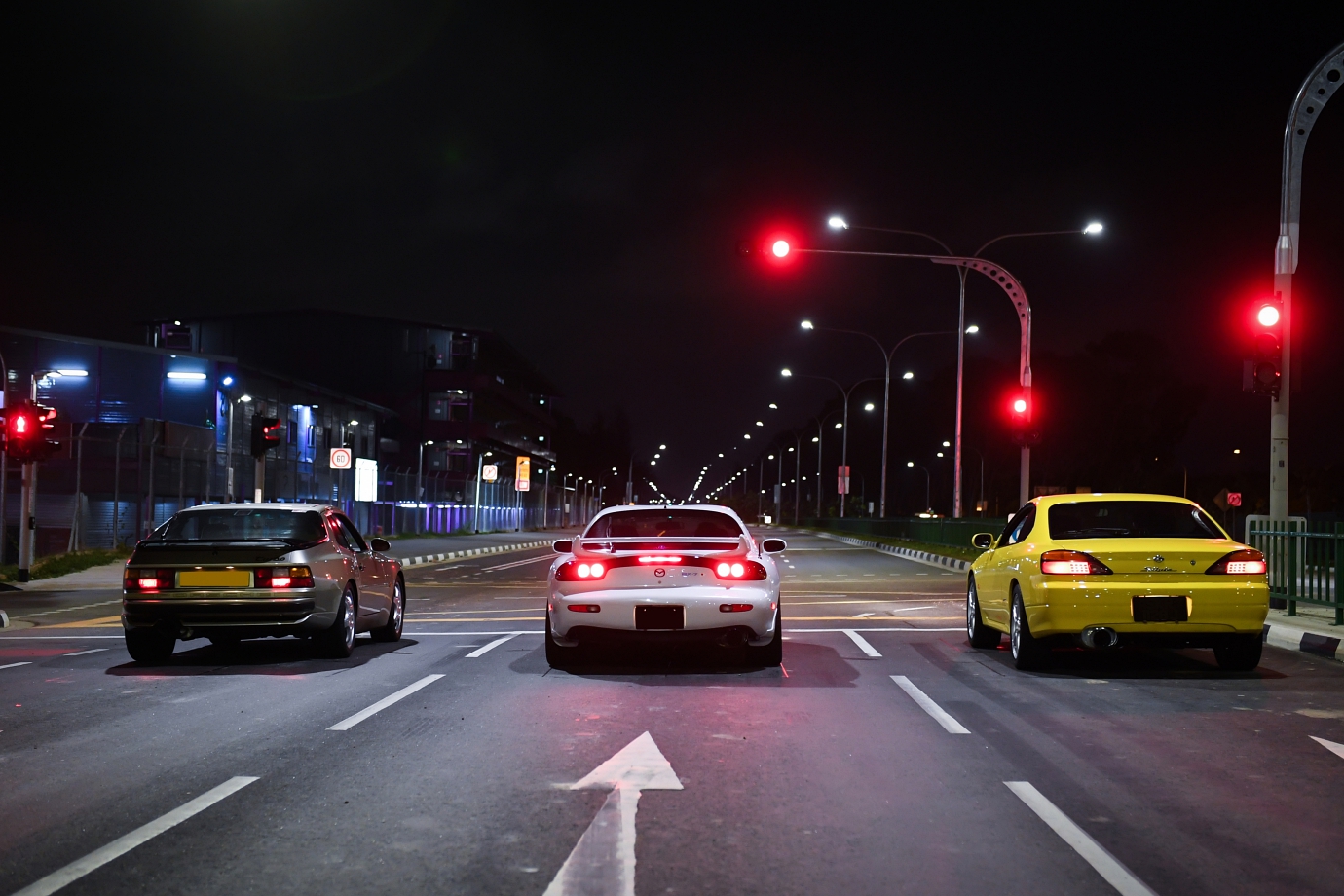
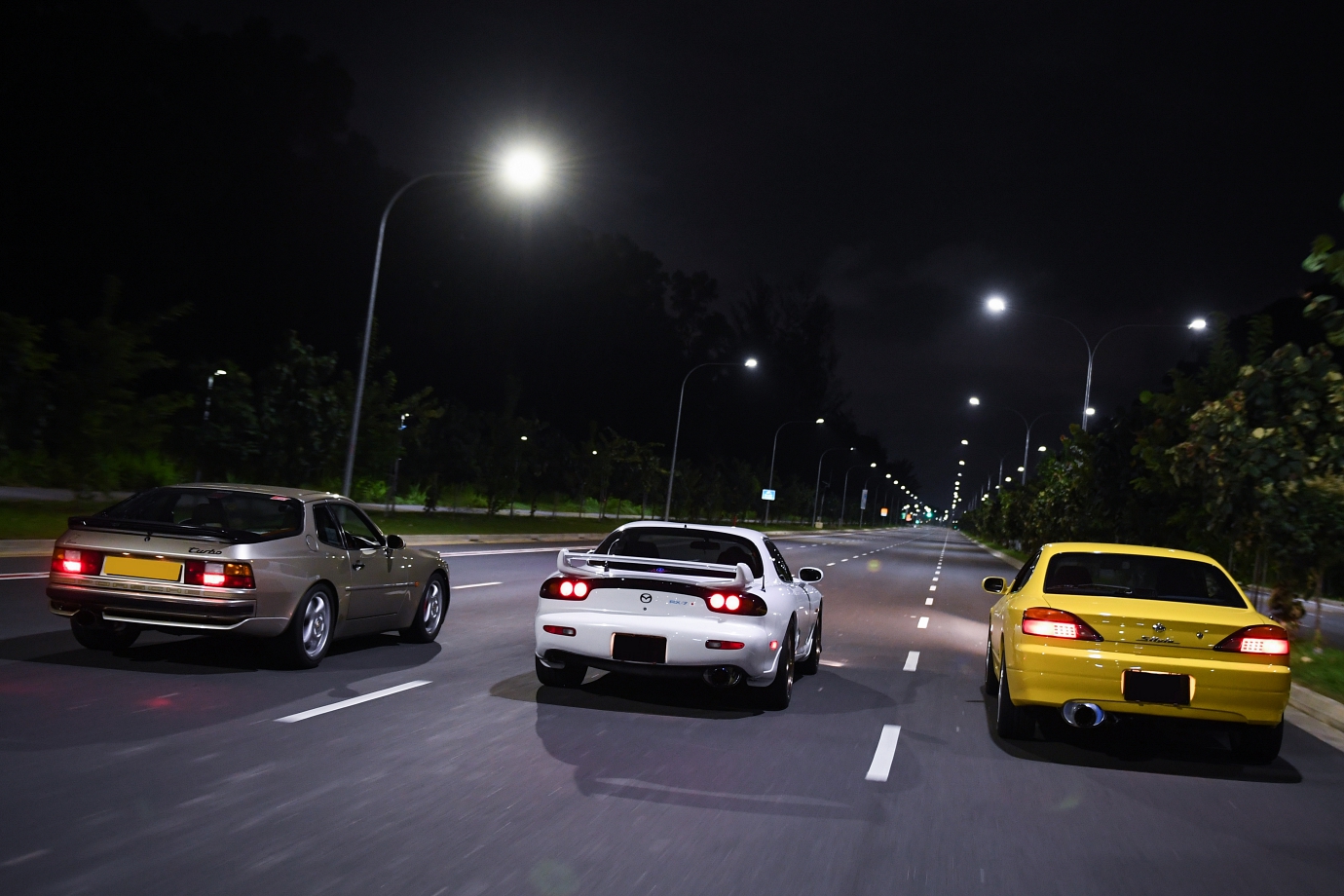
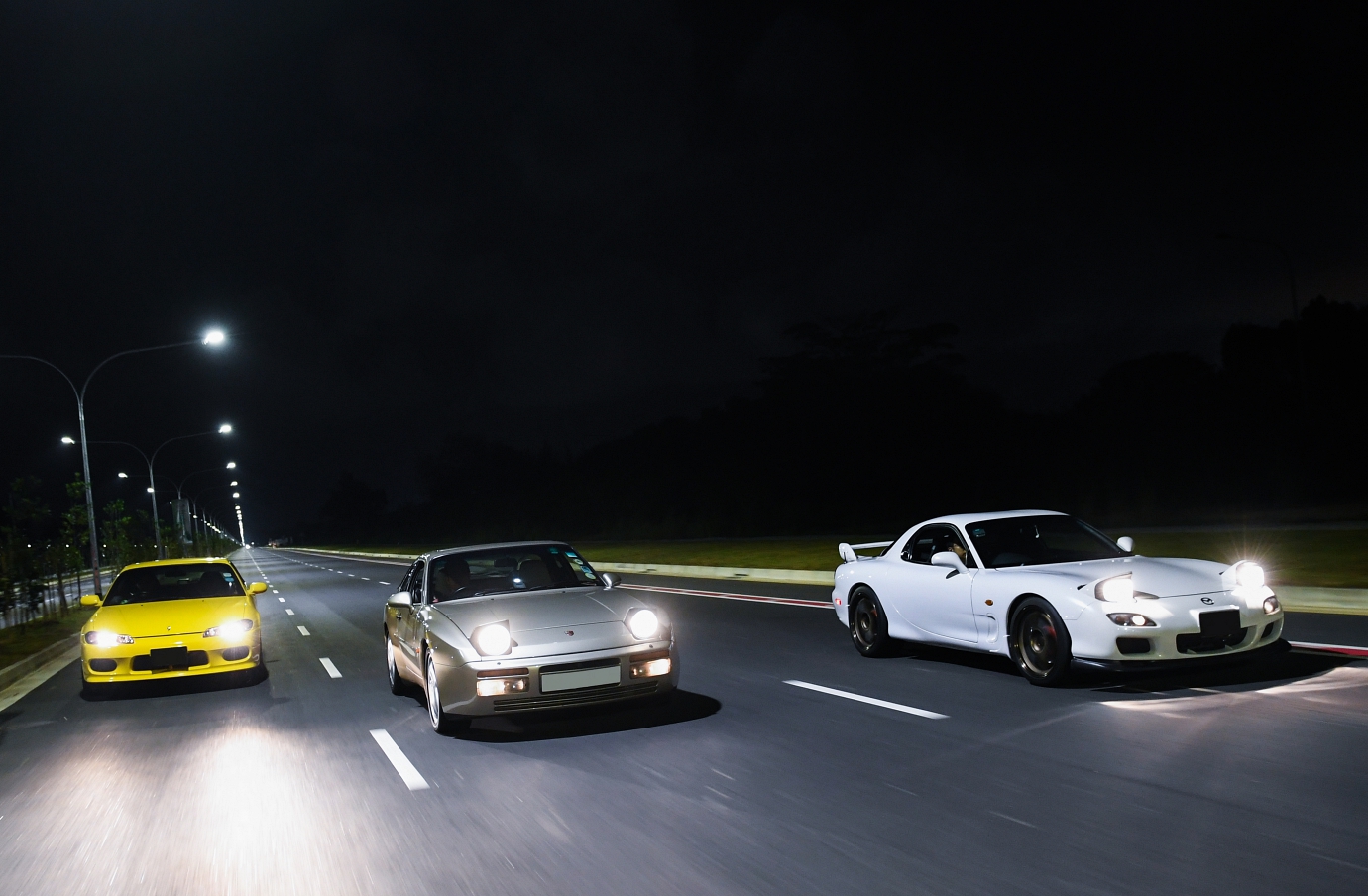
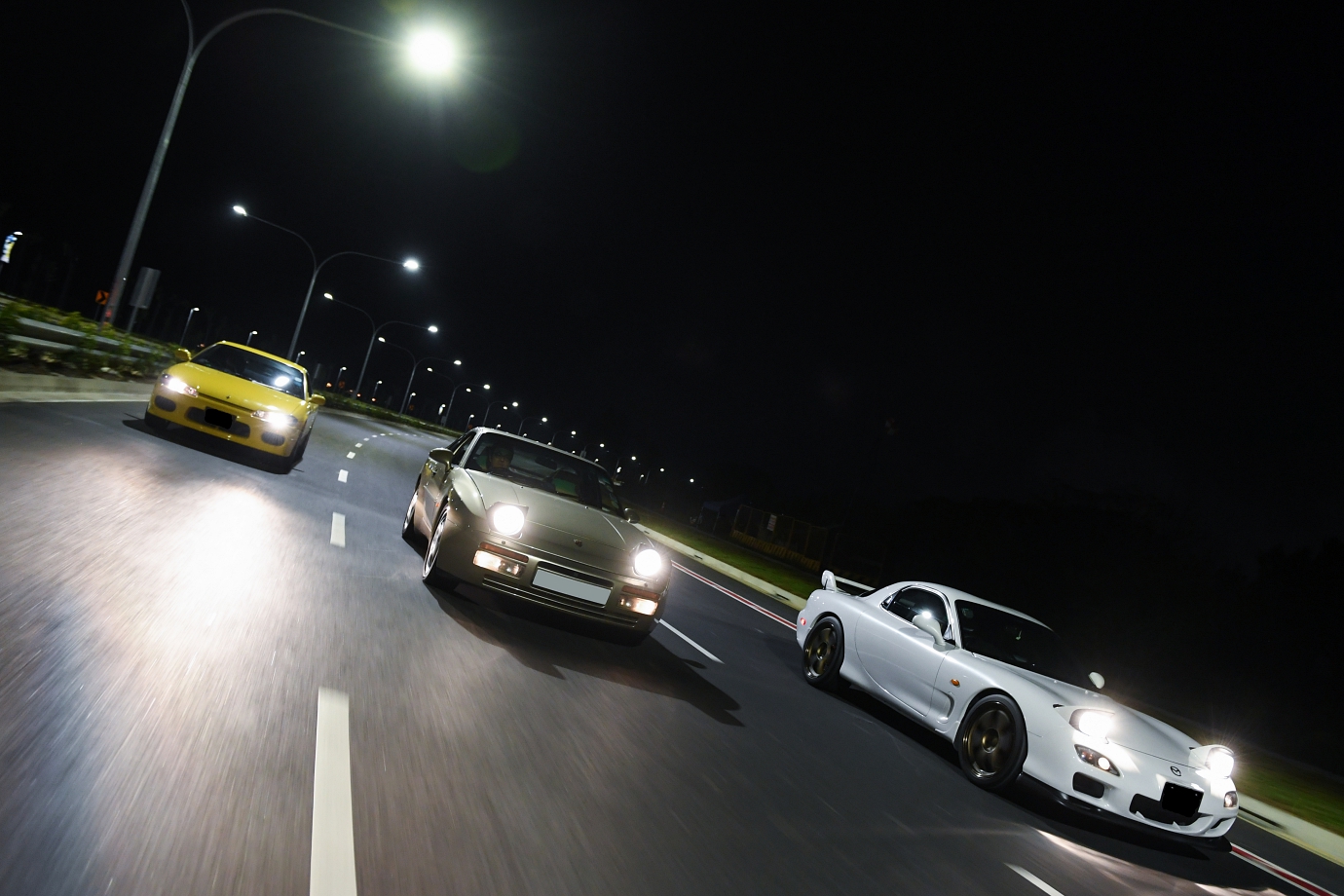
Back then, ‘turbo’ was a delightfully naughty word that promised thrills and spills aplenty from a force-fed engine that was tuned to deliver shredding performance.
These days, rapid downsizing brought about by increasingly stringent emissions regulations sees manufacturers turning away from large, naturally-aspirated engines to small displacement, turbocharged engines.
This modern breed of turbo engines boasts similar levels of fuel consumption and in most cases, better performance than its nat-asp predecessors.
Furthermore, to make these turbocharged cars easier to drive, the idiosyncratic turbo-lag has been all but eradicated, resulting in a seamless surge from standstill to terminal velocity.
To the avid petrolhead, part of the challenge of driving an early turbocharged car was dealing with turbo-lag, which is the gap (or lag) in performance between no/mild-boost and full-boost!
In some applications, the turbo might fully spool-up only after 4000rpm.
Contrast this to the sub-2000rpm responses of modern turbo’d engines and imagine how tricky it used to be to deal with this sudden spike, particularly when you had to judiciously balance this spurt while pushing hard... to avoid unsettling the car.
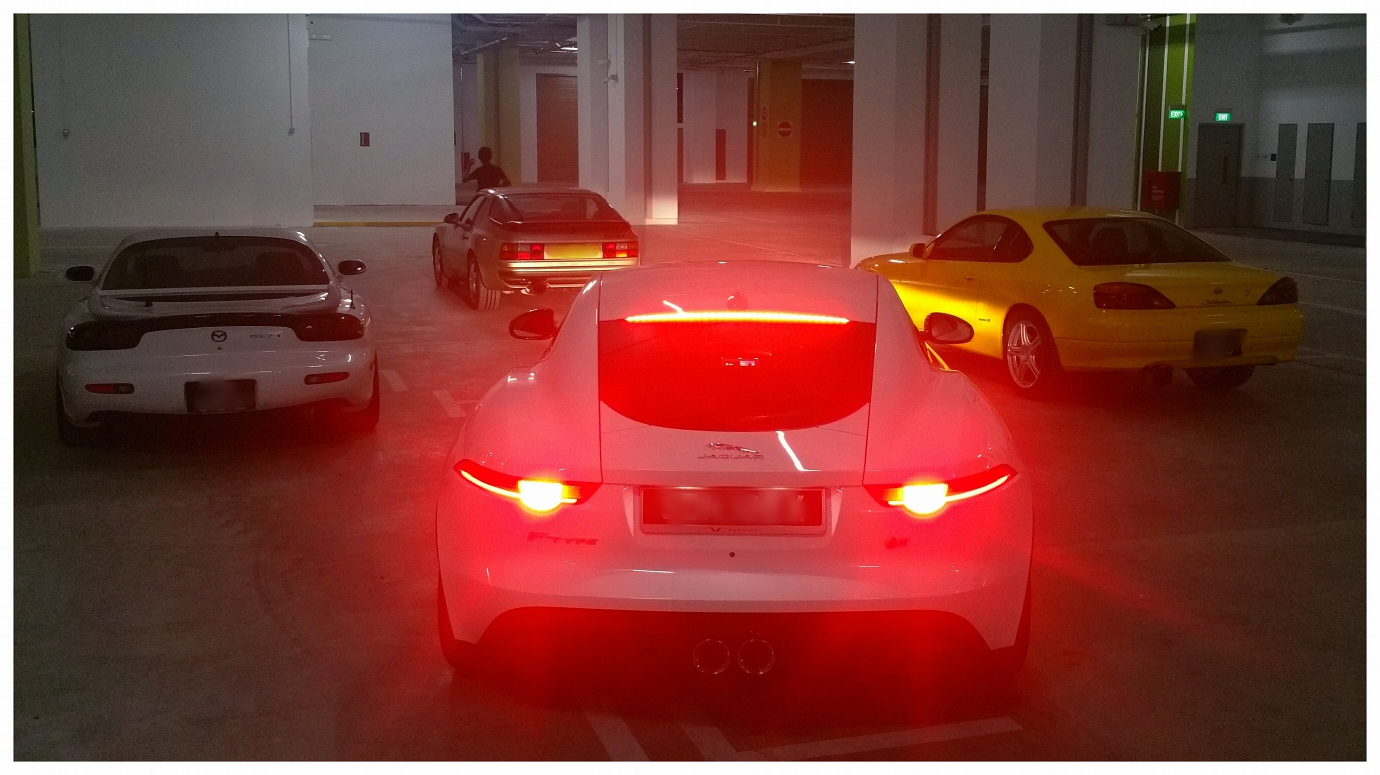
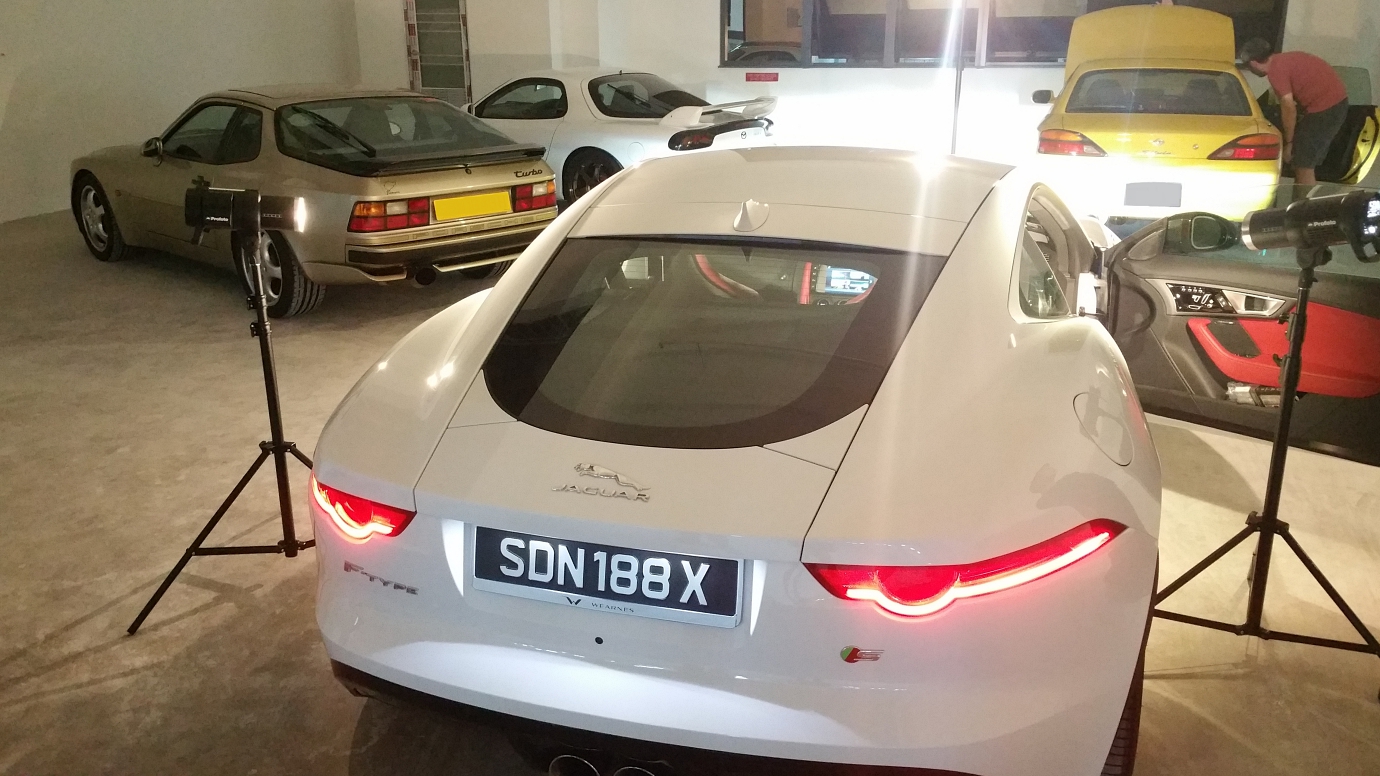
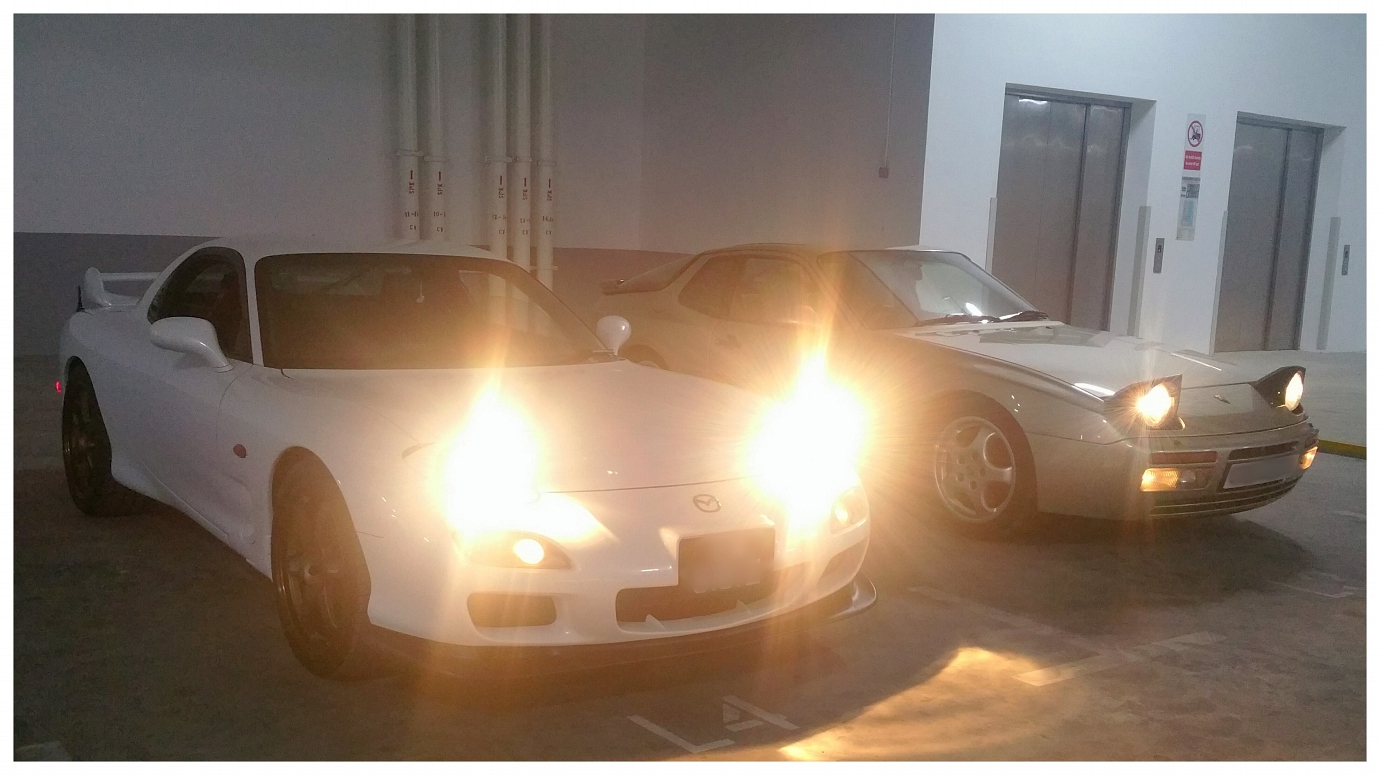
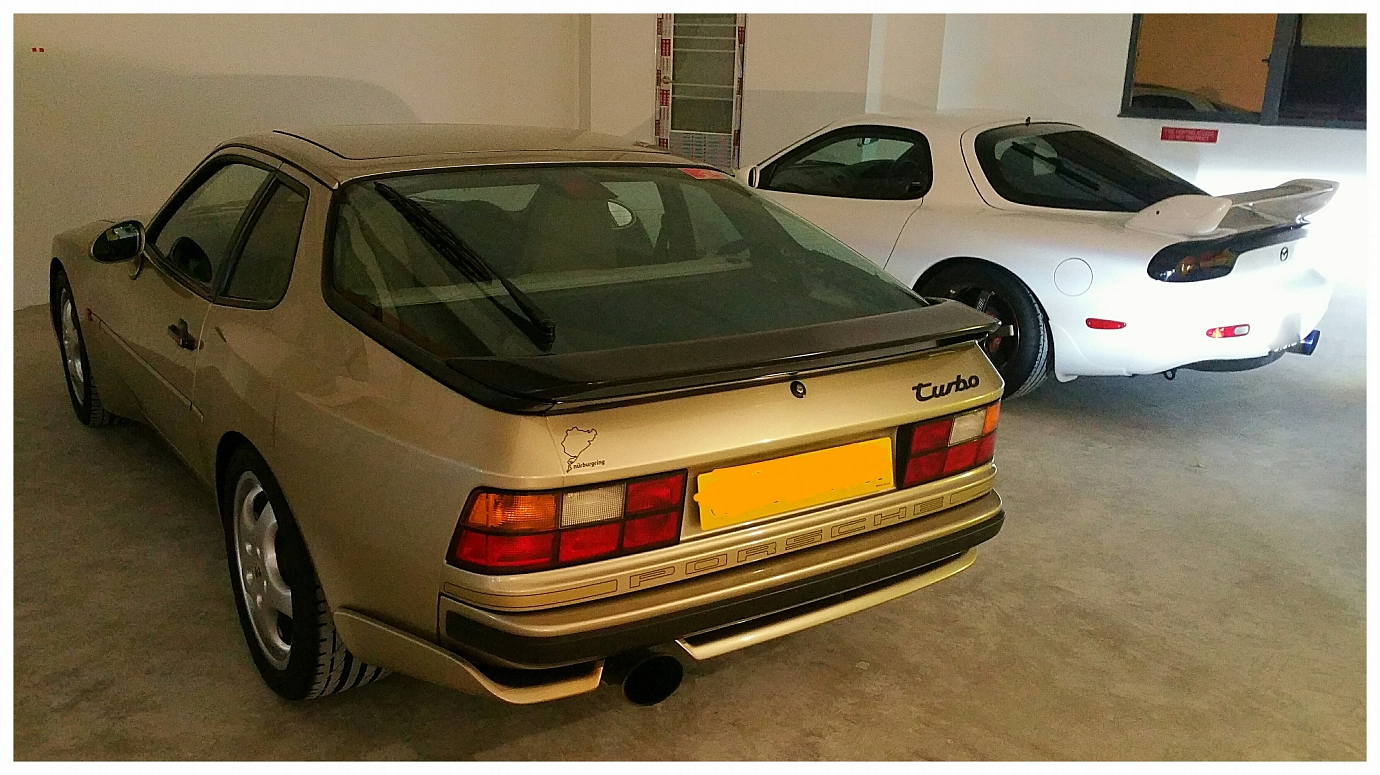
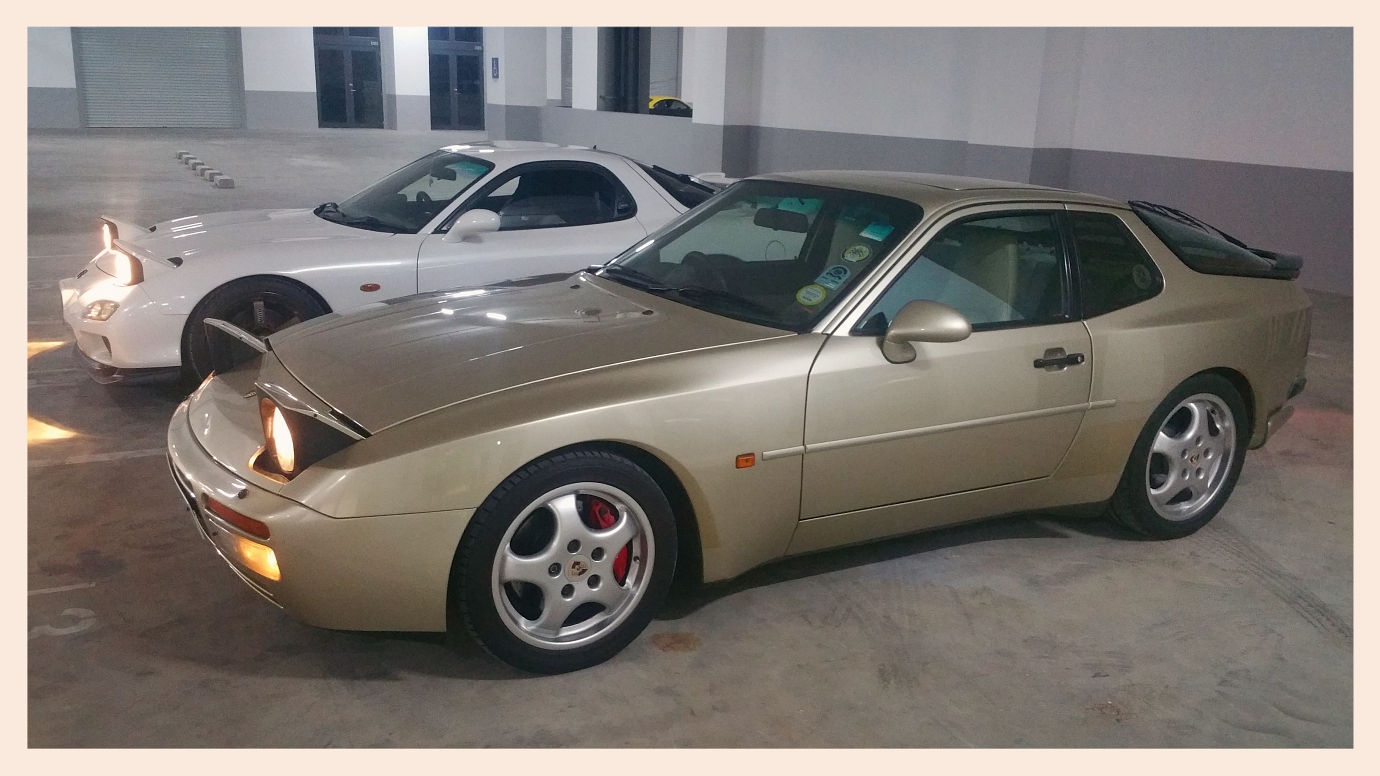
If you look around today, there’s a noticeable absence of turbocharged, front-engine/rear-drive executive (‘executive’ in size that is, not in image!) coupes, especially among the Japanese contenders.
We’re referring to classic ‘coupe’ proportions here, and not simply two-door versions of four-door cars like the 4 Series and C-Class coupes.
Some of today’s Euro examples include the AMG GT and F-Type Coupe (across the different variants, these span S$385k-600+k).
However, as far as the affordable Japanese brigade is concerned, there’s just one model, albeit split between two brands – the Subaru BRZ / Toyota GT86 – that is more leisurely nat-asp rather than rambunctious turbo- or supercharged.
(Click HERE to read about the AMG GT S in our COTY2015)
The other Japanese contender is the Lexus RC, but our favourite, the RC F, is closer to S$440k and enjoyable as it may be, falls out of the affordable ‘fun-car’ zone, and the S$250k entry-level RC Turbo seemed to take itself too seriously, even if it was quite an engaging car.
(Click HERE to read about the Lexus RCF)
(Click HERE to read about the Lexus RC Turbo)
Also, at time of writing (circ. 2017!), there’s no word on pricing yet for the 2.0-litre version of the F-Type, but we reckon it will come in under or around S$300k.
This month’s ‘just-because’ feature draws on a trio of FR favourites from that earlier golden era when turbos were special, and mix-it-up with a supercharged Jag F-Type Coupe, if only because turbos these days have become too commonplace...
(Or rather, all this was just a big ruse for the Ed to muck about with the three retro heroes, especially the delicious efini FD3S RX-7!)
PHOTOS Zotiq Visuals / David Khoo
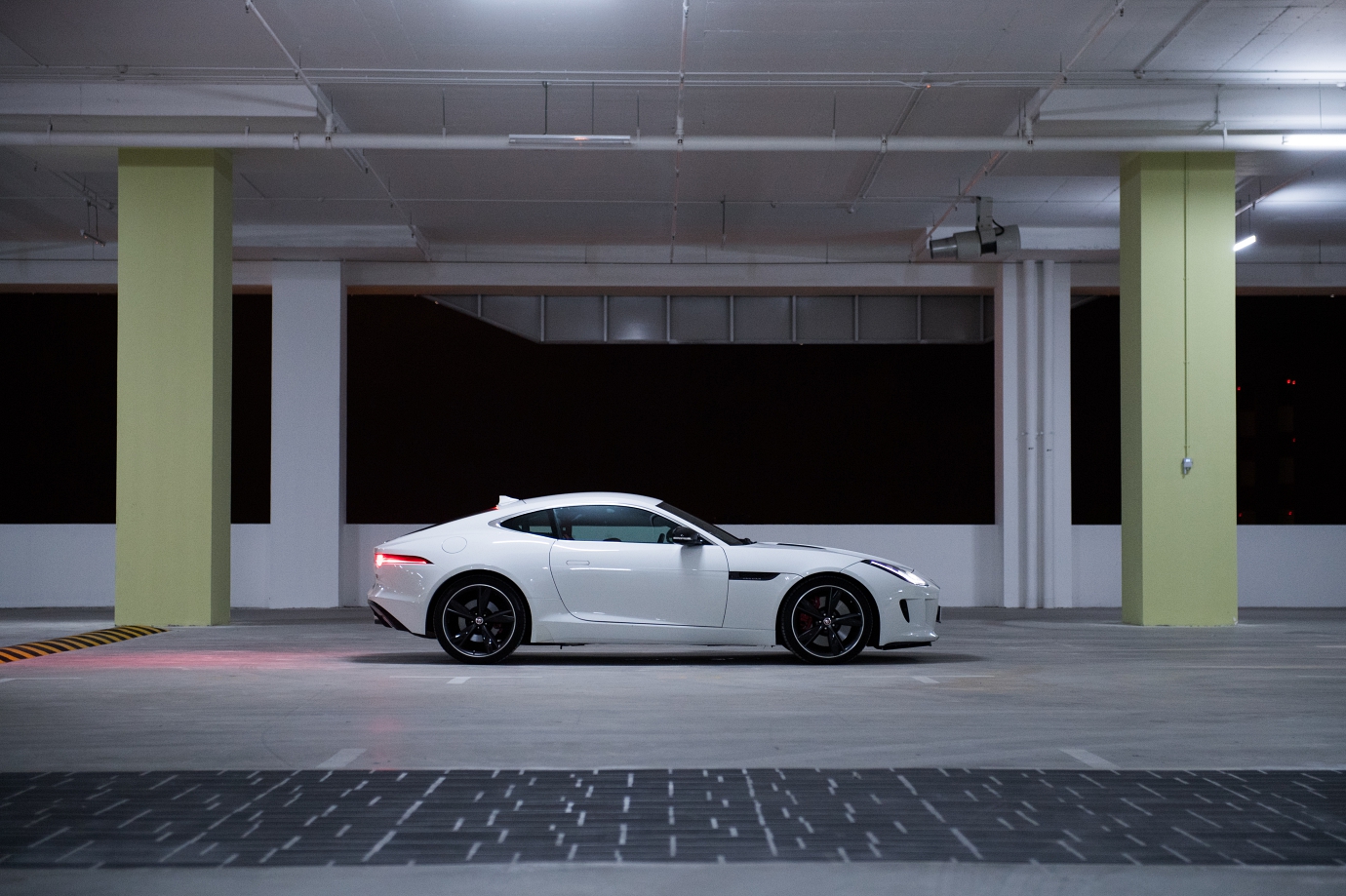
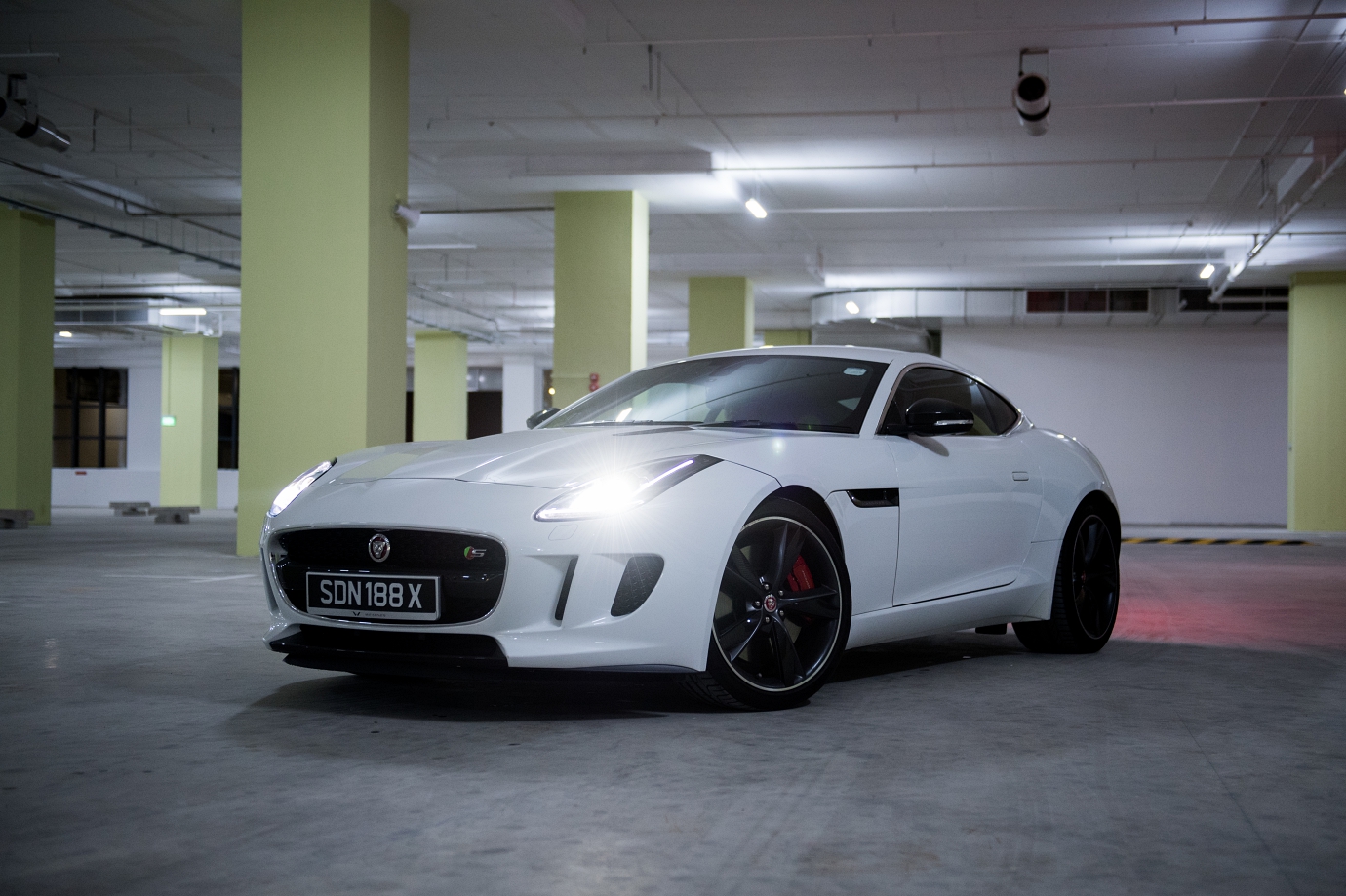
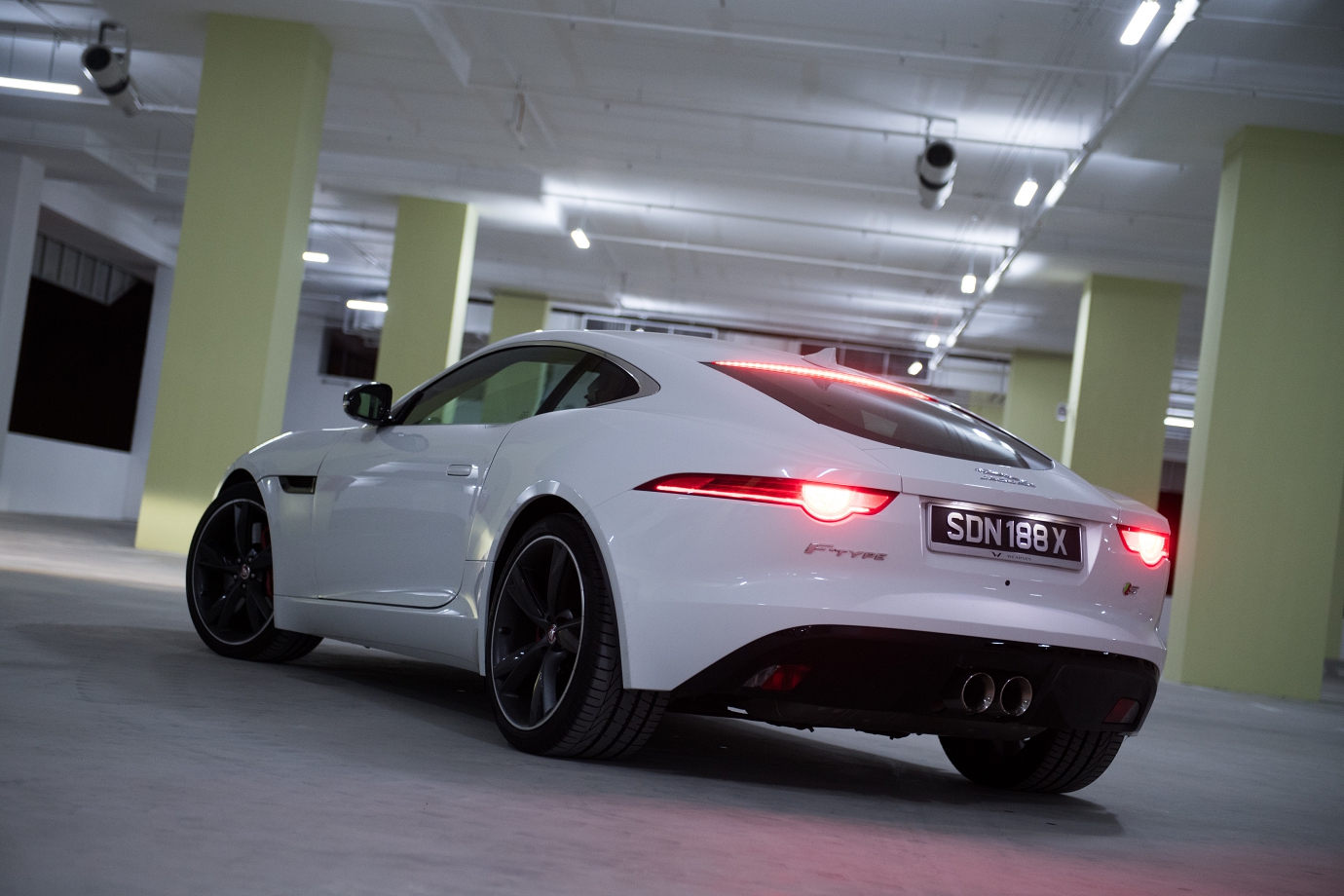
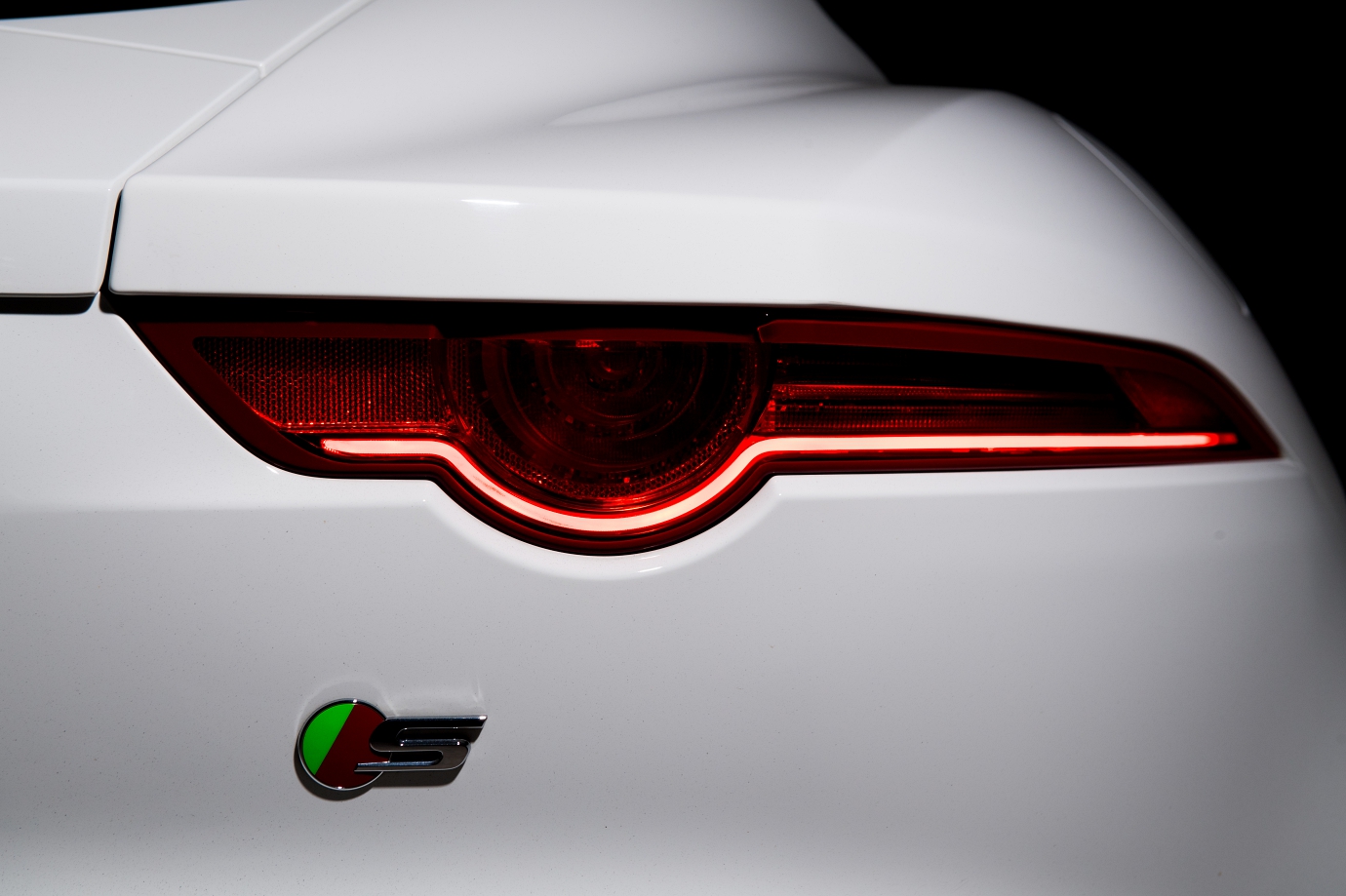
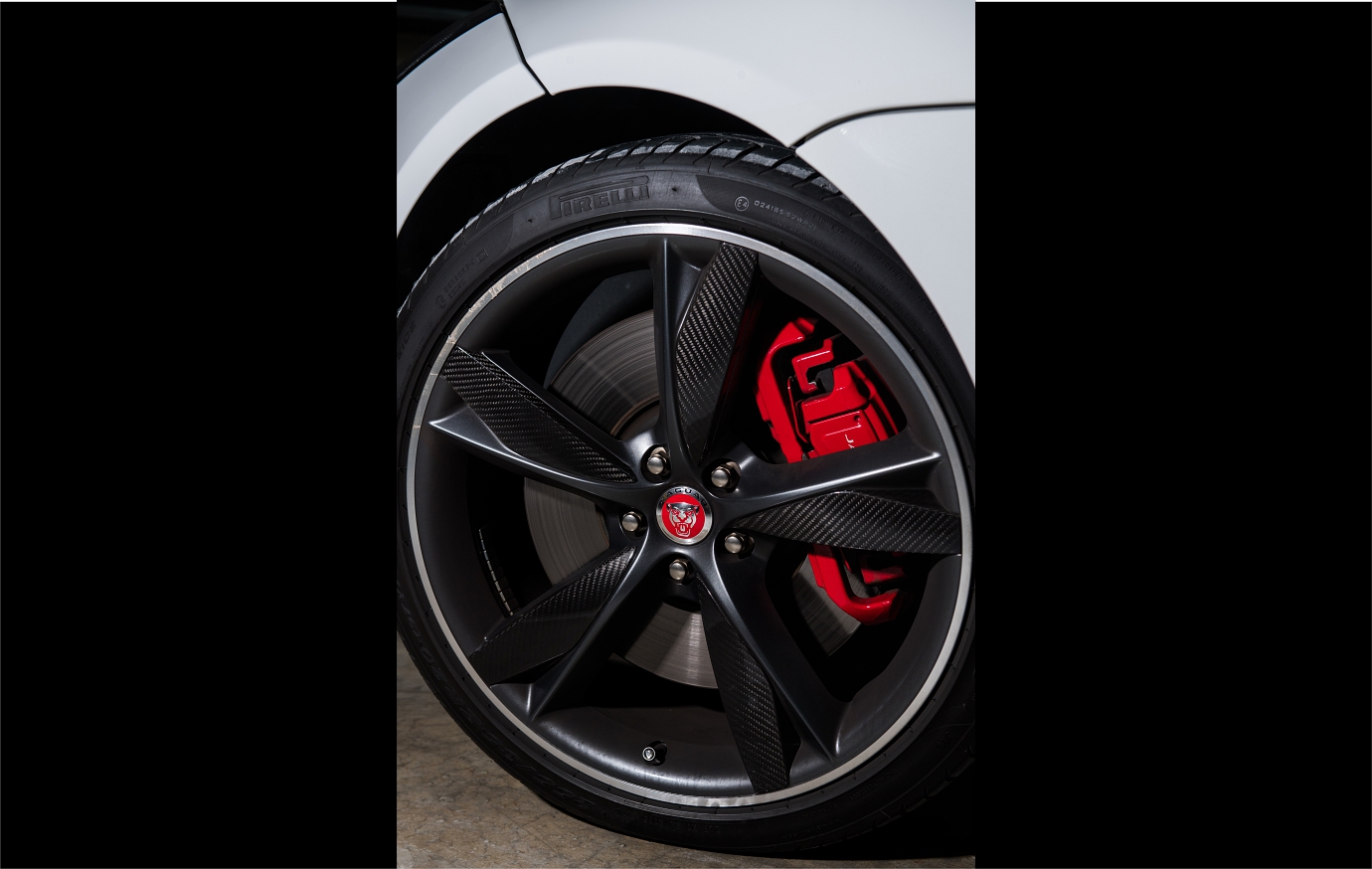
Type Approved – Jaguar F-Type S Coupe
The F-Type S Coupe combines the spitting and snarling soundtrack of its convertible counterpart with gorgeous, jaw-dropping looks that are mainly thanks to its fixed-roof silhouette.
Eyed from the rear three-quarters, the flying buttresses that terminate into the broad, muscular rear haunches are reminiscent of the iconic E-Type Coupe’s.
Clearly though, everything else has been updated to enable the F-Type to stand its ground against challengers so it is more wildcat than kitty-cat.
A car like the F-Type Coupe isn’t for wallflowers, especially since the sheer force of its personality easily bowls you and most other road-users over – your neighbours though, might not be as cheery if you have too many late nights or early starts!
The engine spits and snarls to life with venomous intent that brooks no defiance, so consider yourself warned.
Part of the appeal of such FR executive coupes is in their indulgence and the manner in which the owner has thrown caution to the wind.
After all, you could have bought a mid-engined rear-drive sportscar with a better dynamic balance, or something practical like a two-door derivative of a sedan, or even one of those hard-top coupe-convertible types for added lifestyle cachet, but you didn’t…
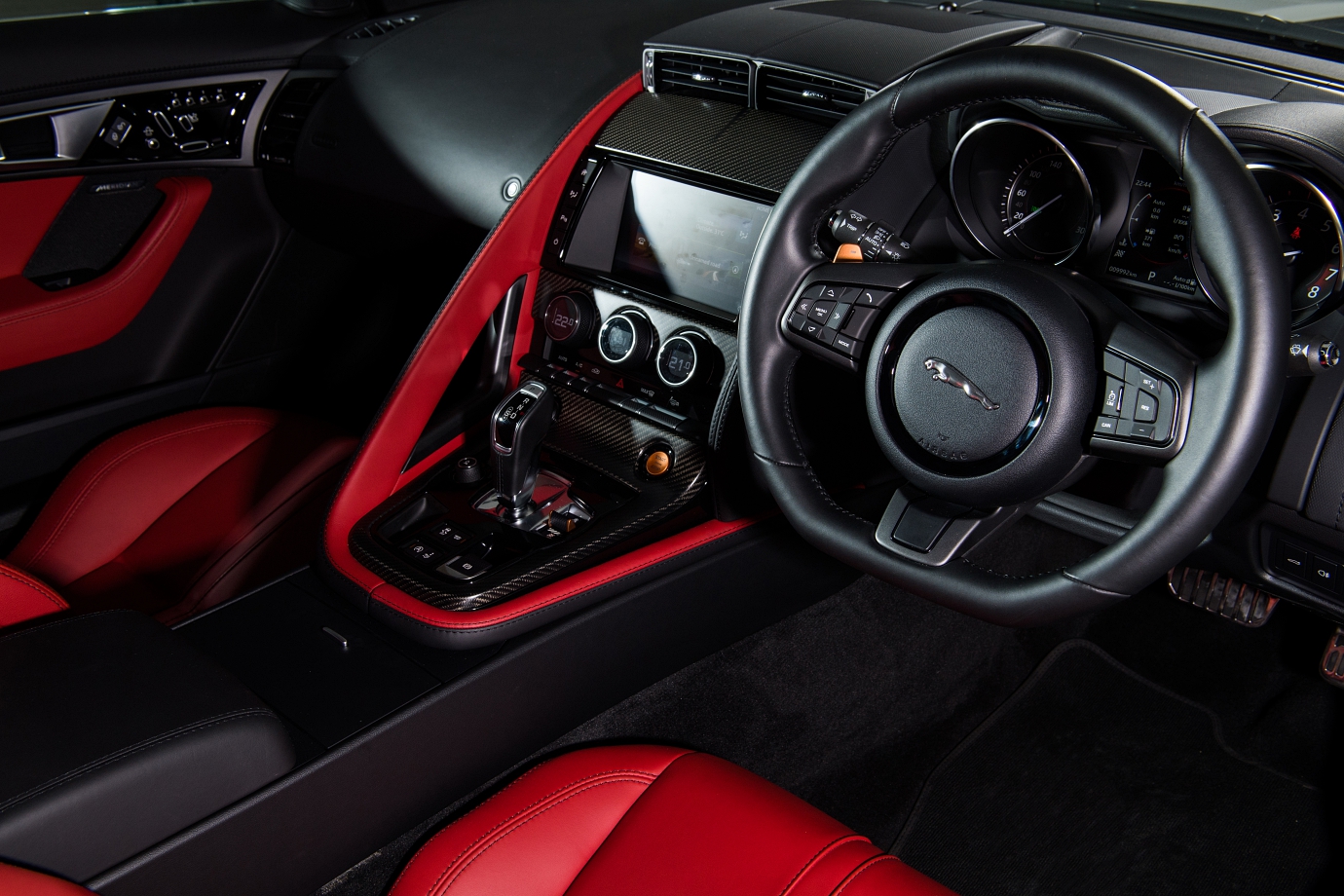
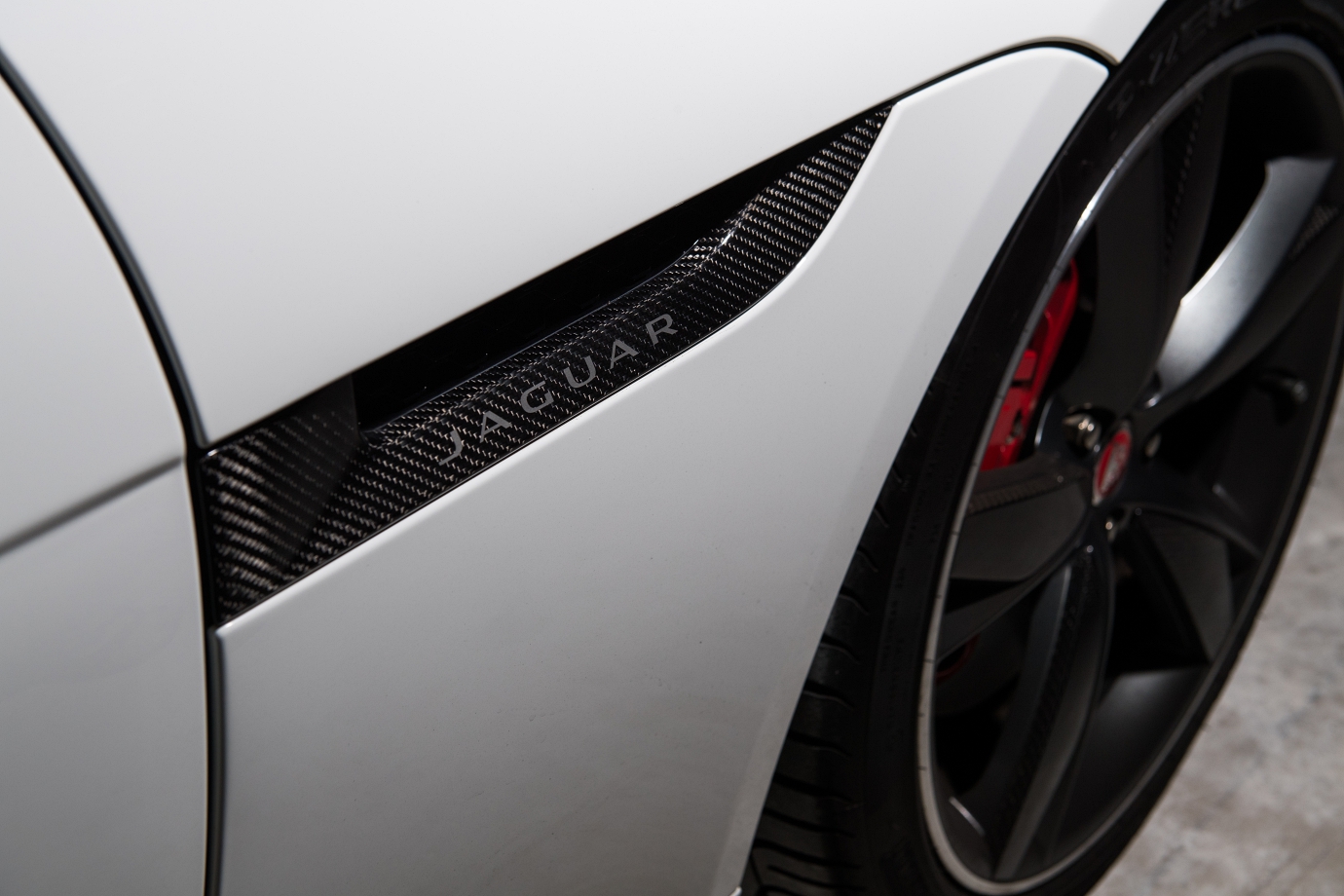
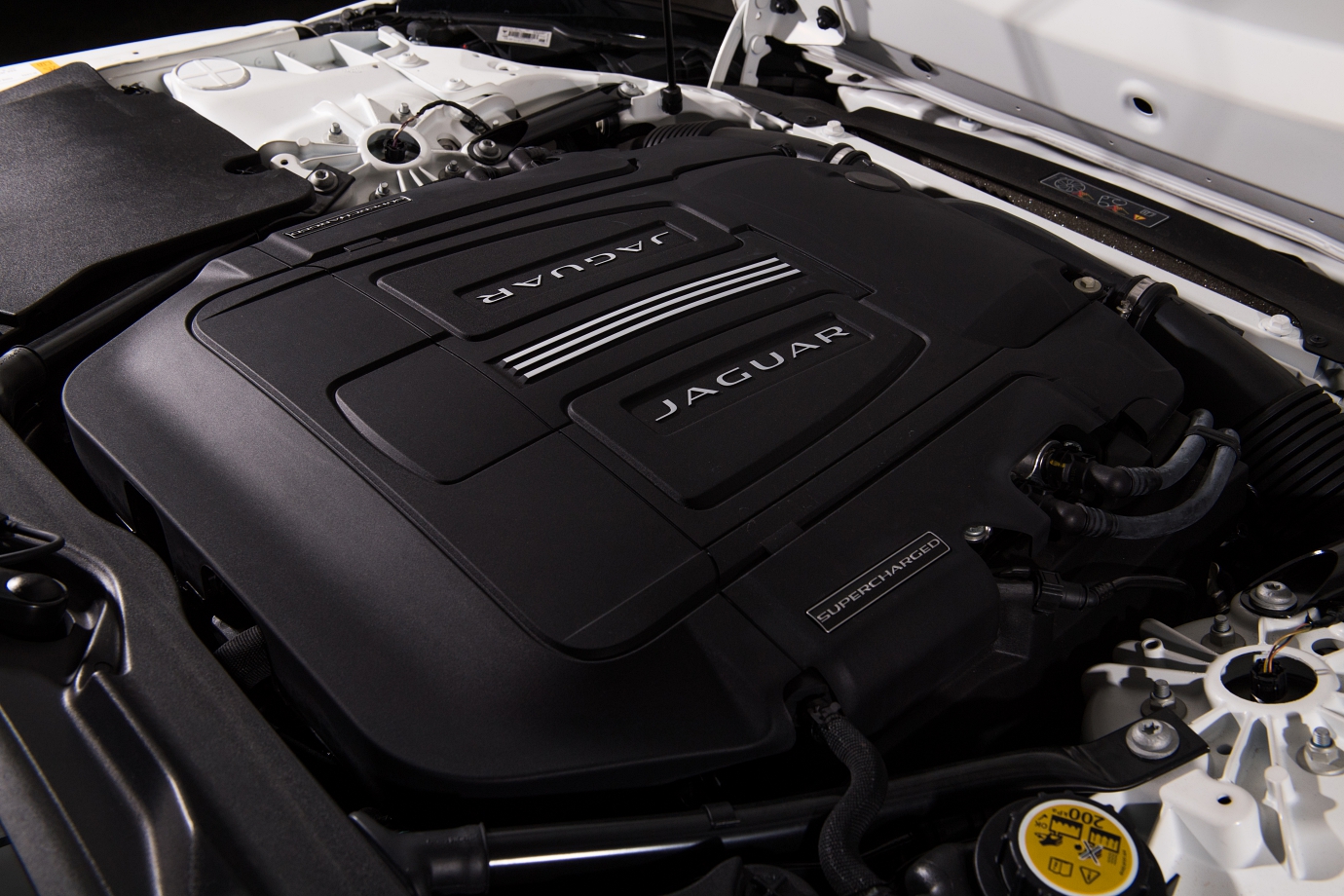
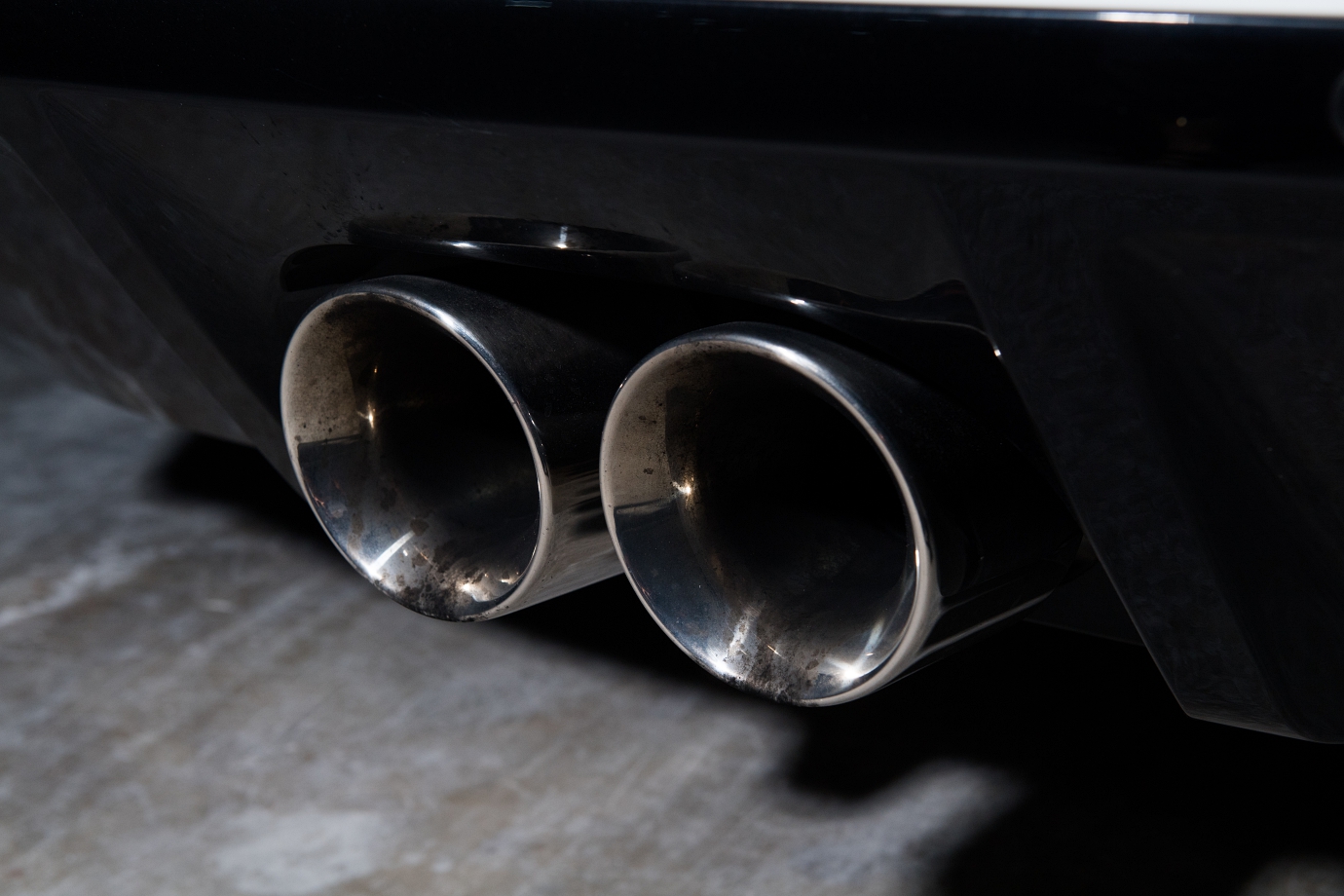
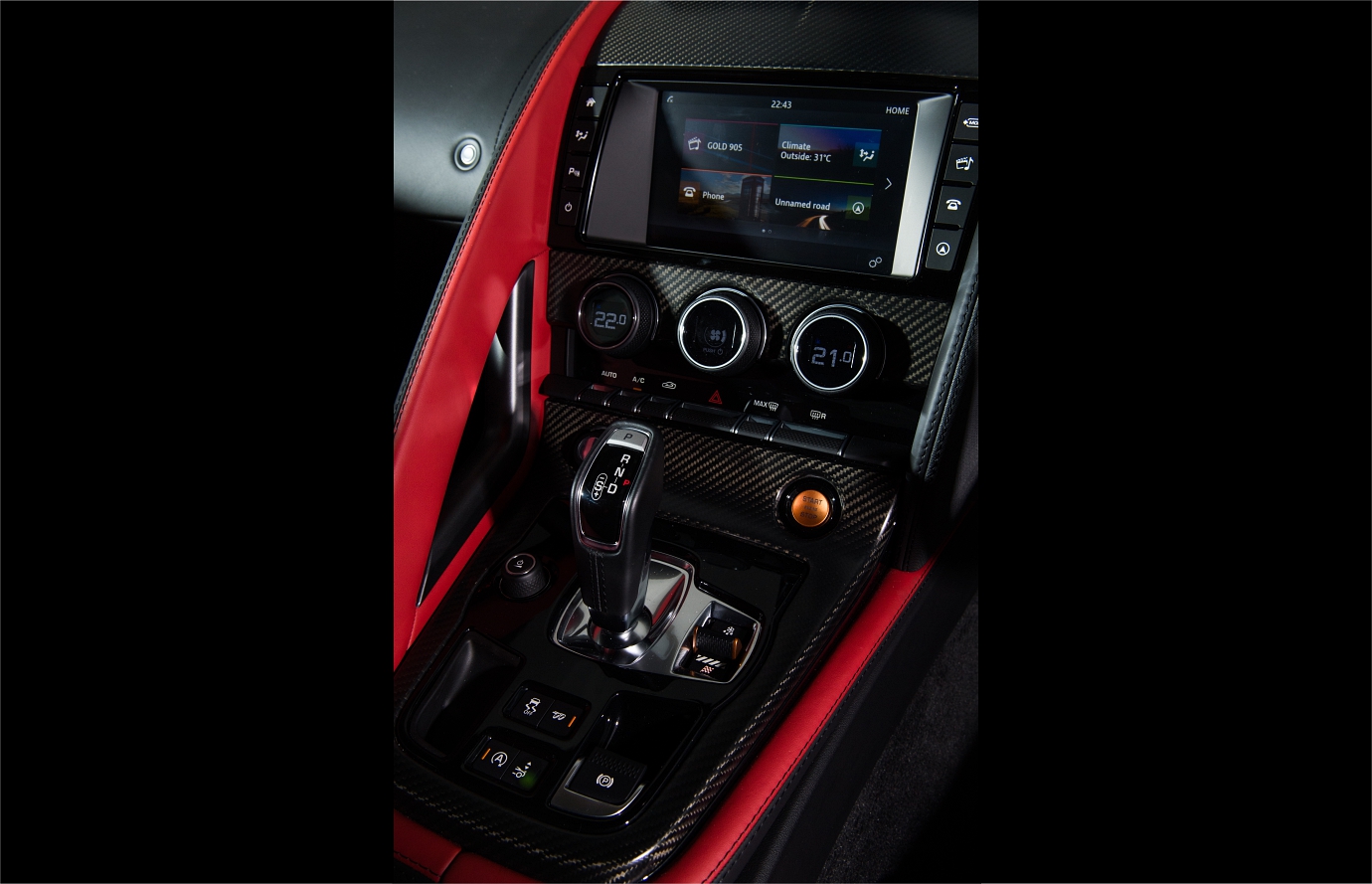
The interior is shared with the other members of the F-Type family, so it feels a lot more special than cars that end-up sharing cabins with more prosaic models.
The vibrant red makes for a lovely sporty contrast with the white exterior and the seats prove a peach to settle your bottom into as well, since they offer support on highway runs and keep you snug under big lateral-g manoeuvres.
Despite the car’s low-slung silhouette, visibility out isn’t too bad and you’ll easily be able to wave to spotters eyeing the car since they’ll hear the whip-crack of the V6 long before they see it.
The long bonnet isn’t hard to place precisely either, but with 380hp/460Nm thundering to the rear-wheels, this is just the sort of car that lets you channel your inner hoonigan.
The feisty feline’s “ludicrous” mode is to hang its rear wheels loose on-demand, albeit at your tyre budget’s expense, since it’ll shred rubber all day long if you’re so inclined.
The F-Type S Coupe backs up its performance with ample charisma, and this is a car that is loudly vocal about its credentials.
Let’s put it this way: if you were in the room next door, you’d be pounding on the wall for it to keep it down...
Jaguar F-Type S Coupe
Engine: 2995cc, V6, supercharged
Power/rpm: 380hp/6500rpm
Torque/rpm: 460Nm/3500-5000rpm
Transmission: 8spd Jaguar Sequential Shift auto
0-100km/h: 4.9secs
Top Speed: 275km/h
Fuel consumption: 8.6l/100km
CO2: 203g/km
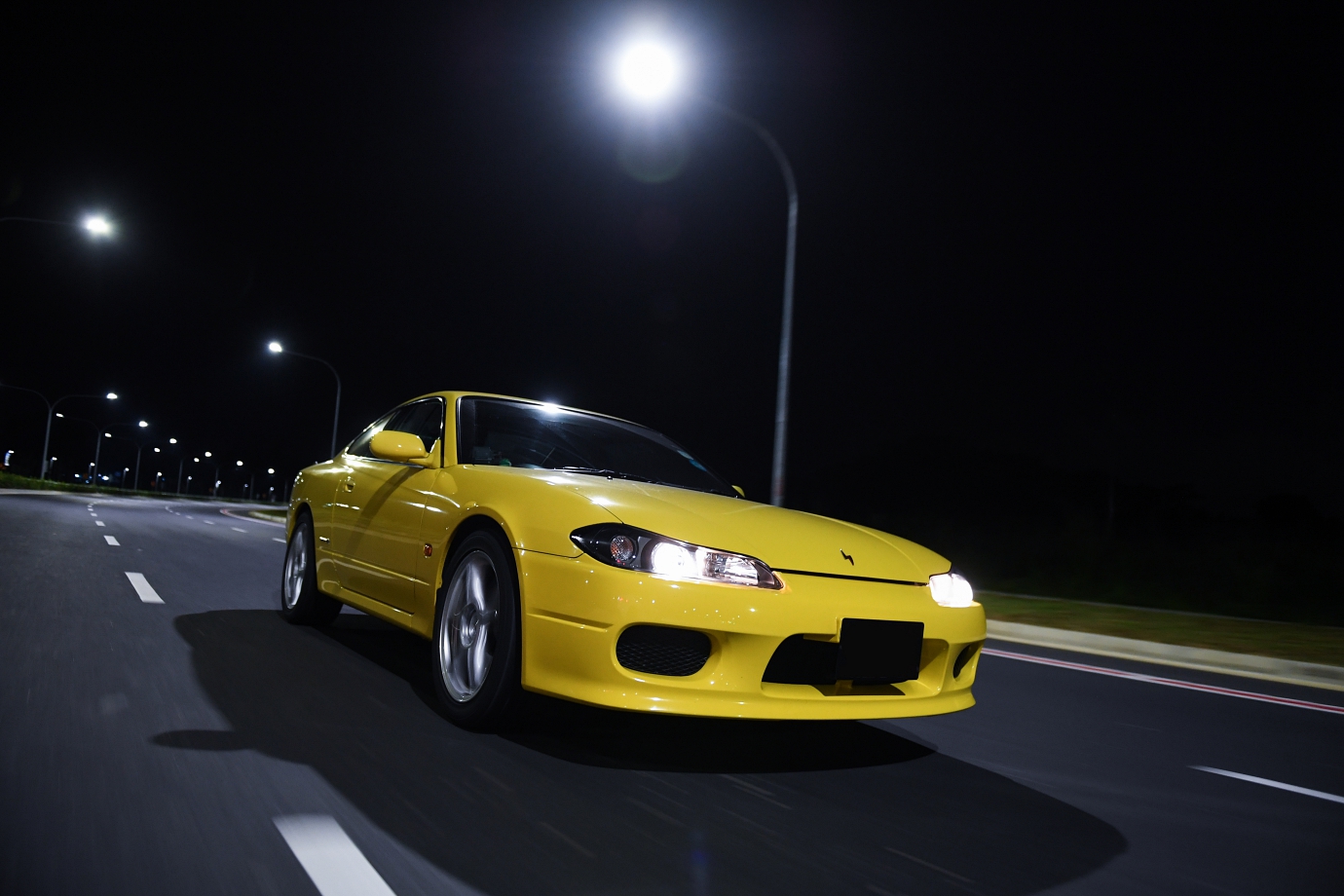
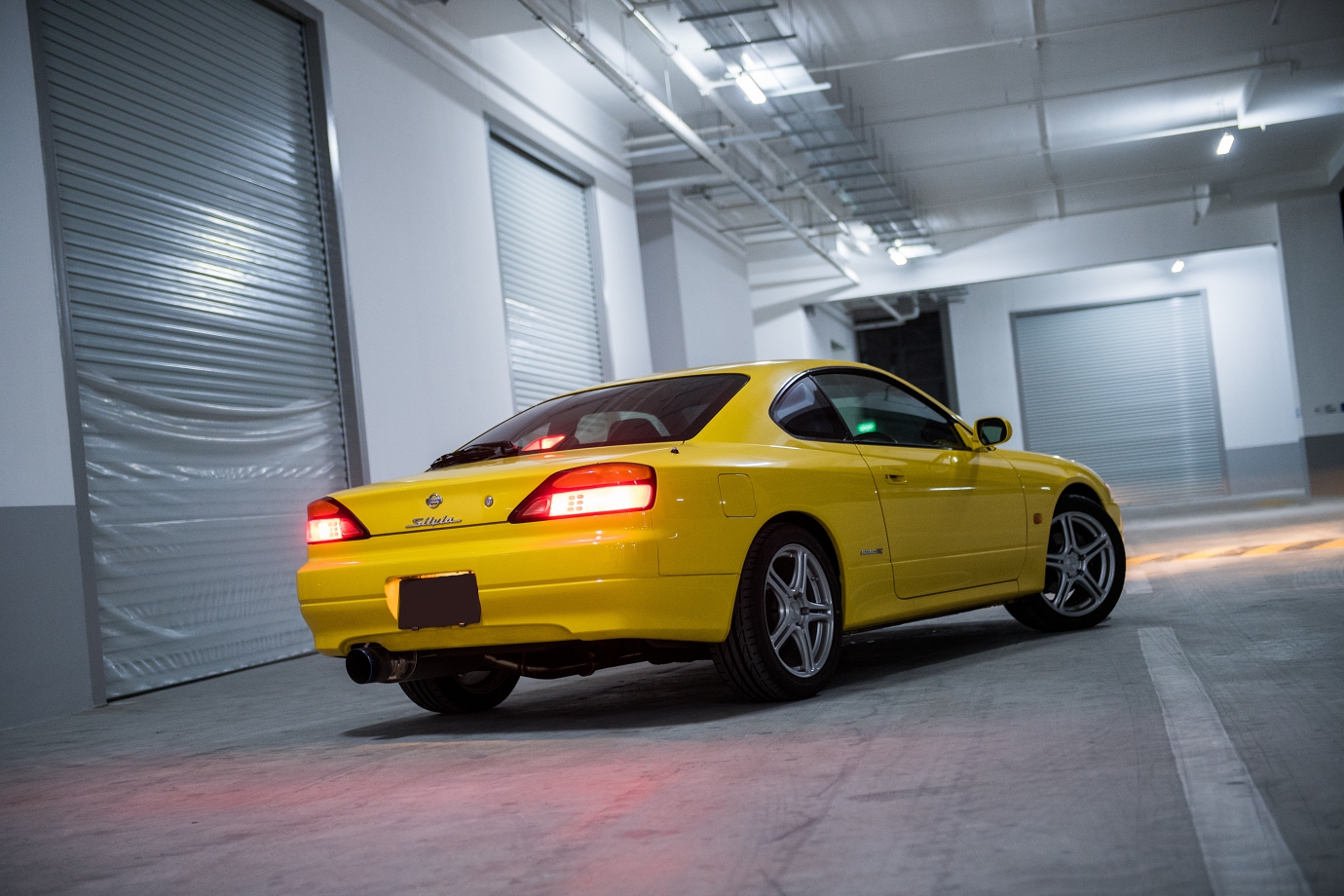
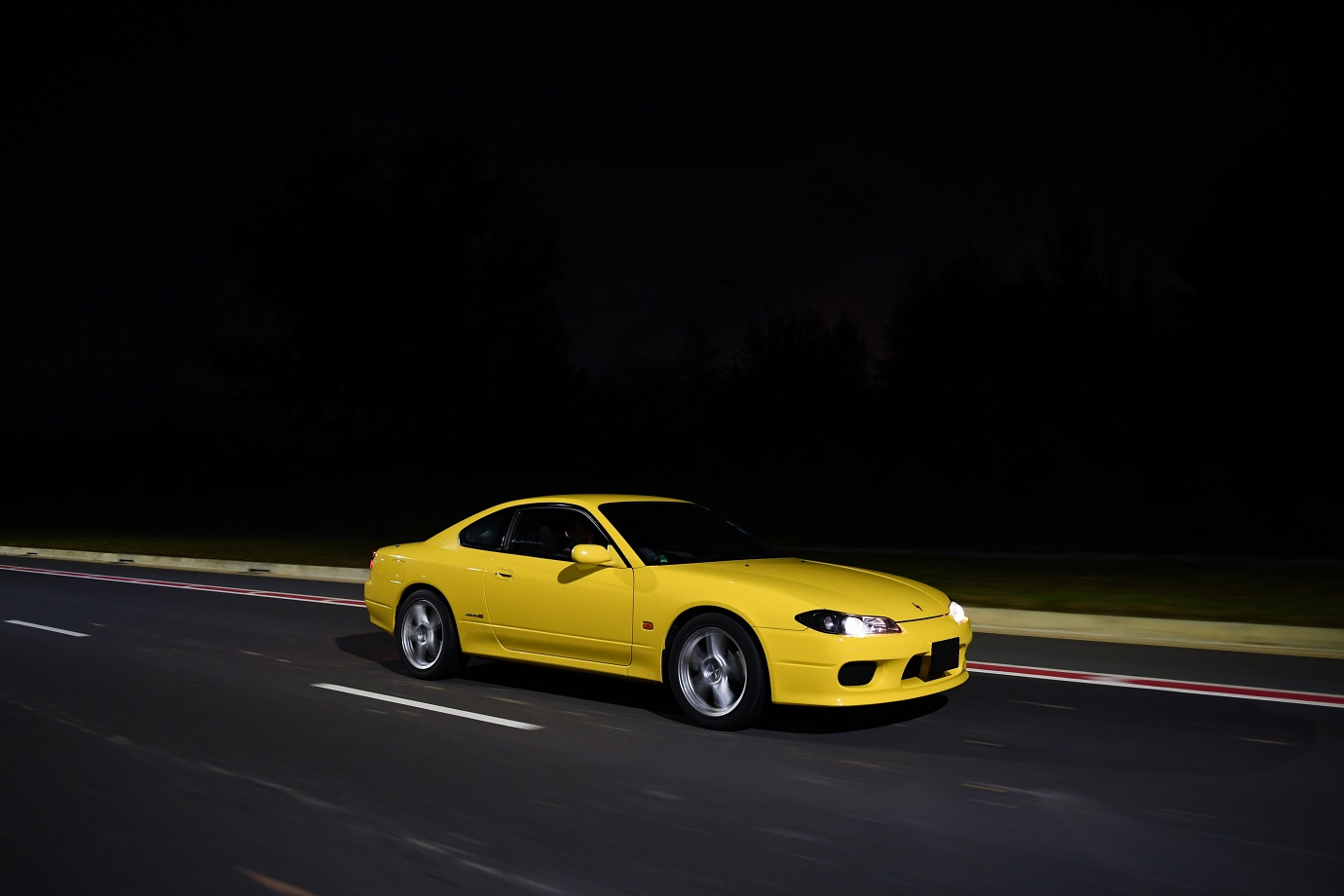
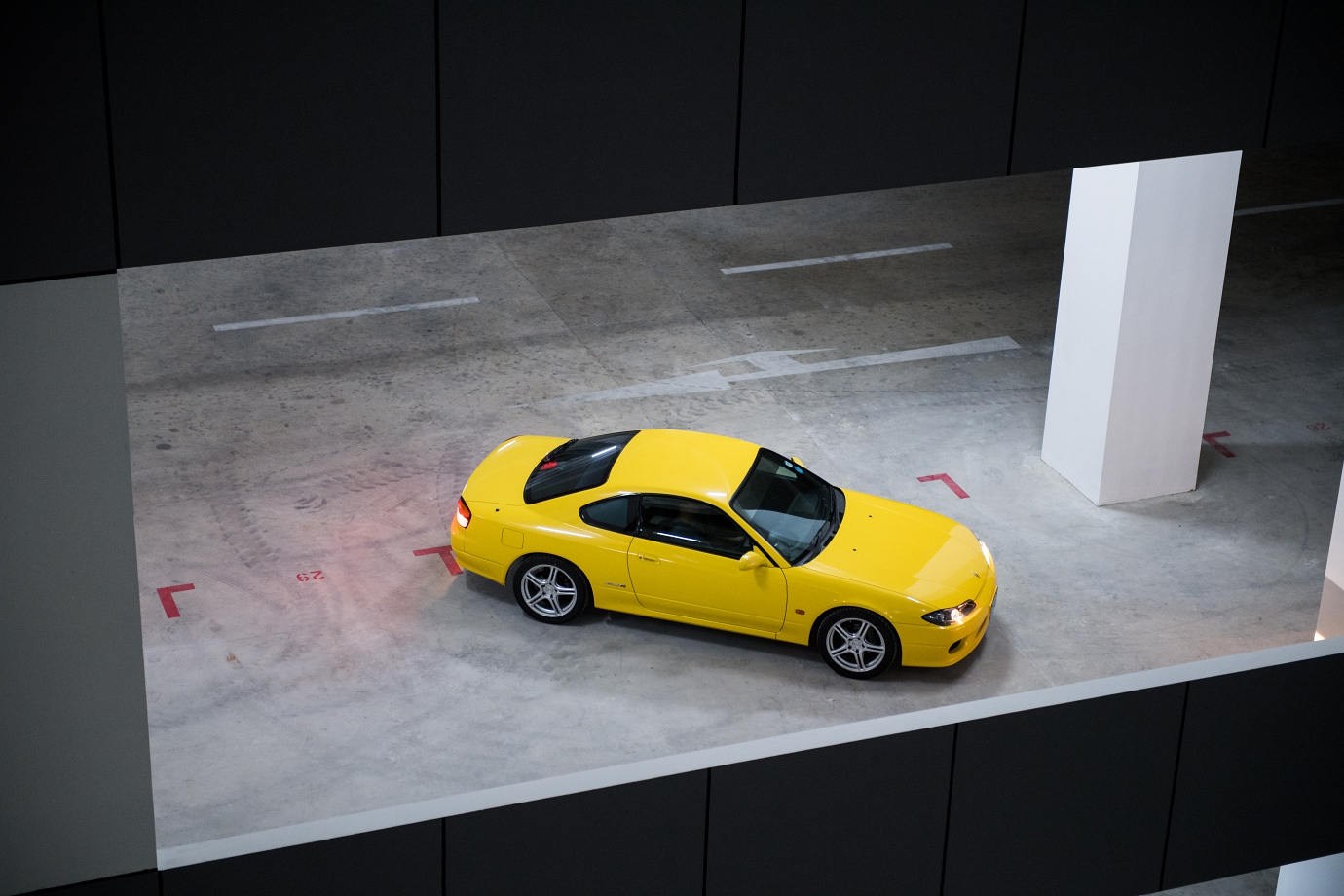
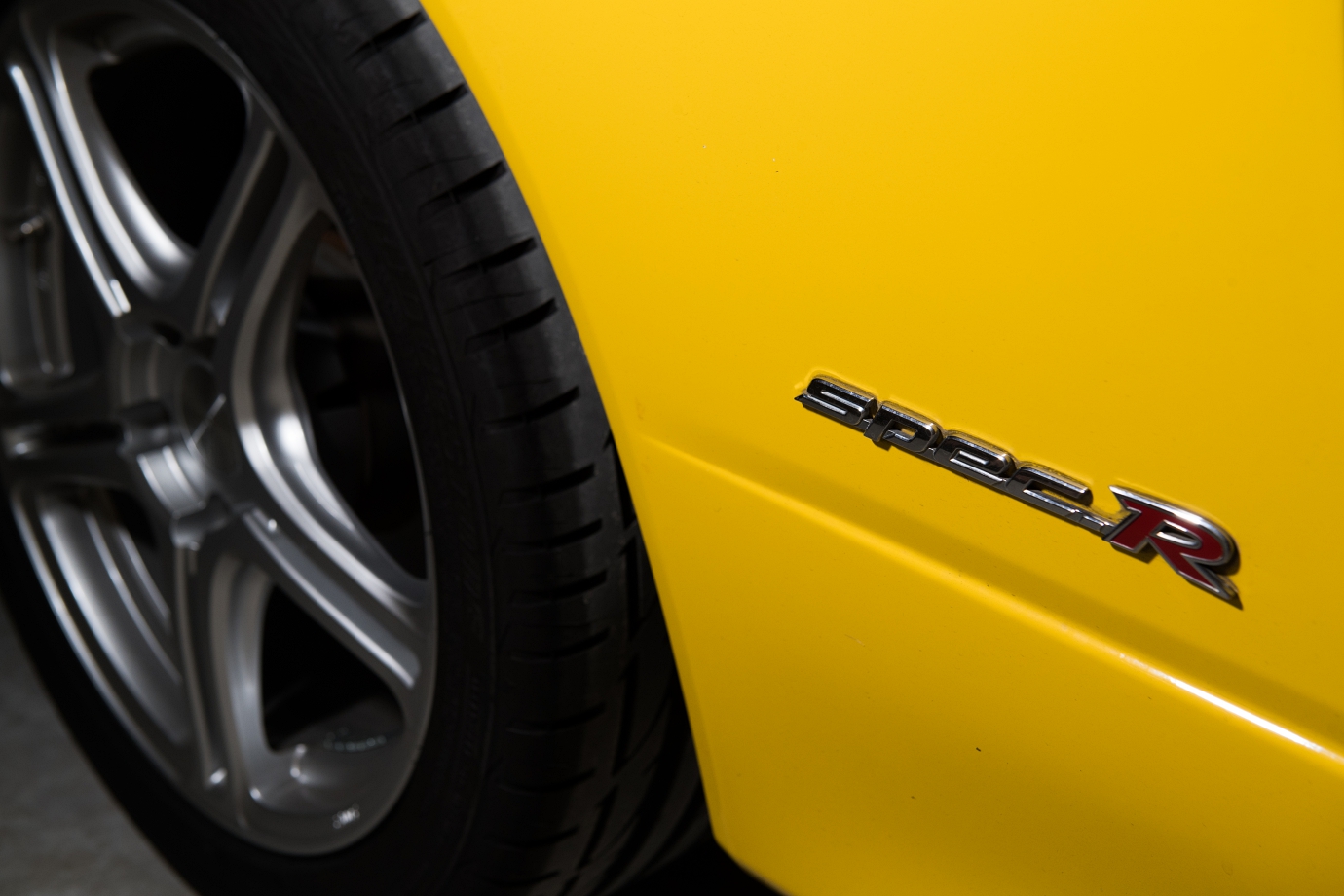
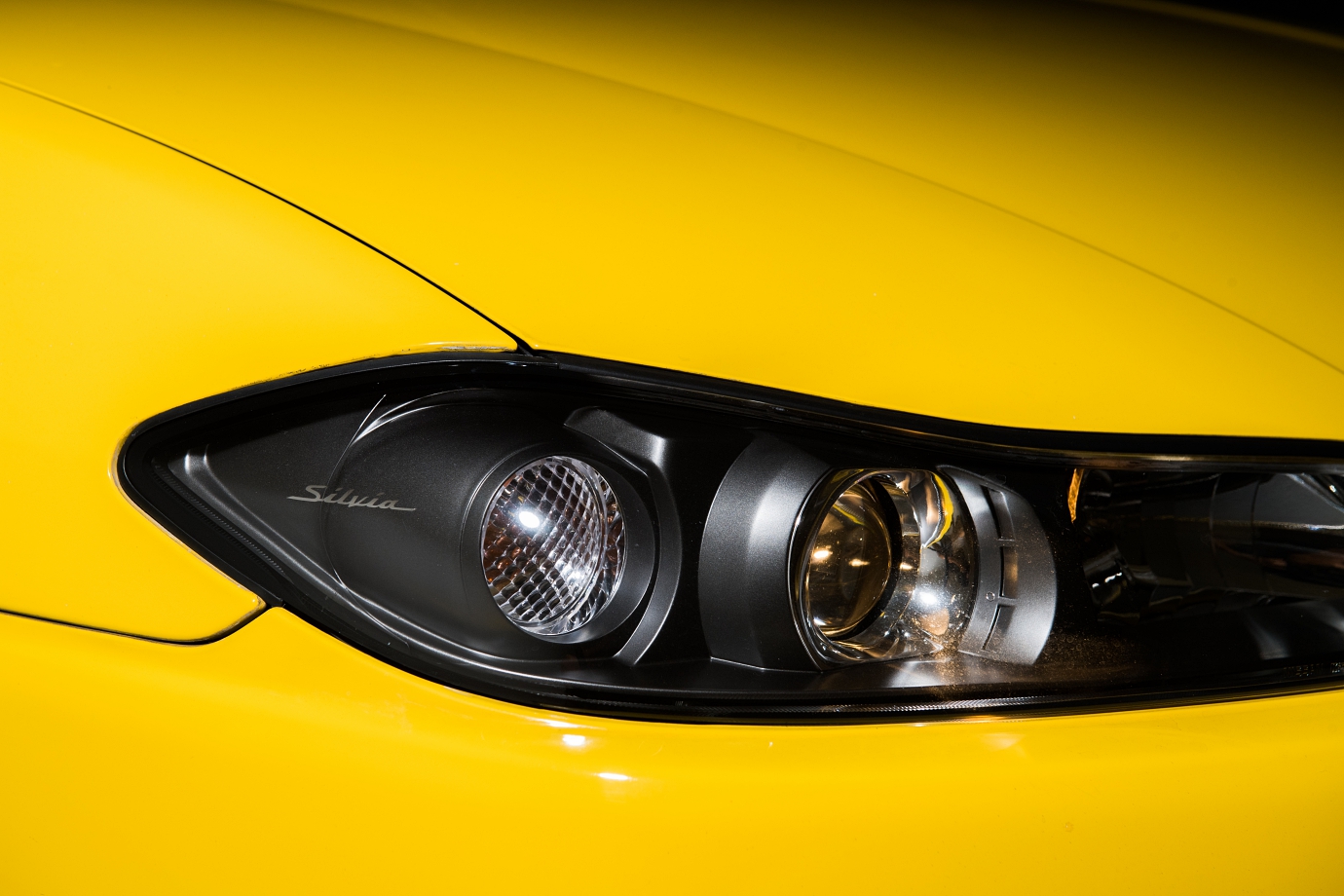
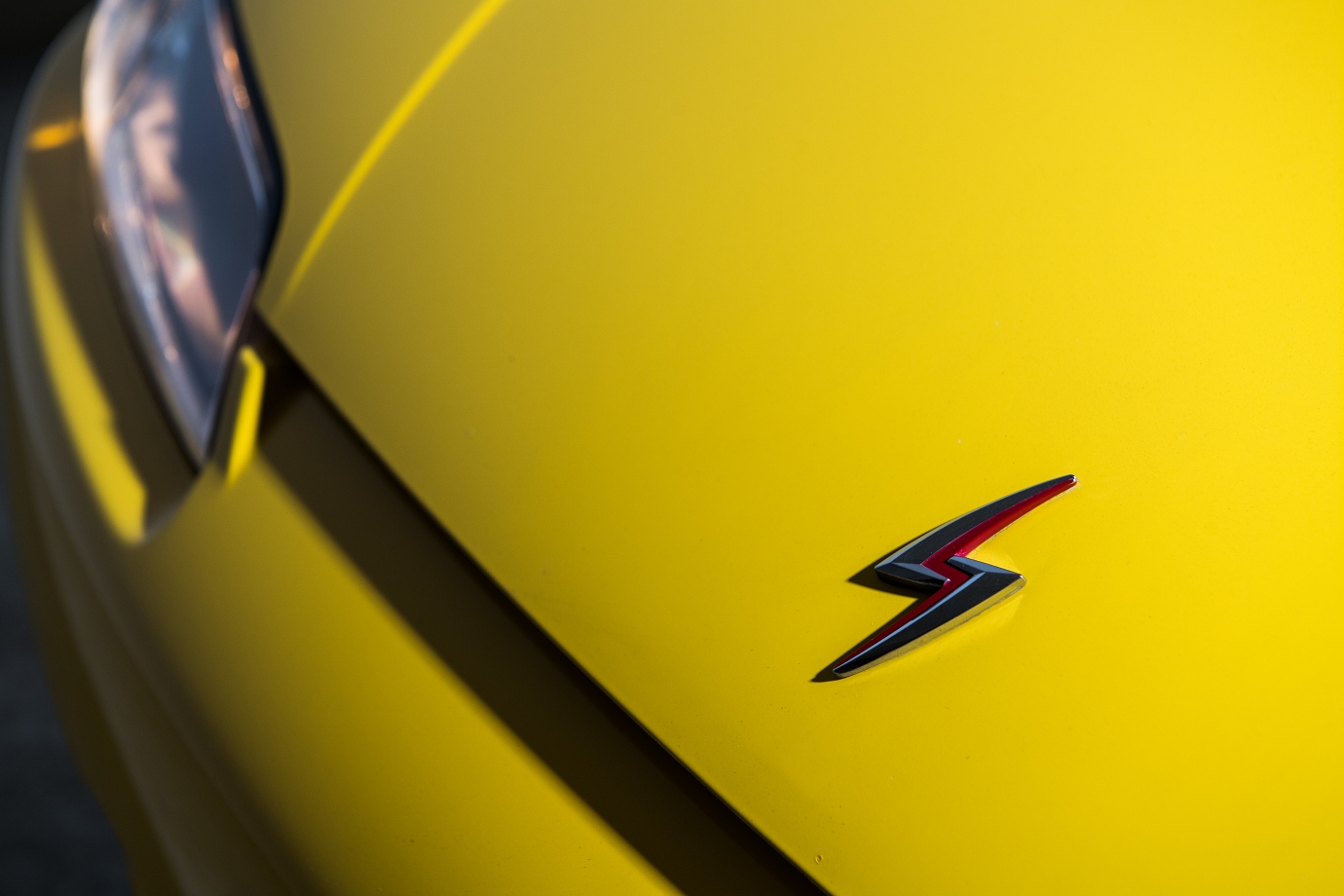
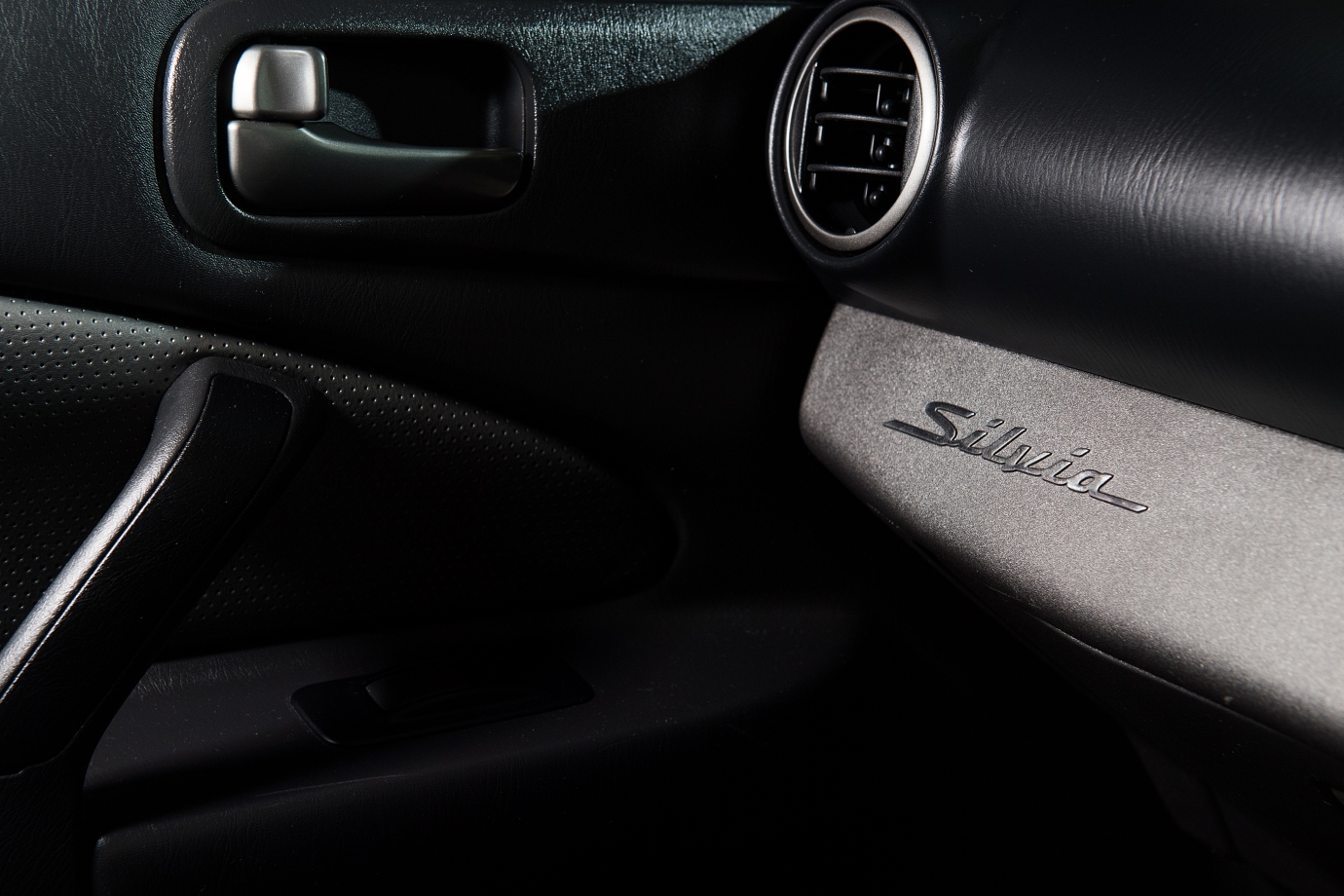
High-Ho Silvia – Nissan S15 Silvia Spec R
The Silvia name is familiar to the fanboys of the drifting scene, and for good reason too.
Don't be fooled by its feminine moniker, because there are many such quirks in the realm of JDM autotaku-dom and the S15 is quite a sleeper hit, particularly without the Aero kit spoiler and body-bits.
There are many fans of the S13 and S14, but we reckon the S15 looks the edgiest, not just because it is the most modern - albeit last front-engined/rear-drive coupe - in a long tradition of Nissan S-chassis models.
Apart from the wheels, the car is a tidy example that is in largely original condition, which means no dodgy resprays or cabin refinishing, crazy mods or big-boost shenanigans, which might lead some quarters to wonder, "What's the point then?"
Well, we're firm believers in stock-/stock-plus cars, especially since it's getting harder to track such pristine examples down from the pool of S15s in Singapore.
Maybe I'm a fuddy-duddy, but when cars reach a certain vintage, there's some satisfaction to be derived in driving it the way their manufacturers intended them to be driven, especially since this S15 serves daily drive duties, which rules out spiky turbo characteristics and a rock-hard ride.
Like Toyota (don't even bring up the GT86), Nissan has been neglecting the affordable sportscar segment, although Honda has certainly been making big waves in the market as far as the Civic Type R and rumoured S2000 replacement are concerned – two cars that have always struck a chord with the enthusiasts.
The biggest problem with staying away from any game is you start to forget how to play it properly when you're back in the thick of it.
The worst thing you can do is to put a car on a pedestal and hope it will sell based on name and legacy alone, because you'll quickly realise there are no visitors coming to the shrine.
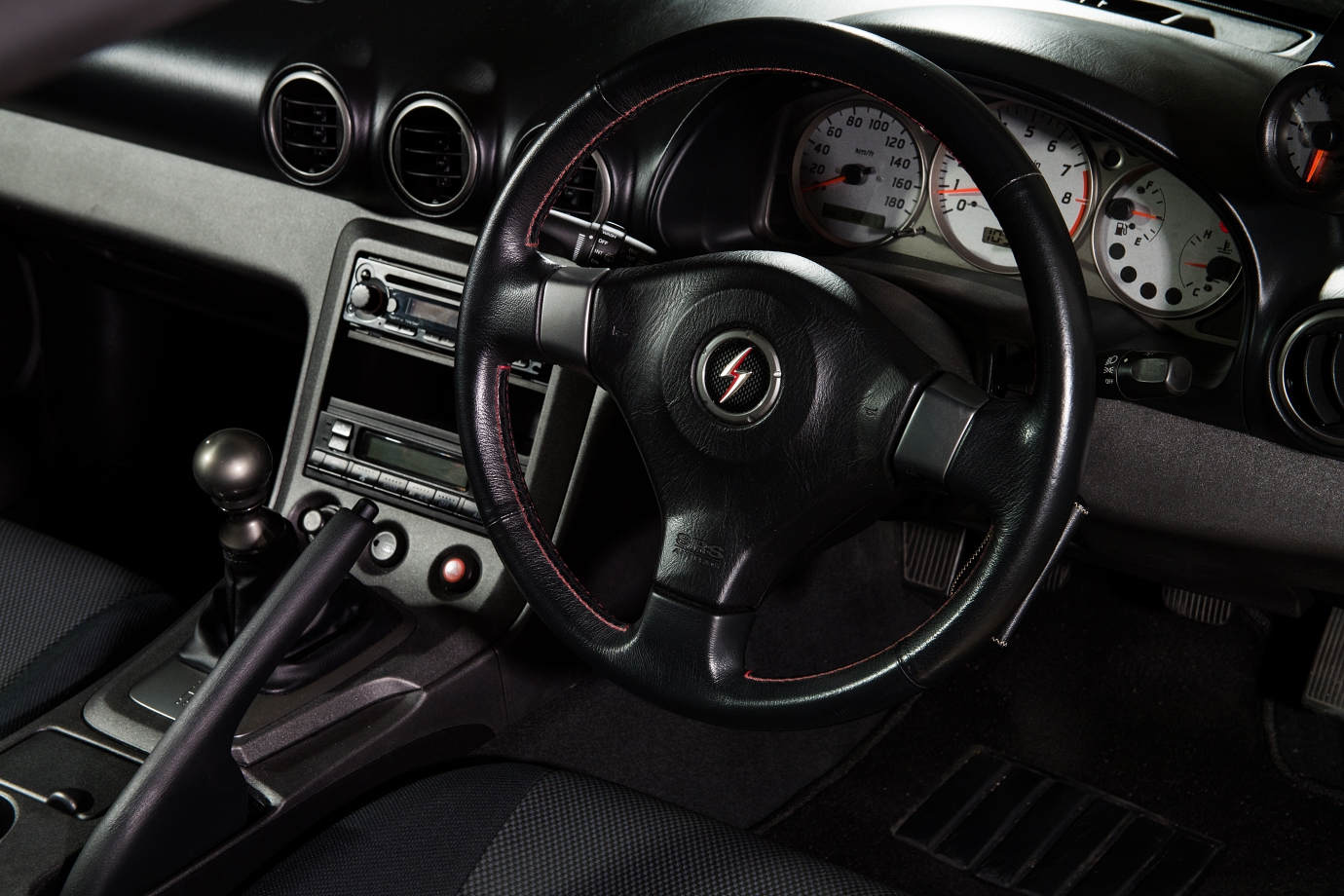
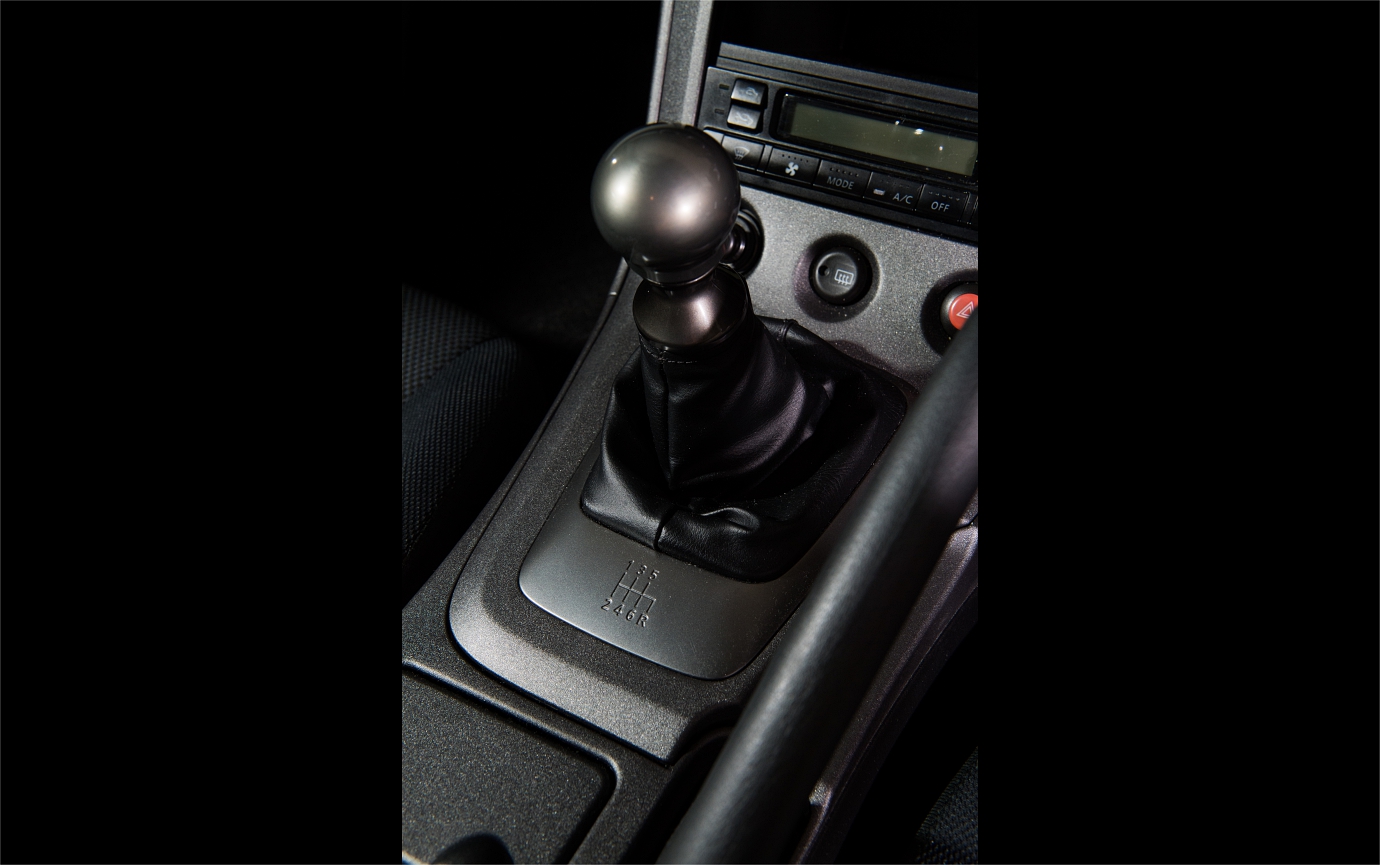
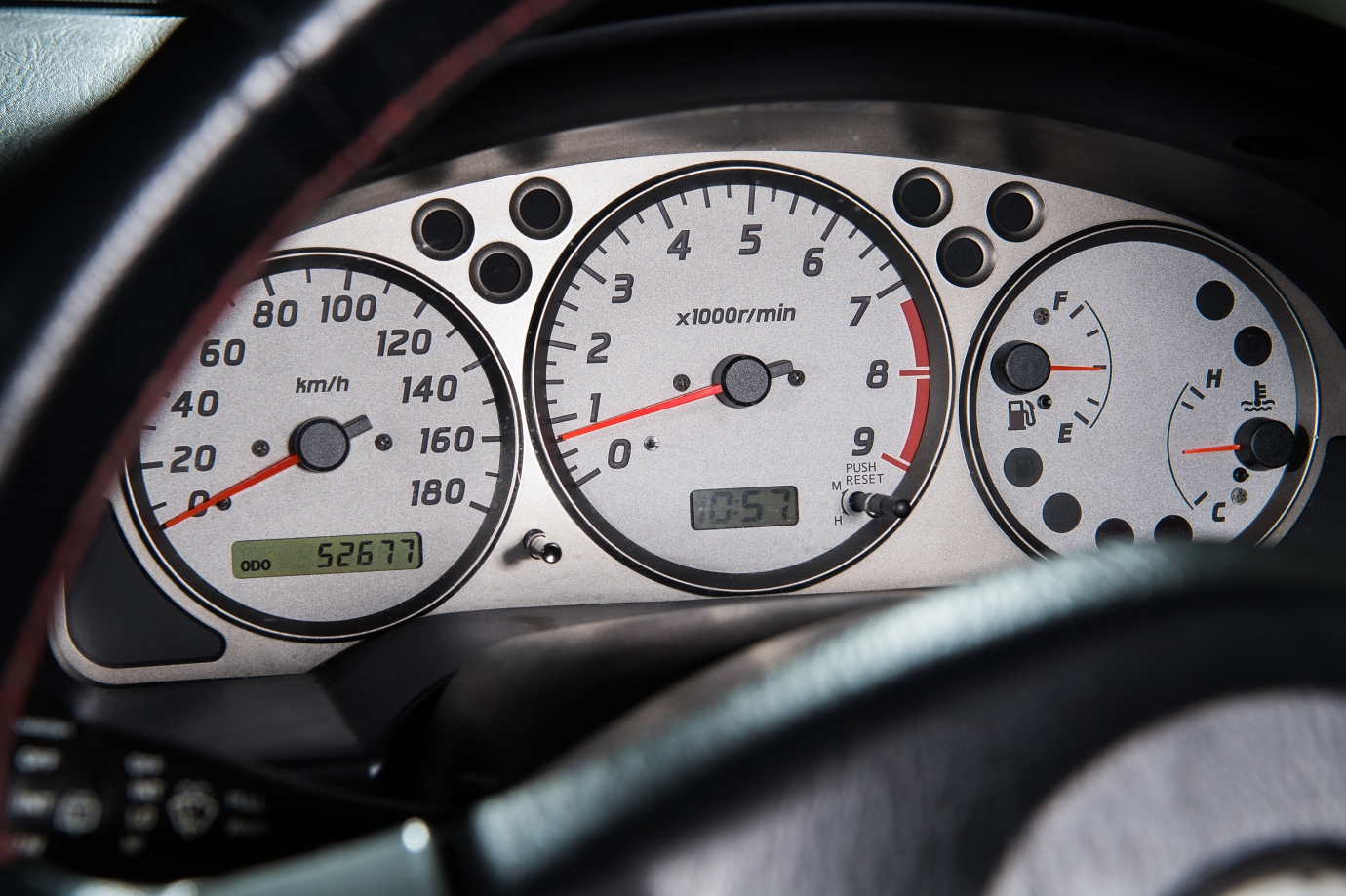
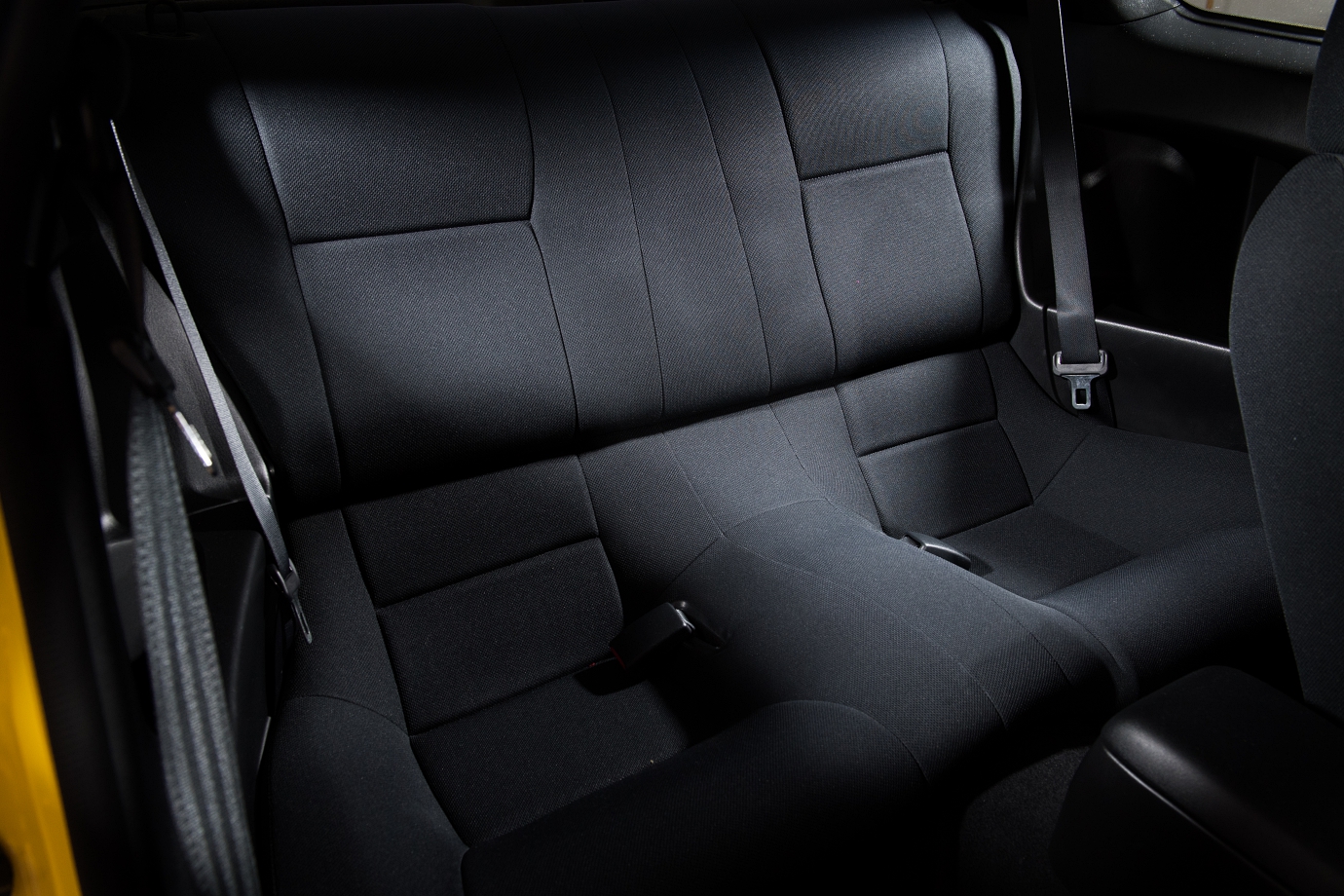
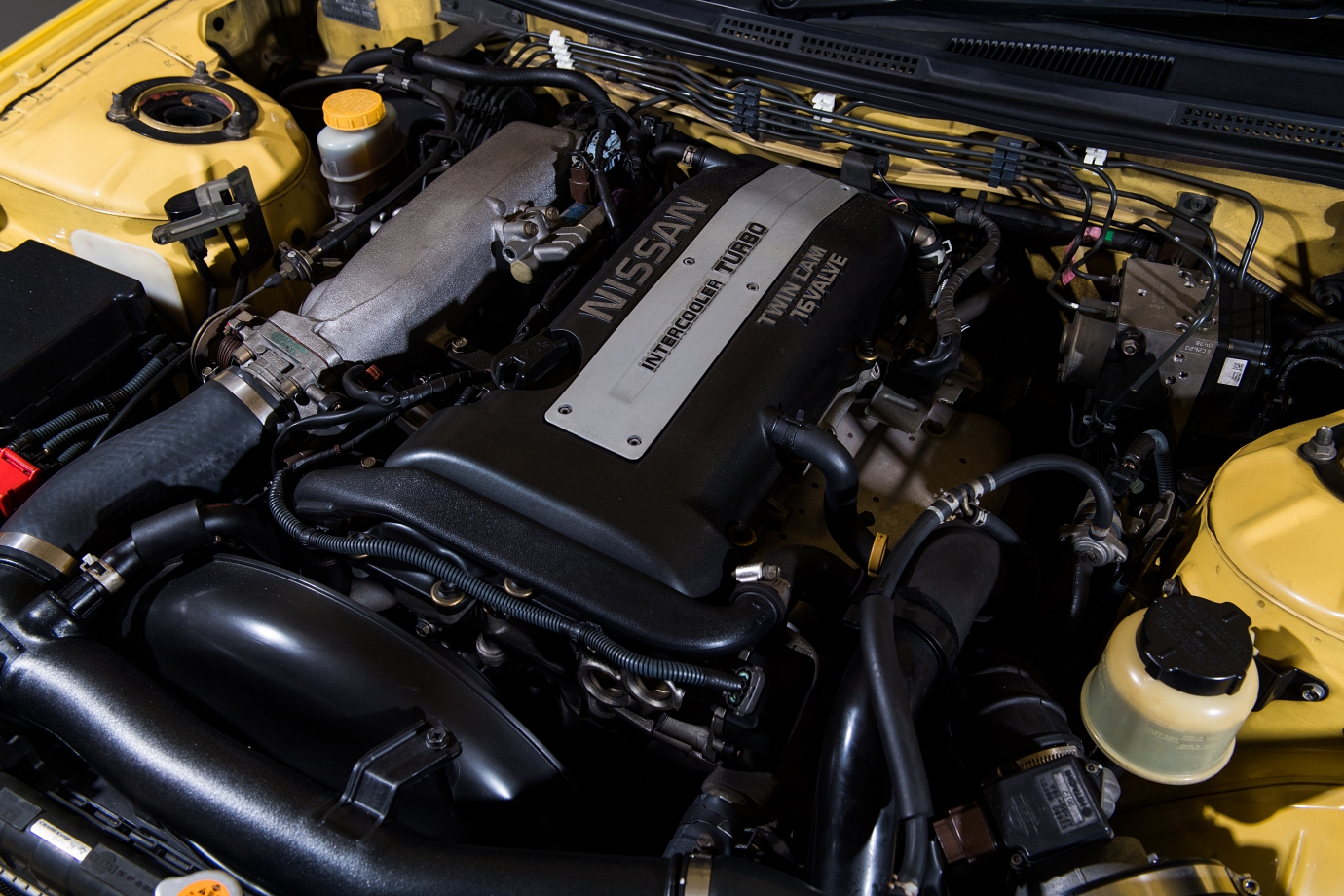
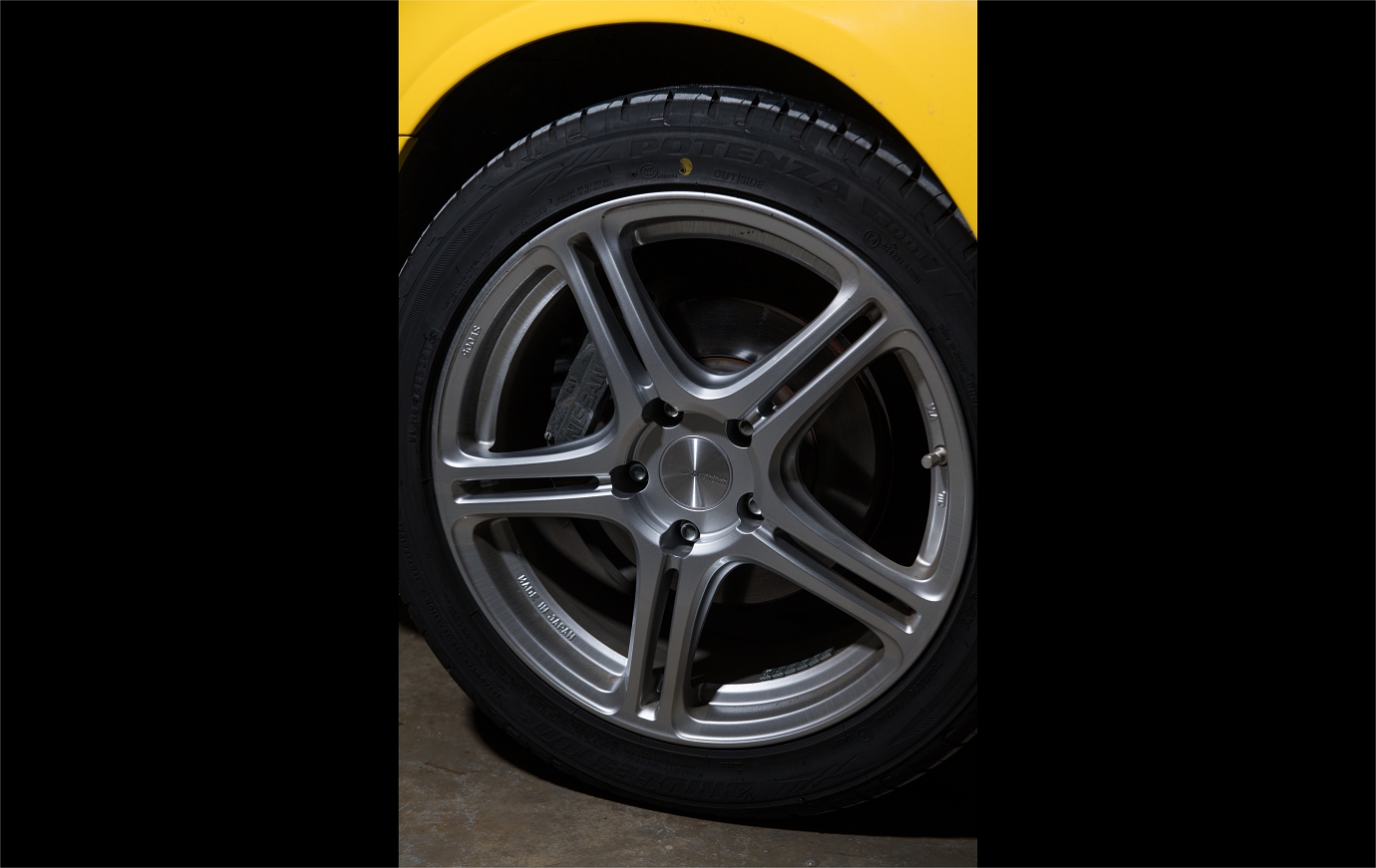
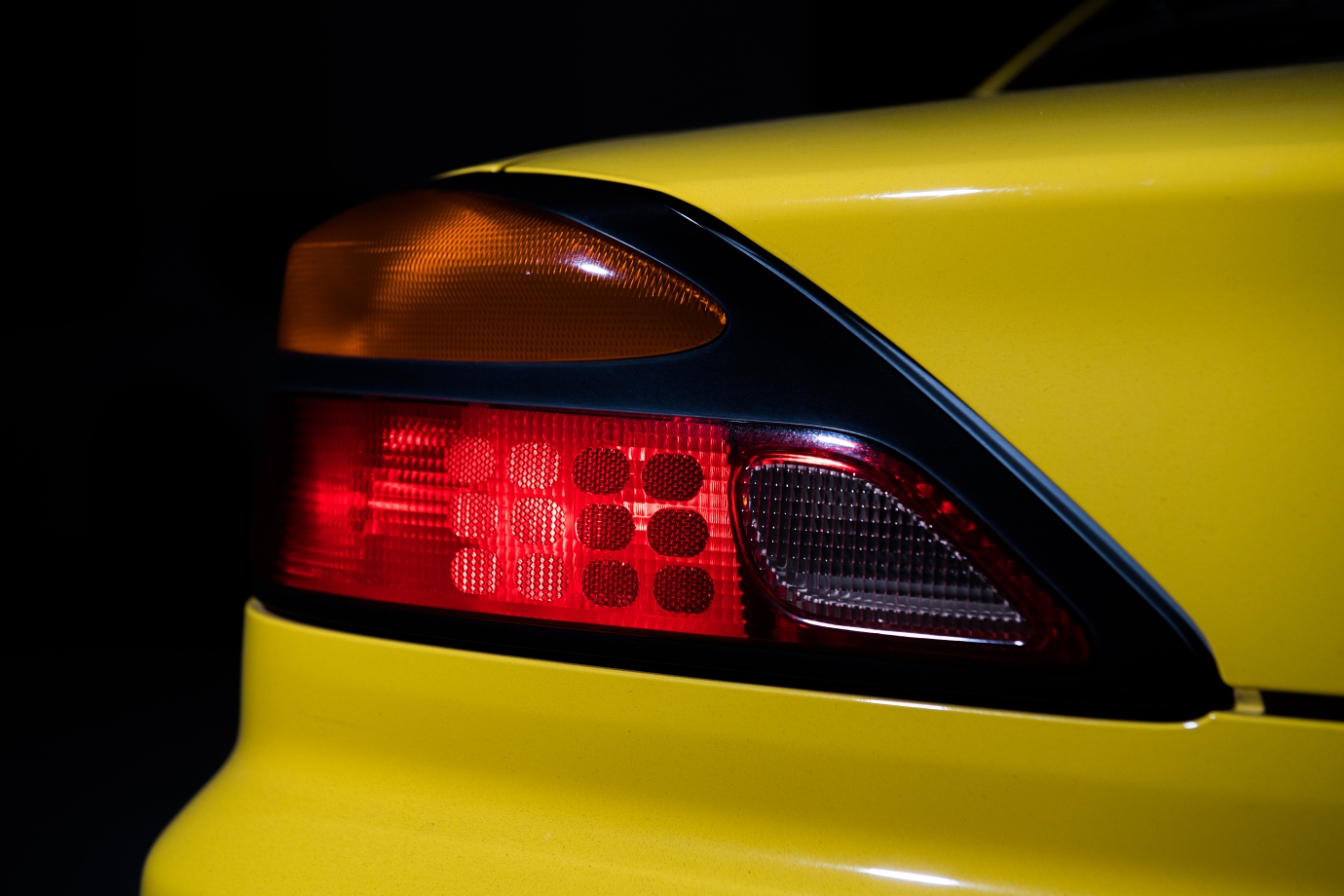
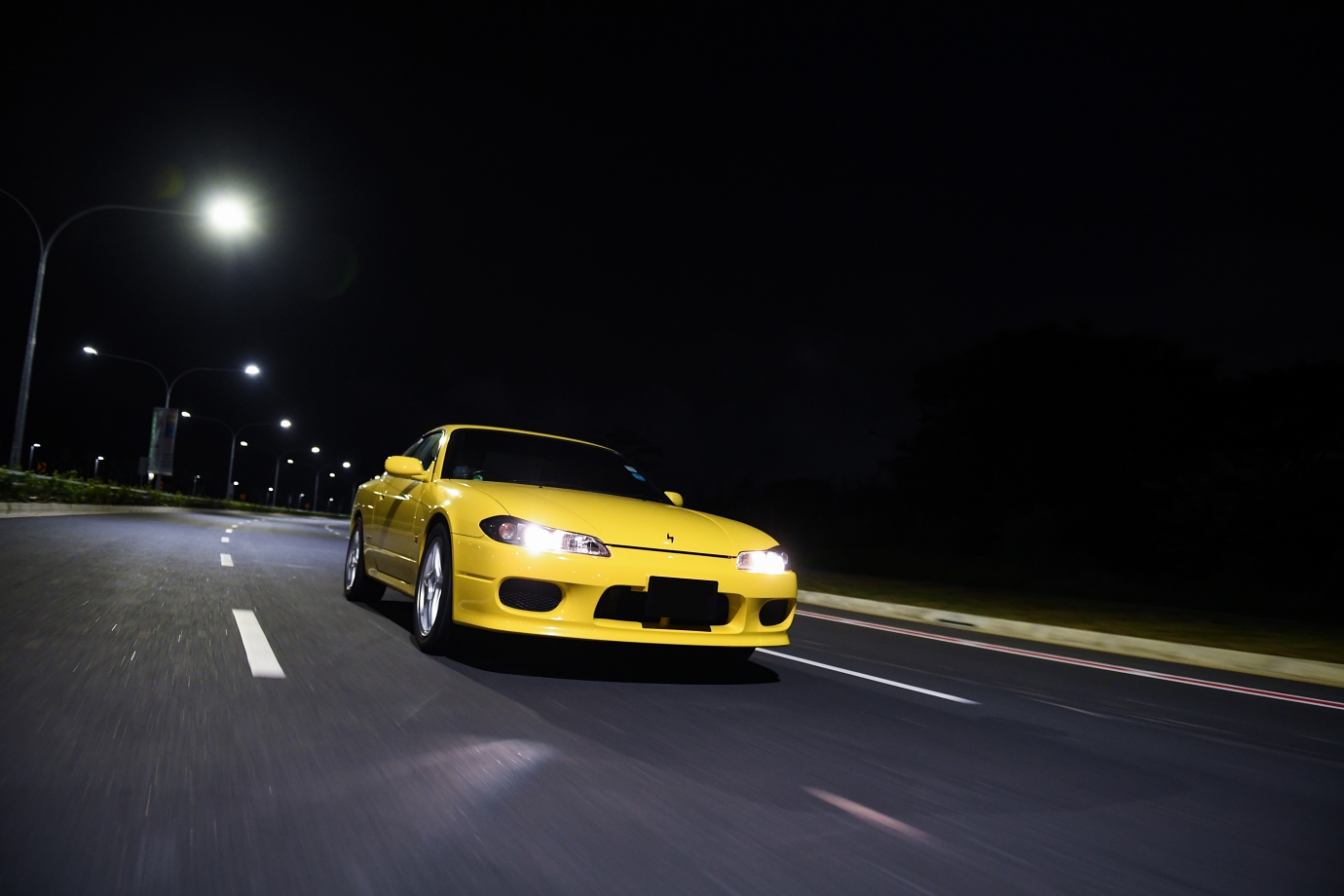
With Japanese sportscars, it's hard to imagine keeping them stock (or in this case stock-plus with Nismo upgrades, which we think still keeps things 'in-house').
However, most owners will appreciate that after modding everything from looks to handling and brakes to engine performance, it's still oddly satisfying when you drive it again on the handful of occasions you might need to revert the car to stock condition (be it for inspection or sale).
The Lightning Yellow of our S15 Spec R is a nice flash factor especially since it doesn't have the Aero kit's rear-wing. It's the only one among the three retro'uns in our feature with six forward gears.
On the move, it proves well-suited to cruising sedately, because there's a good enough spread of torque to shuttle it around without having to work it too hard.
There's a good sporty feel about the cabin that is a good balance of Japanese eccentricity and sporty minimalist functionality, and it's certainly stood the test of these years quite well.
In a tacit nod to the tuners, Nissan cheekily included an A-pillar boost gauge on the Spec R – we're sure it isn't too difficult to swop out the stock item out and re-use the pillar-pod with a gauge that has a higher boost rating!
At the factory 0.6bar rating, the boost tickles your kidneys rather than rips up chunks of tarmac with stomach clenching acceleration, with the turbo'd 2.0-litre SR20 engine producing 250hp/275Nm.
Progress in the S15 is swift (even by today's standards), although nothing here delivers quite the same seamless surge as the RX-7's rotary engine.
However, like the Mazda and Porsche, the Silvia's strengths lie in its well-weighted feedback and sweet balanced dynamics.
We've already seen that the SR20 can be tuned to produce huge output, but the trick is in recreating Nissan's original recipe when you start to dabble with the different variables, and more often than not, something will come up lacking.
Nissan Silvia S15 Spec R
Engine: 1998cc, inline4, turbo
Power/rpm: 250hp/6400rpm
Torque/rpm: 275Nm/4800rpm
Transmission: 6spd manual
0-100km/h: est. 5.5secs
Top Speed: est. 244km/h
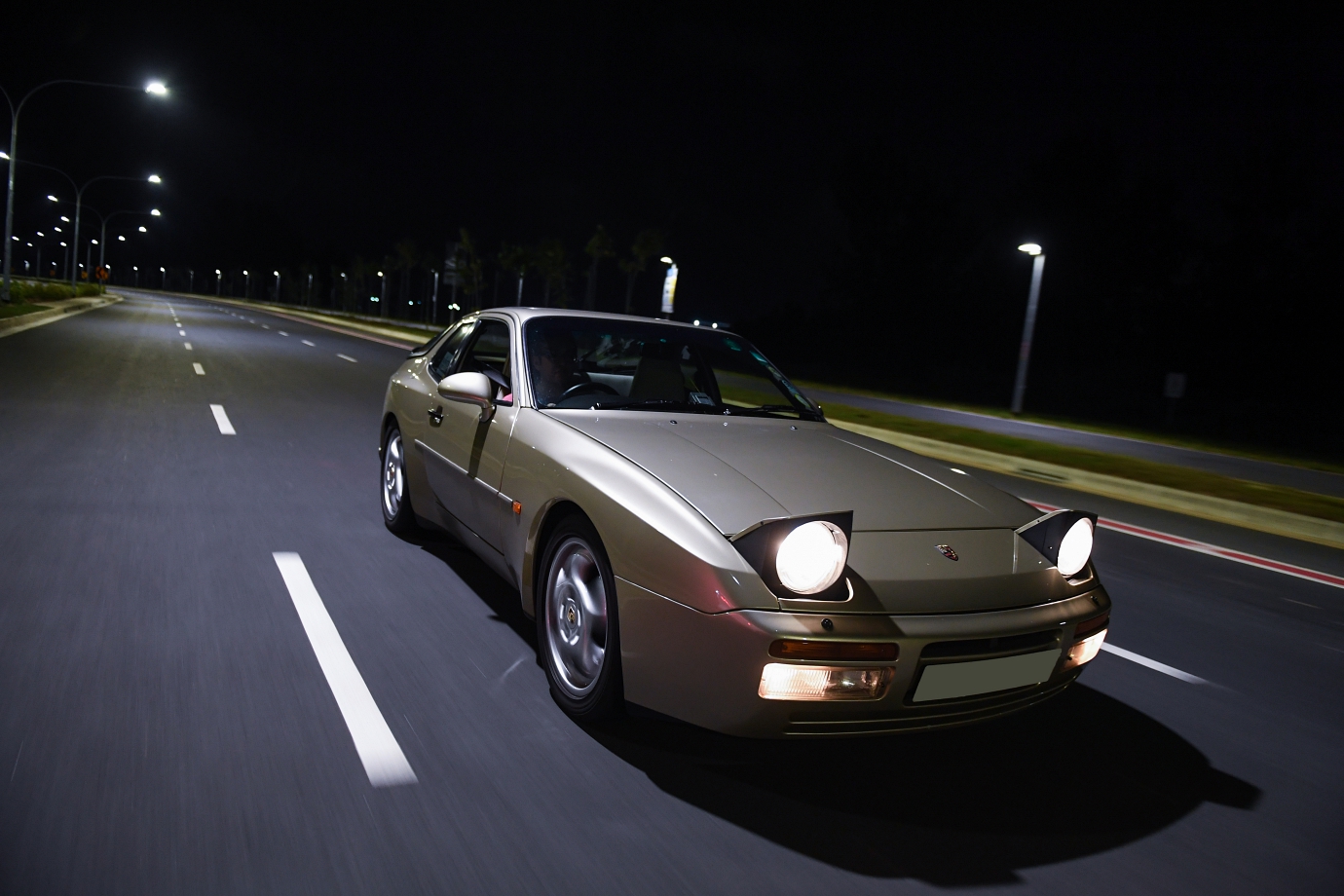
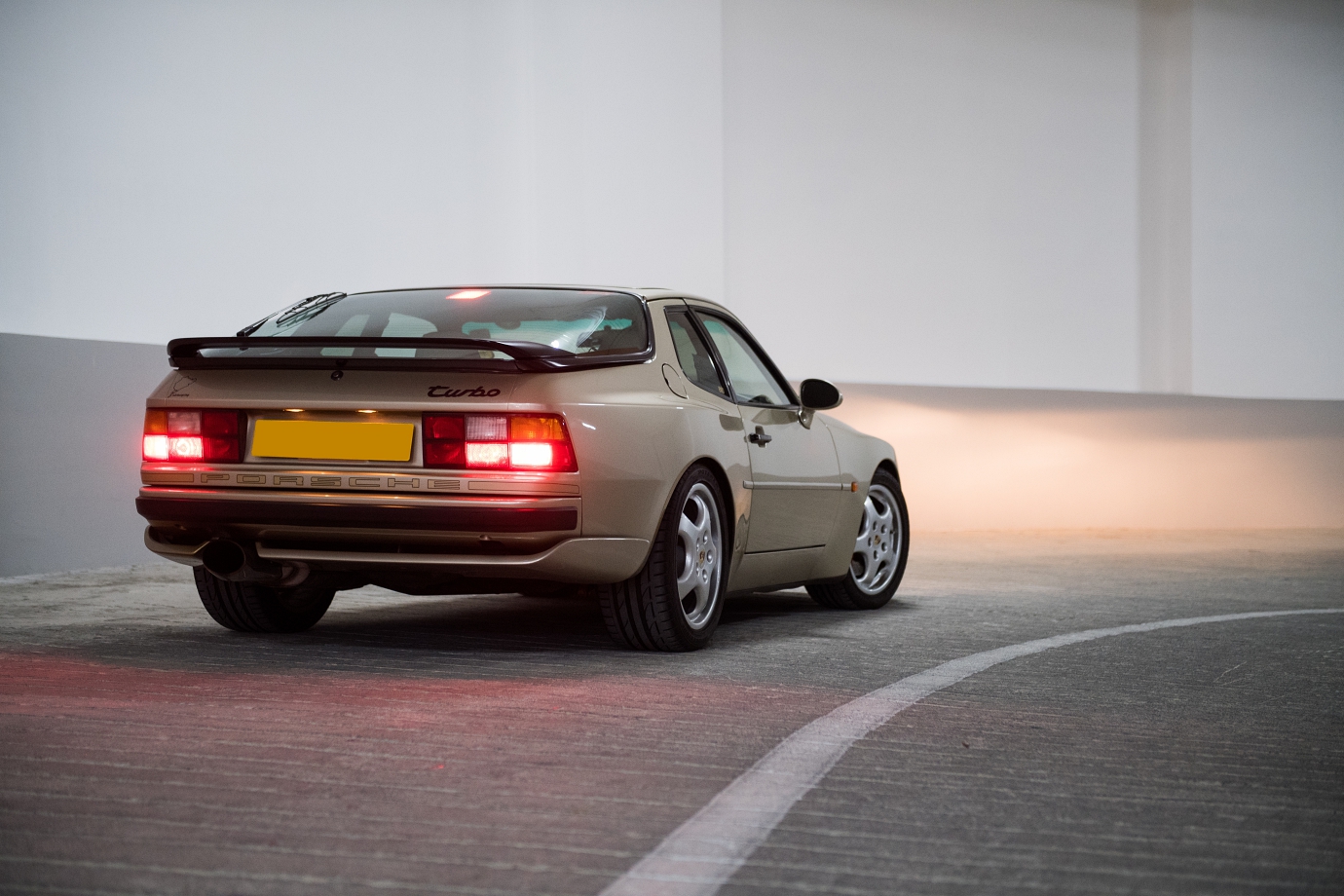
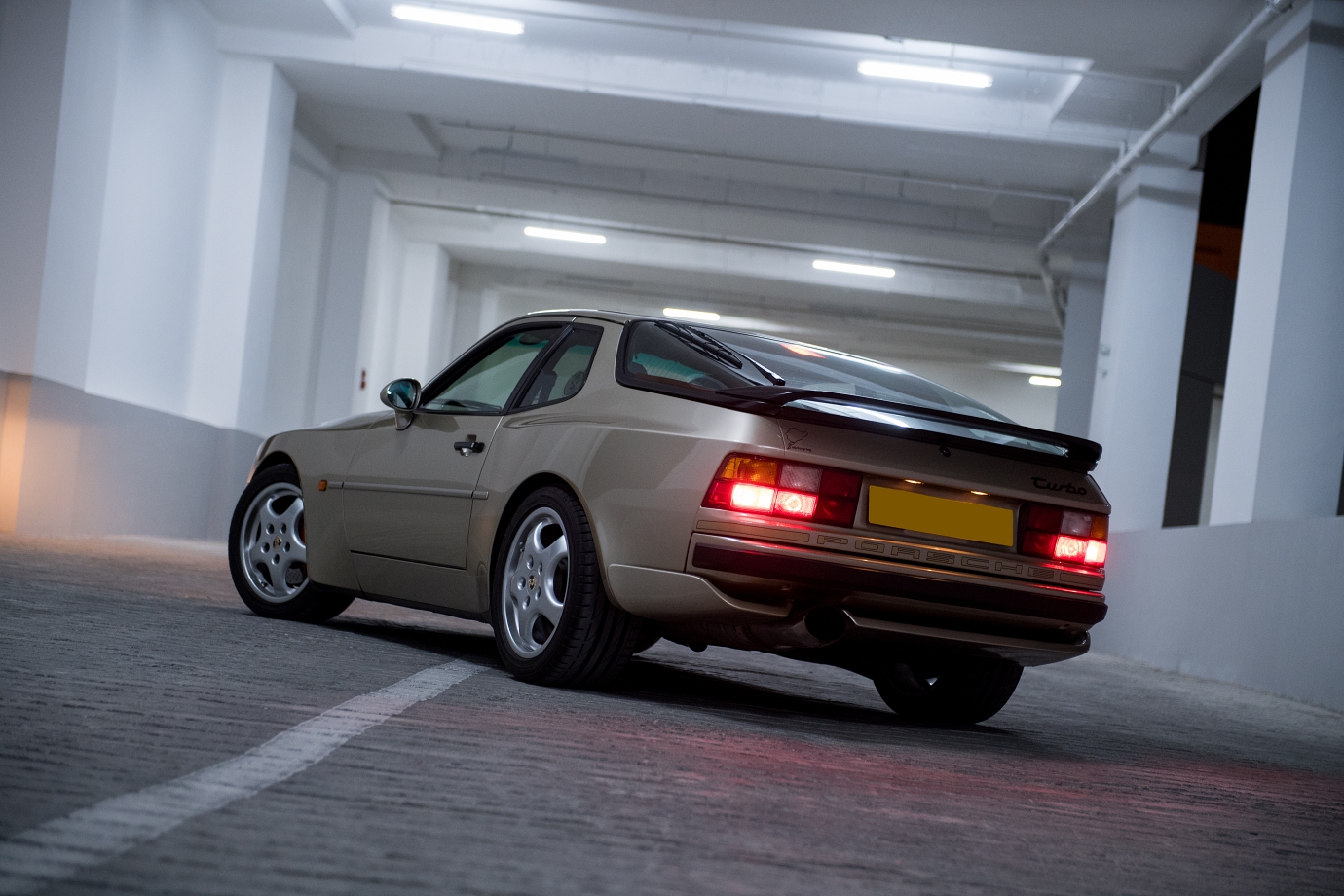
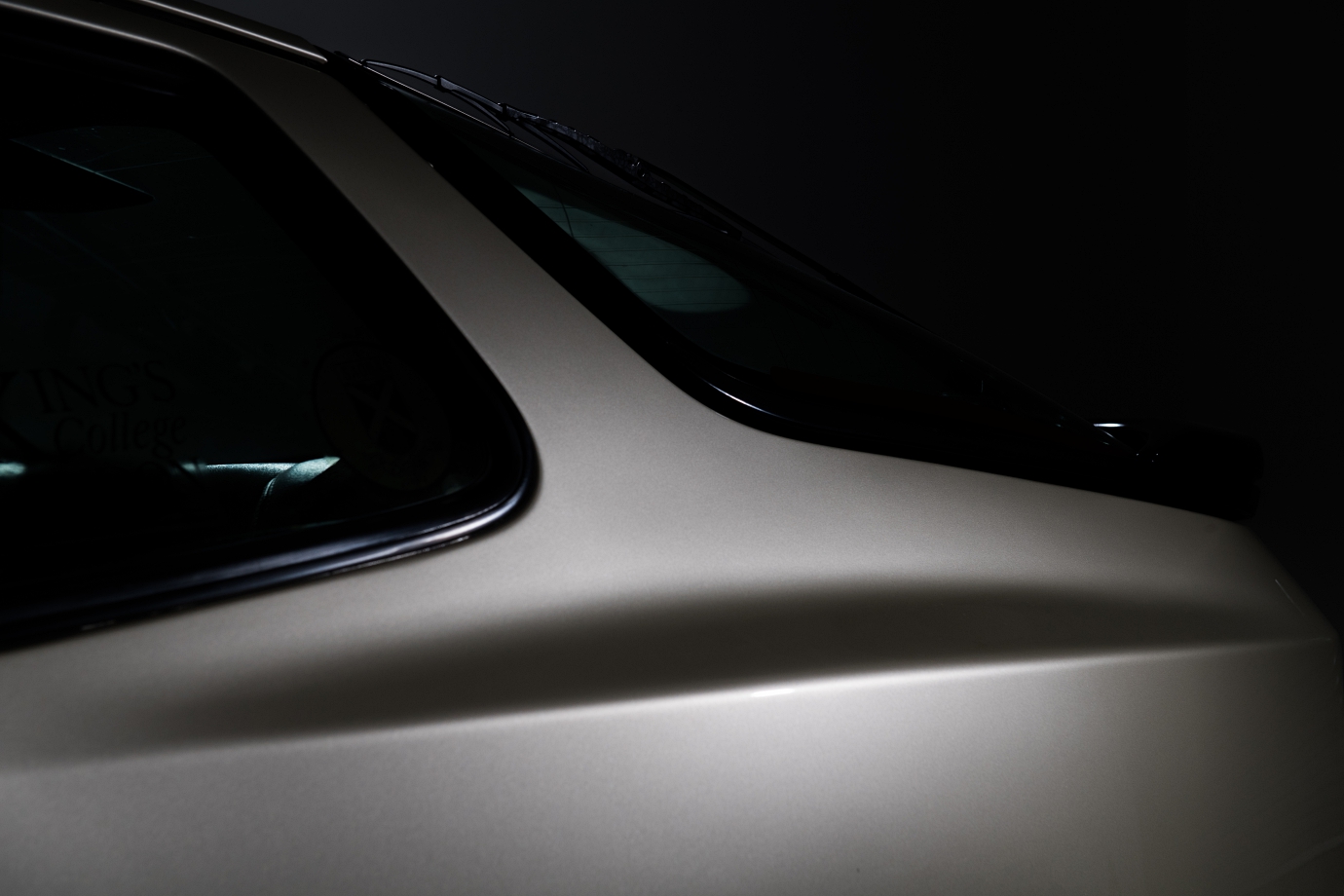
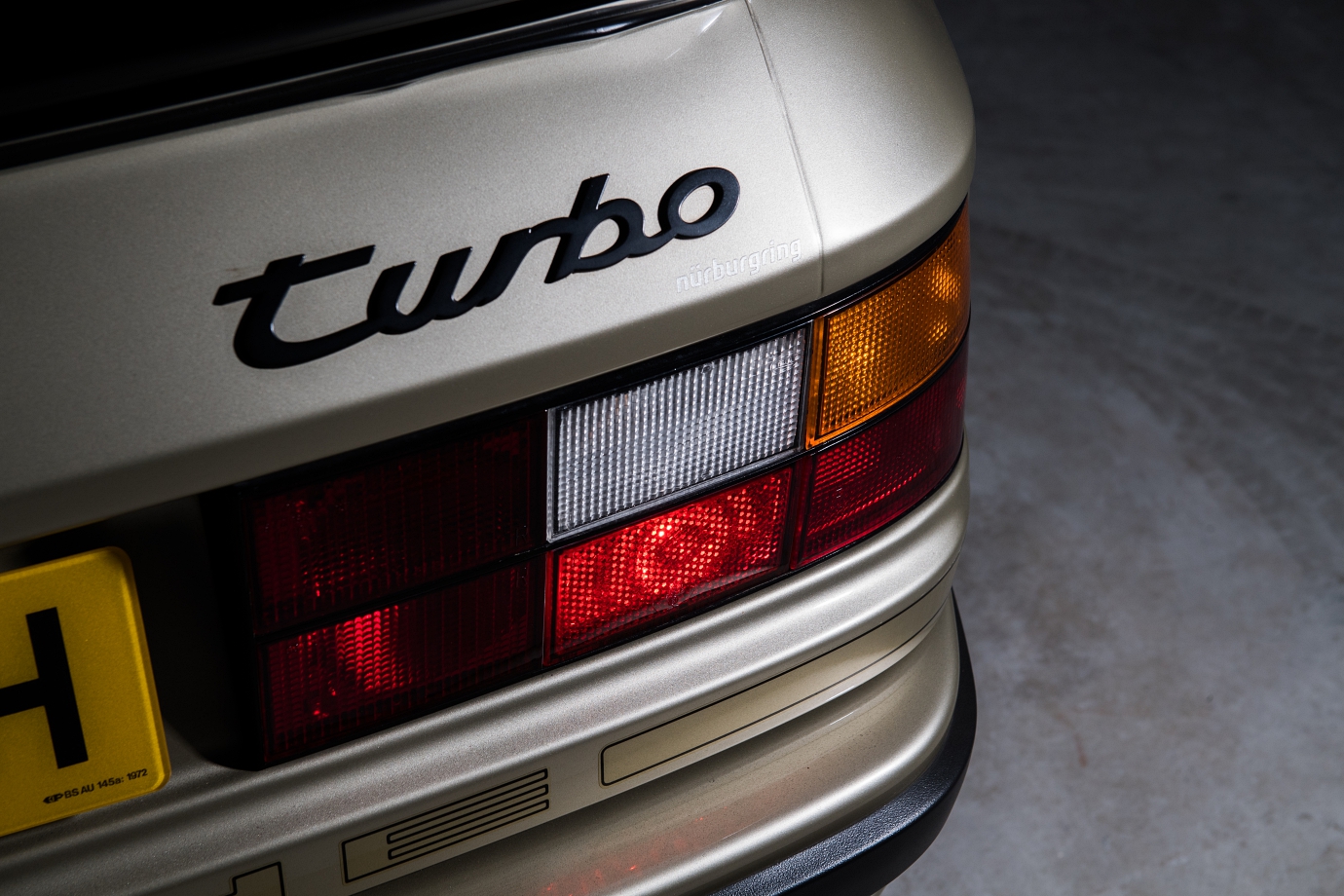
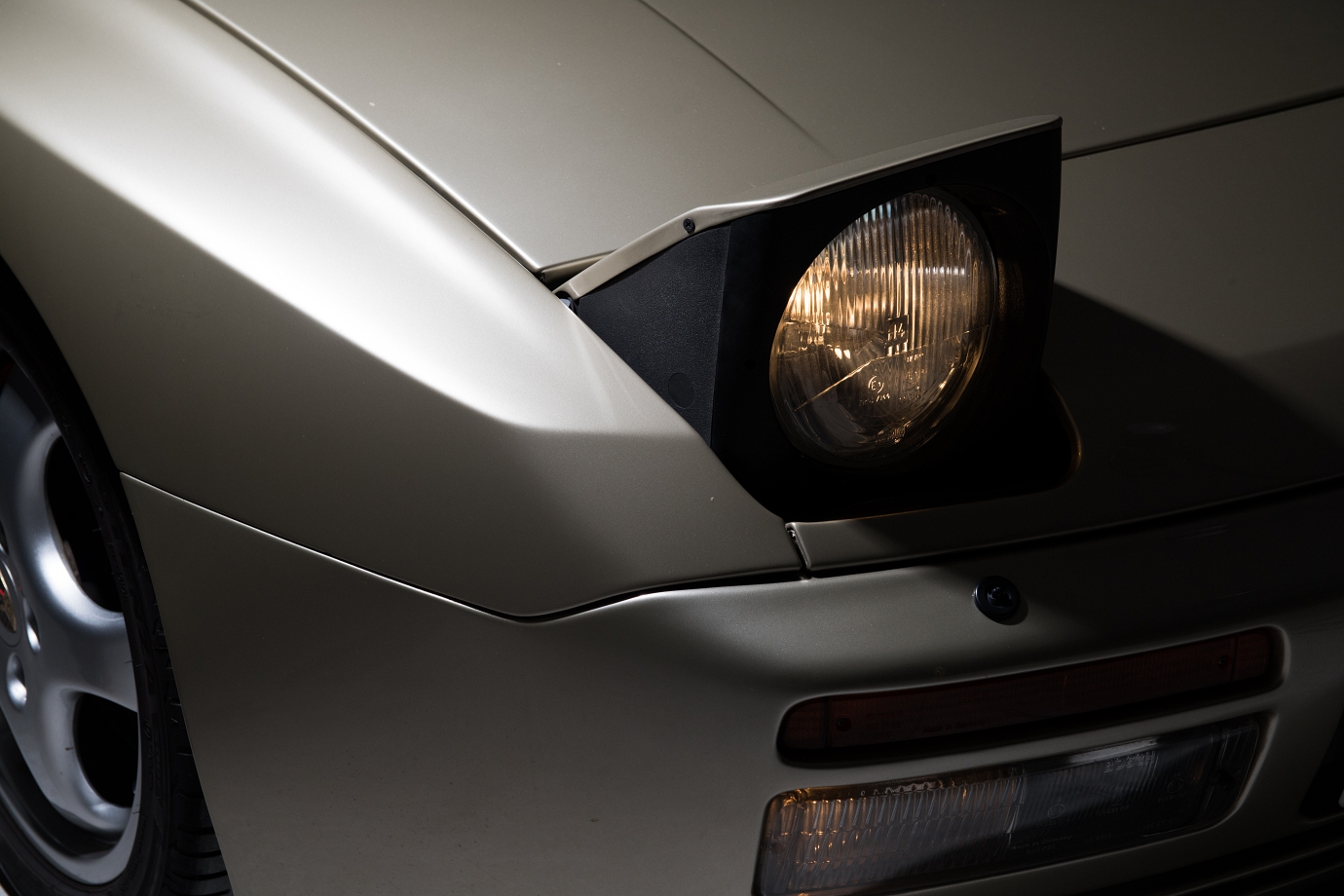
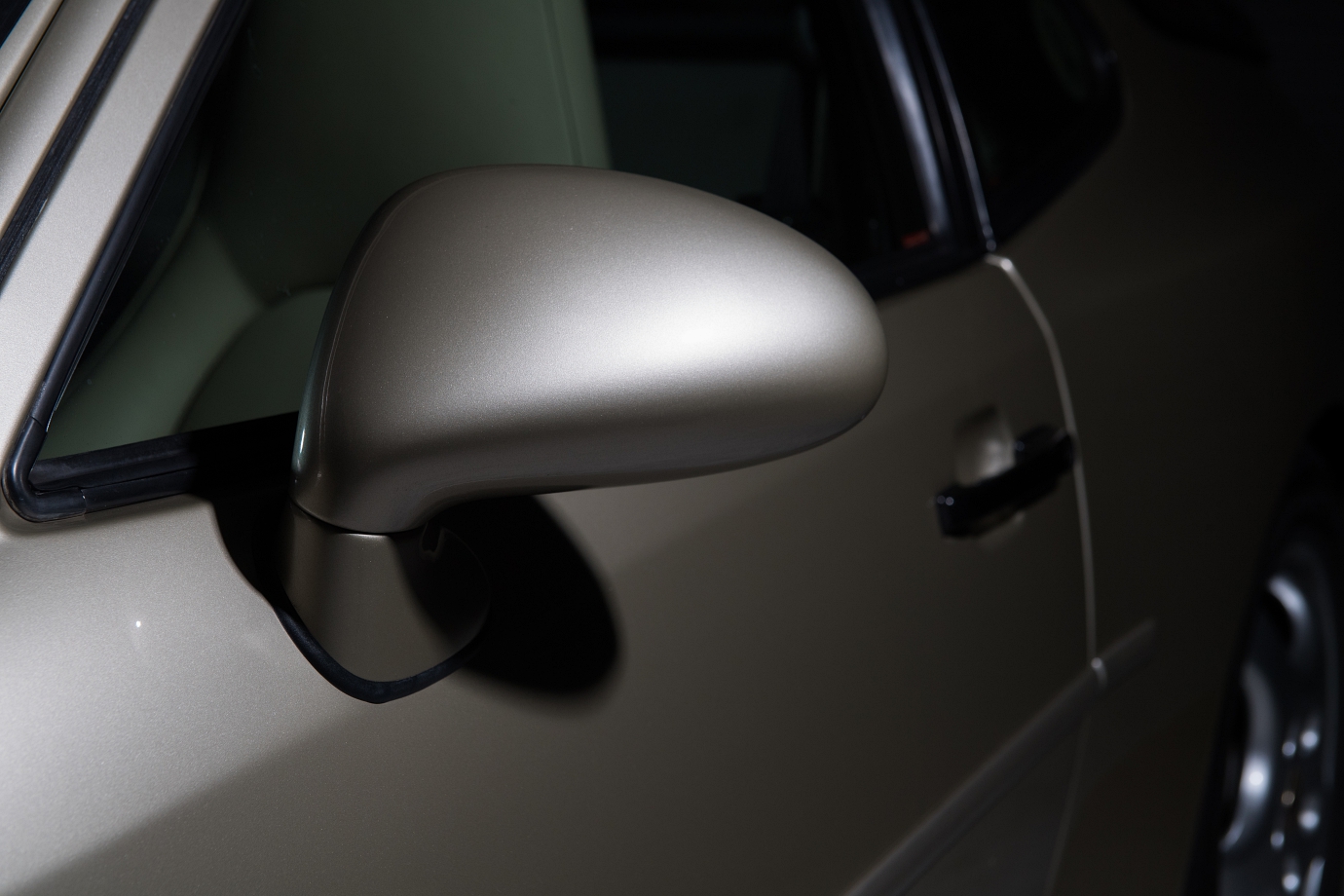
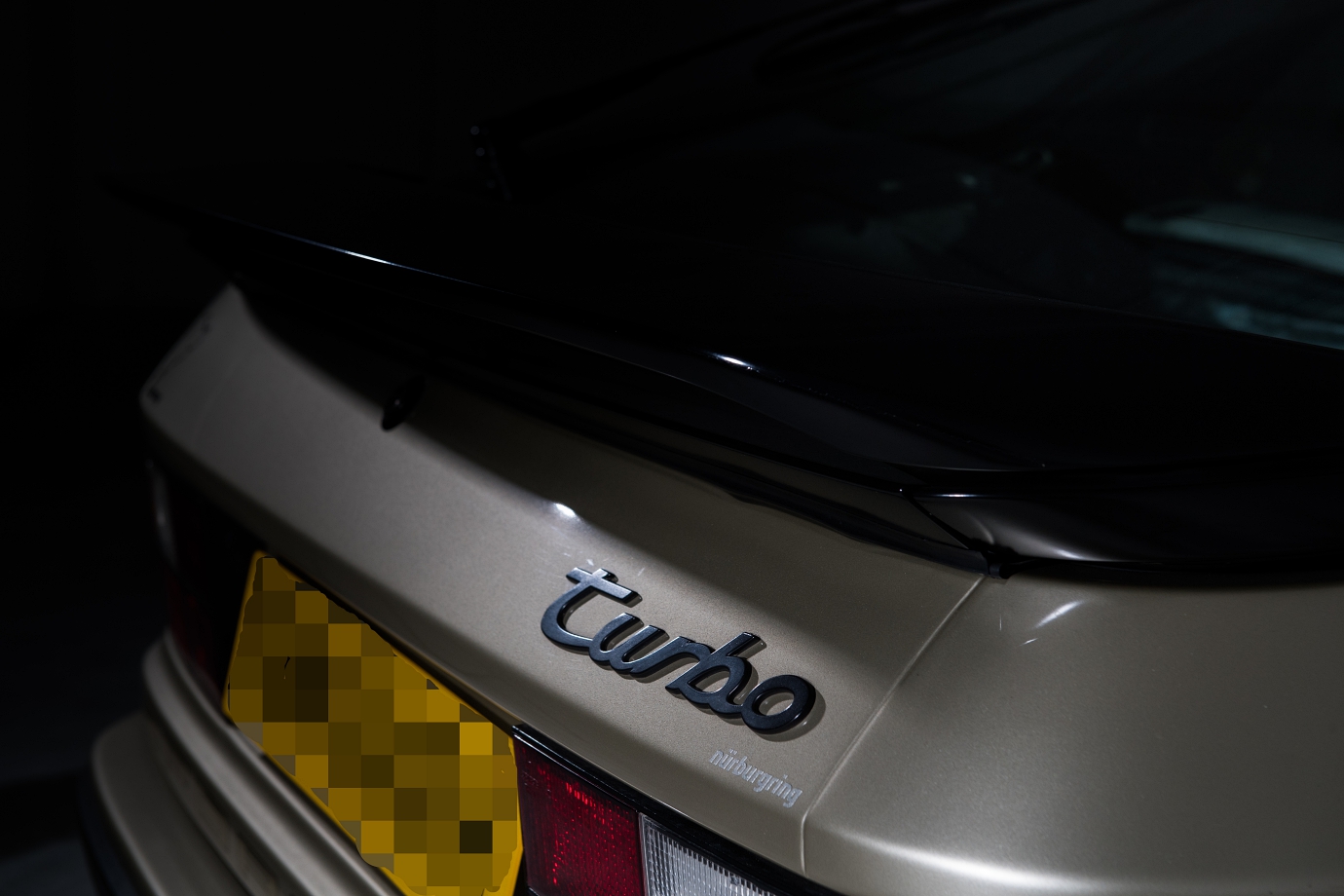
Pork Floss – Porsche 944 Turbo
Remember Porsche’s once-upon-a-time project with the VW Group in the form of the 924?
Well, the 944 steps in with fatter wings that are reminiscent of the 924 Carrera GT (the rear wings on the 944 are naturally better integrated into the car’s body though than on the 924’s racing homologation special).
In spite of retaining the overall shape of the 924, the 944 Turbo's profile and front/rear-quarter views are easily differentiated from its ‘lesser’ sibling.
However, the 944 builds further on the 924’s transaxle drive configuration by giving the enthusiasts a ‘Porsche engine’ as well, as opposed to the latter’s Audi 100 sourced powerplant that many felt didn’t offer enough oomph to be worthy of the Porsche badge.
And if it’s turbo-thumping oomph you’re after, the 944 Turbo and special edition Turbo S were able to deliver it in spades, although our 1990 model year example here gets the same S engine and performance towards the end of the 944’s product life.
In fact, this single owner car from new was apparently the last 250hp Turbo to be imported to Singapore... and both father and son used to have one each of identical specs!
However, the interesting thing about the 944 isn’t so much related to the engine, but it is the transaxle drivetrain, which starts from the time of the 924 back in late 1970s.
In a way, the 924/944 can be regarded as the Boxsters/Caymans of the era where there was only one model, the 911, which opened up the Porsche world to a larger audience due to its price-point.
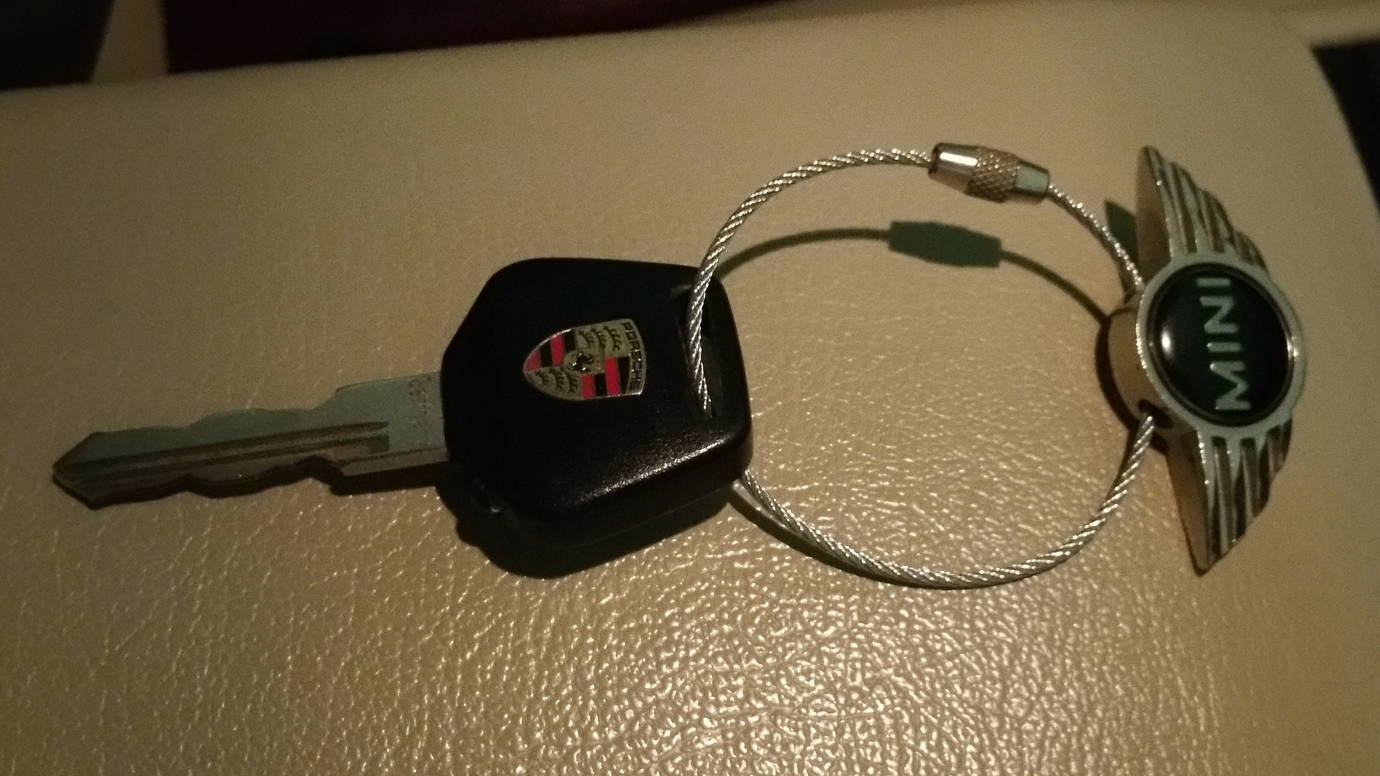
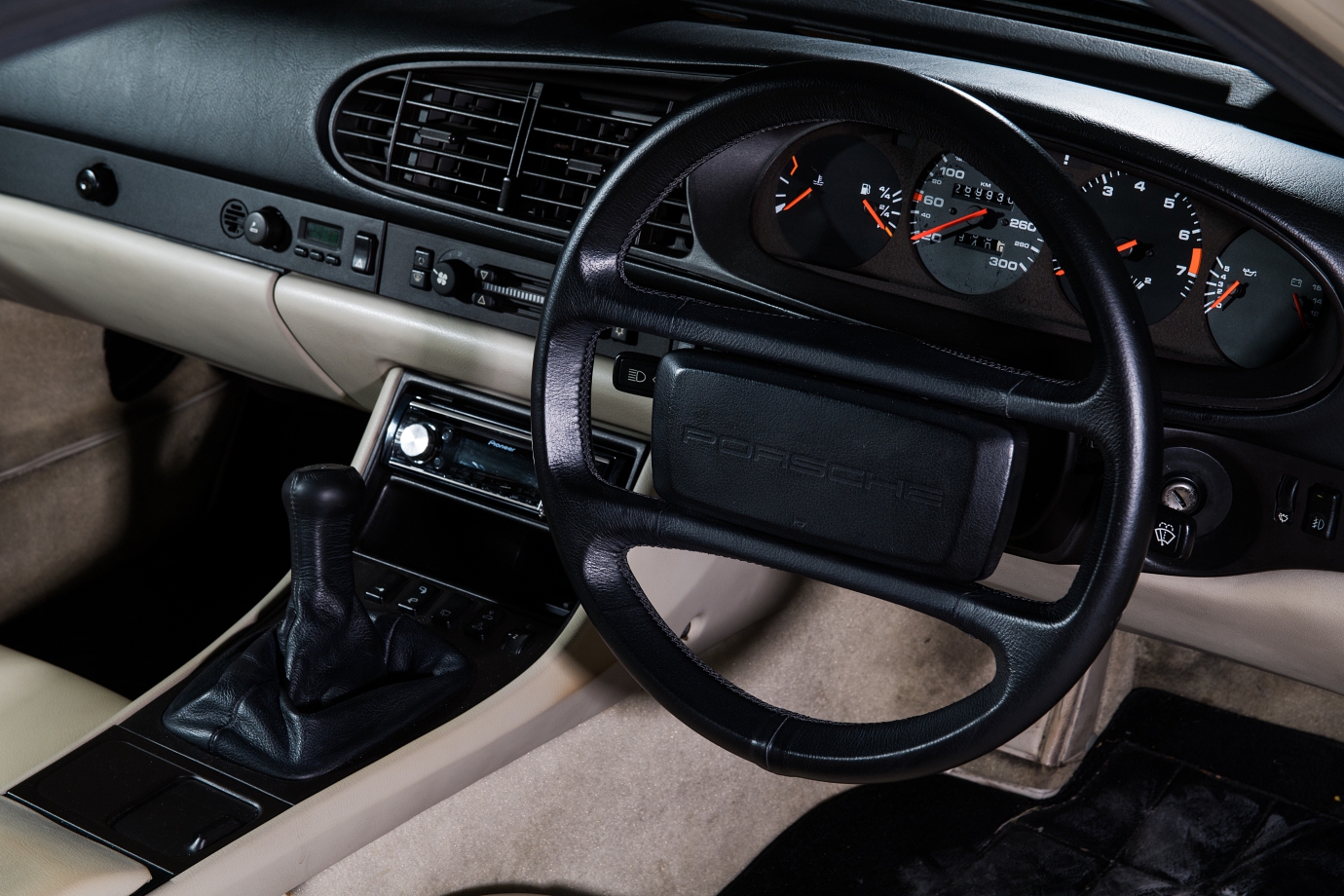
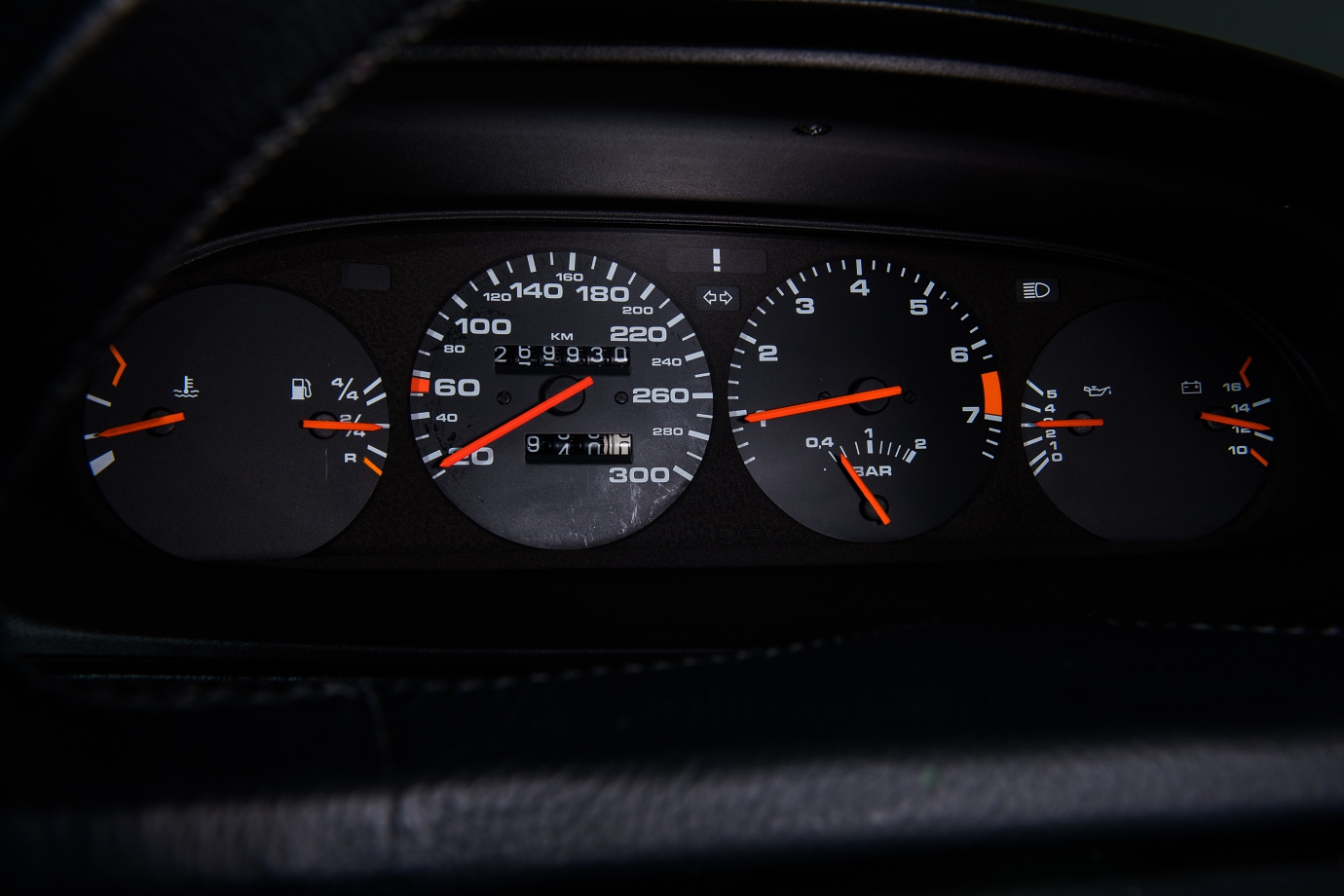
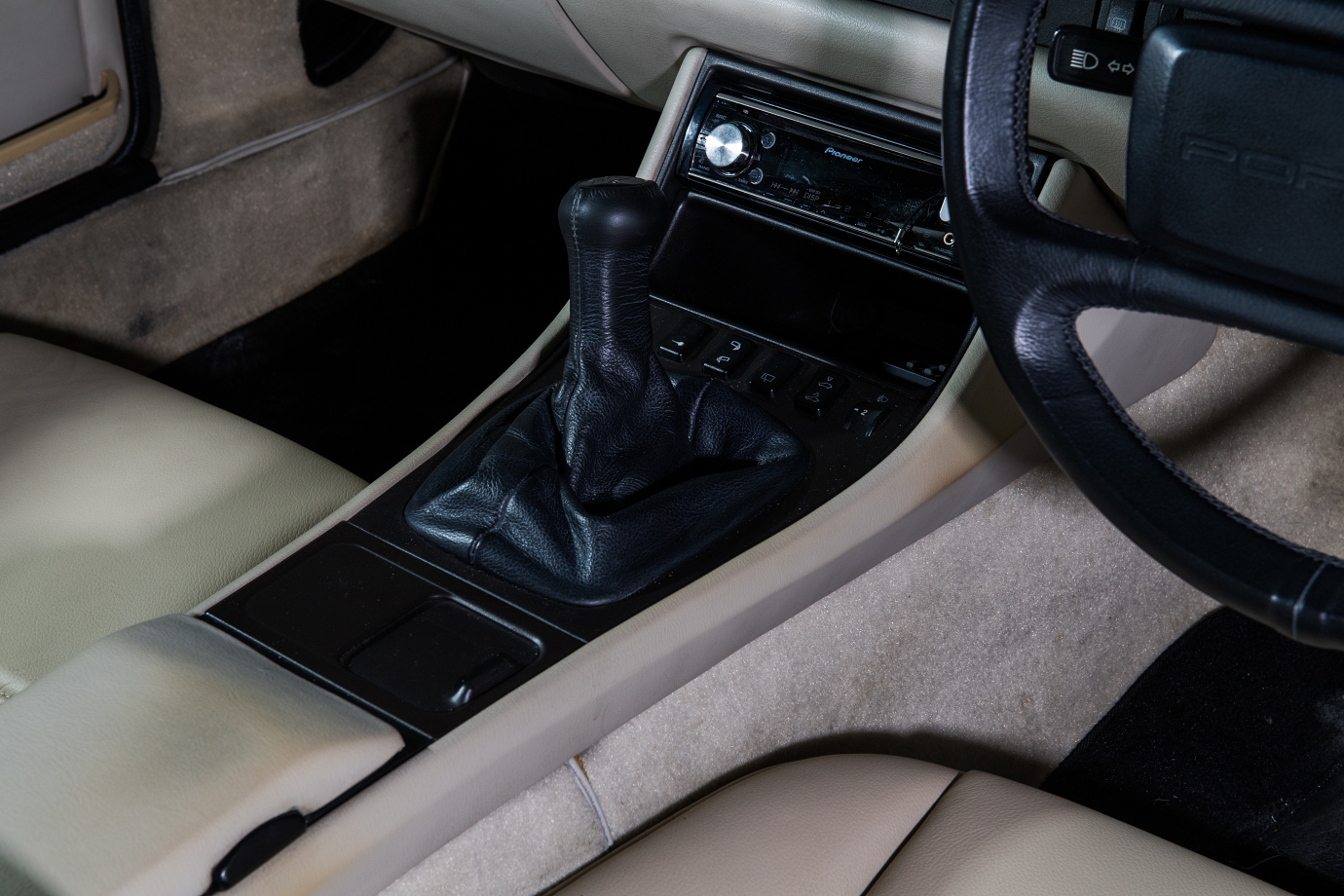
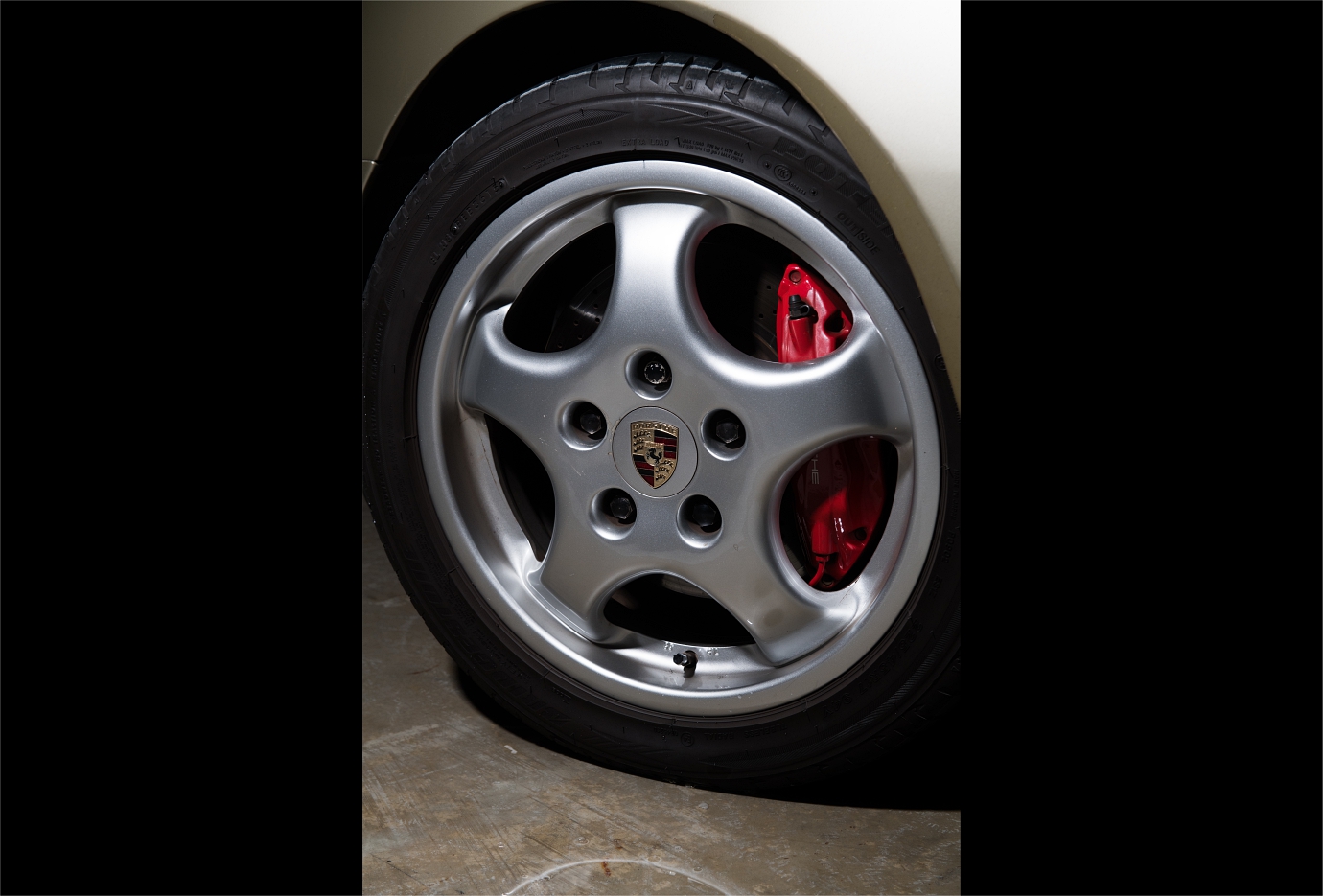
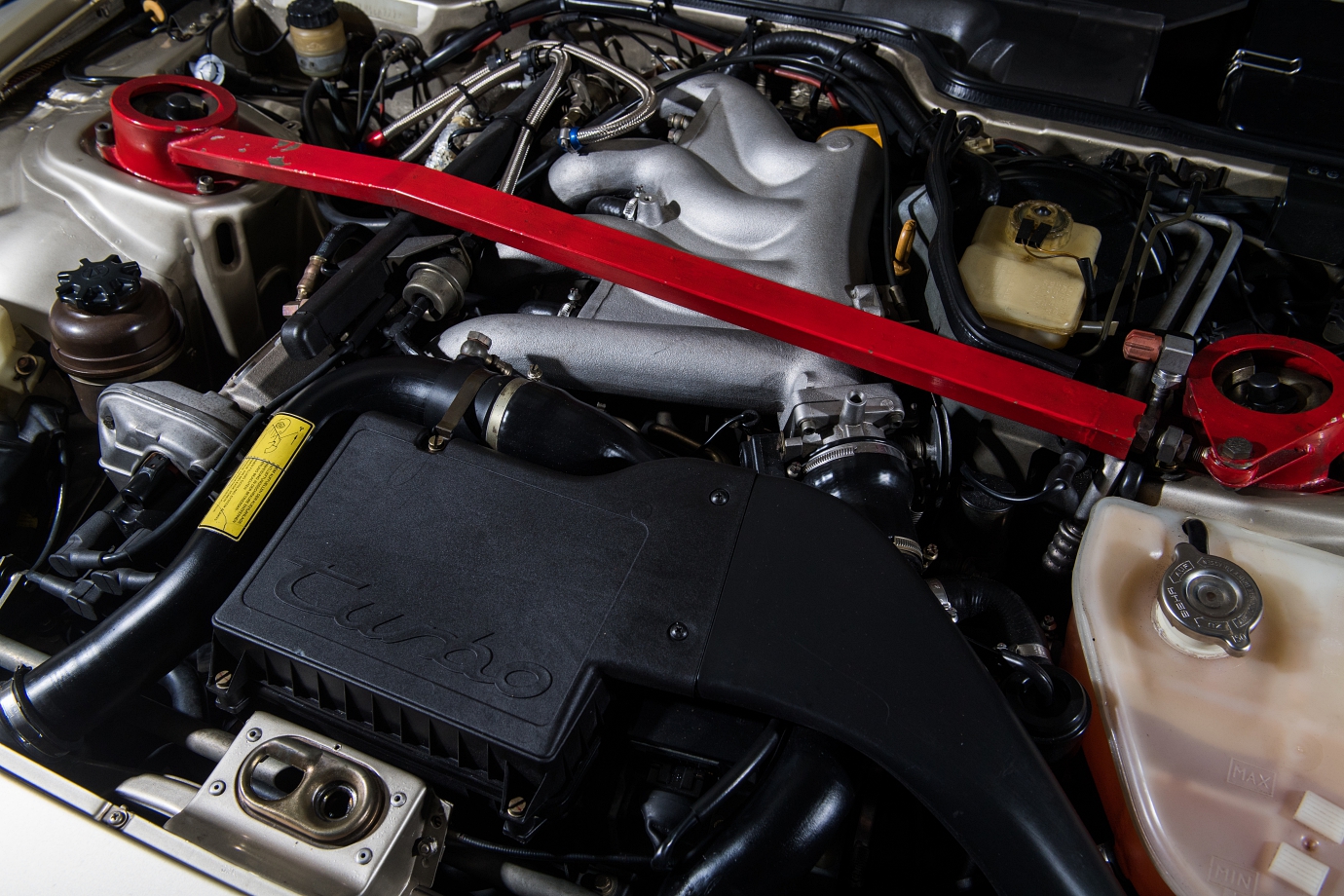
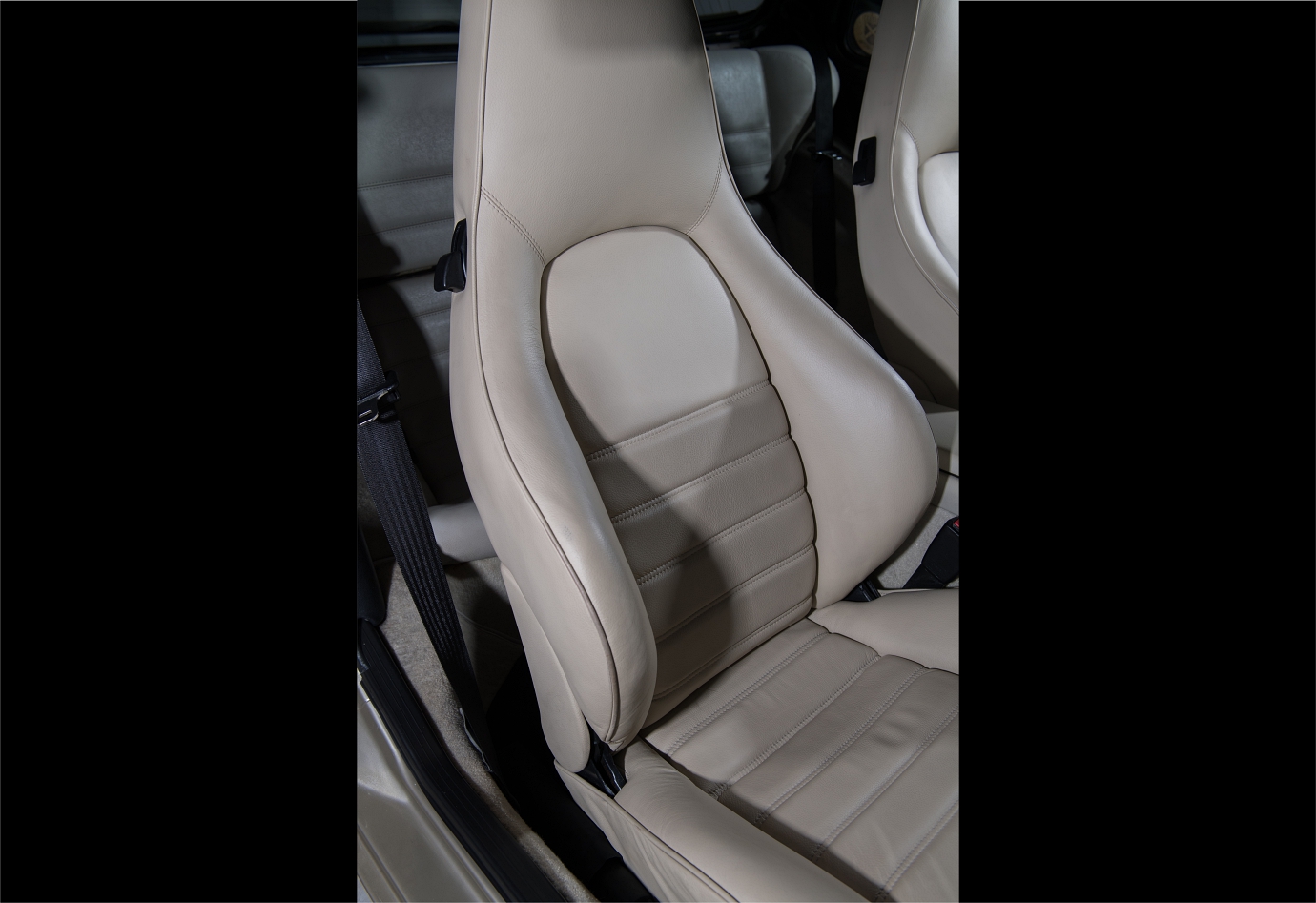
Of course, these days there are plenty more stepping stones into Porsche ownership, all the way from the compact SUV that is the Macan to the Panamera limo, and lots of models in-between.
When VW decided against introducing the 924 as a 914 successor, Porsche decided to include it as a new model in its own line-up.
As the 924 was the brand's first front-engine/rear-drive model, and Porsche being Porsche and wanting to offer its driver/owner enthusiasts a properly balanced handling car, manual transmission versions were designed with a transaxle drivetrain.
(Click HERE to read about the Porsche 914)
This means engine and clutch are in front, with the gearbox located at the rear suspension with power transmitted between the clutch and transmission via a driveshaft. This helps provide an optimum weight balance for more neutral handling characteristics.
At around the same time, the brand's V8-engined grand tourer made its appearance, which can almost be regarded as a predecessor to today's Panamera/Sport Turismo models.
Like the rest of Porsche's front-engined/rear-drive cars (924, 928, 944, 968), it would also feature the same drivetrain solution that appeared in the 924.
I think it says a lot about Porsche's commitment to delivering proper driver's cars that aren't just for show, because even today, there probably aren't more than a handful of coupes in the segment that feature a similar drivetrain that has the aim of improving dynamics.
Like the RX-7, the 944 Turbo features pop-up headlights, which help it achieve its admirable C of D. Porschephiles would have spotted the Cup wheels and mirrors, while a Turbo-specific front design, 'bridge' rear spoiler and rear body-coloured diffuser help distinguish the Turbo from the rest of the 944 herd.
Inside, this car gets the ‘new’ dash design with large air-vents and four round instruments, as opposed to the mildly modified version of the 924’s that pre-facelift 944s were stuck with.
By today’s standards, the 944 Turbo isn’t a fast car, and boost builds relatively more leisurely than on the RX-7 and S15.
However, once at speed it’s possible to surf on the wave of its turbo torque so it can fulfil long distance touring duties for 2+2 occupants, especially since it is capable of pulling long and hard.
On the move, it doesn’t attract as much attention as the ubiquitous 911, but the cognoscenti will recognise it for the diamond-in-the-rough it is.
Most admirable is the fact that Porsche has given the 944 a distinct personality and aesthetics that are recognisably Porsche, yet never make you wish you were in a 911.
Porsche 944 Turbo
Engine: 2479cc, inline4, turbo
Power/rpm: 250hp/6000rpm
Torque/rpm: 350Nm/4000rpm
Transmission: 5spd manual
0-100km/h: est. 5.9secs
Top Speed: 260km/h
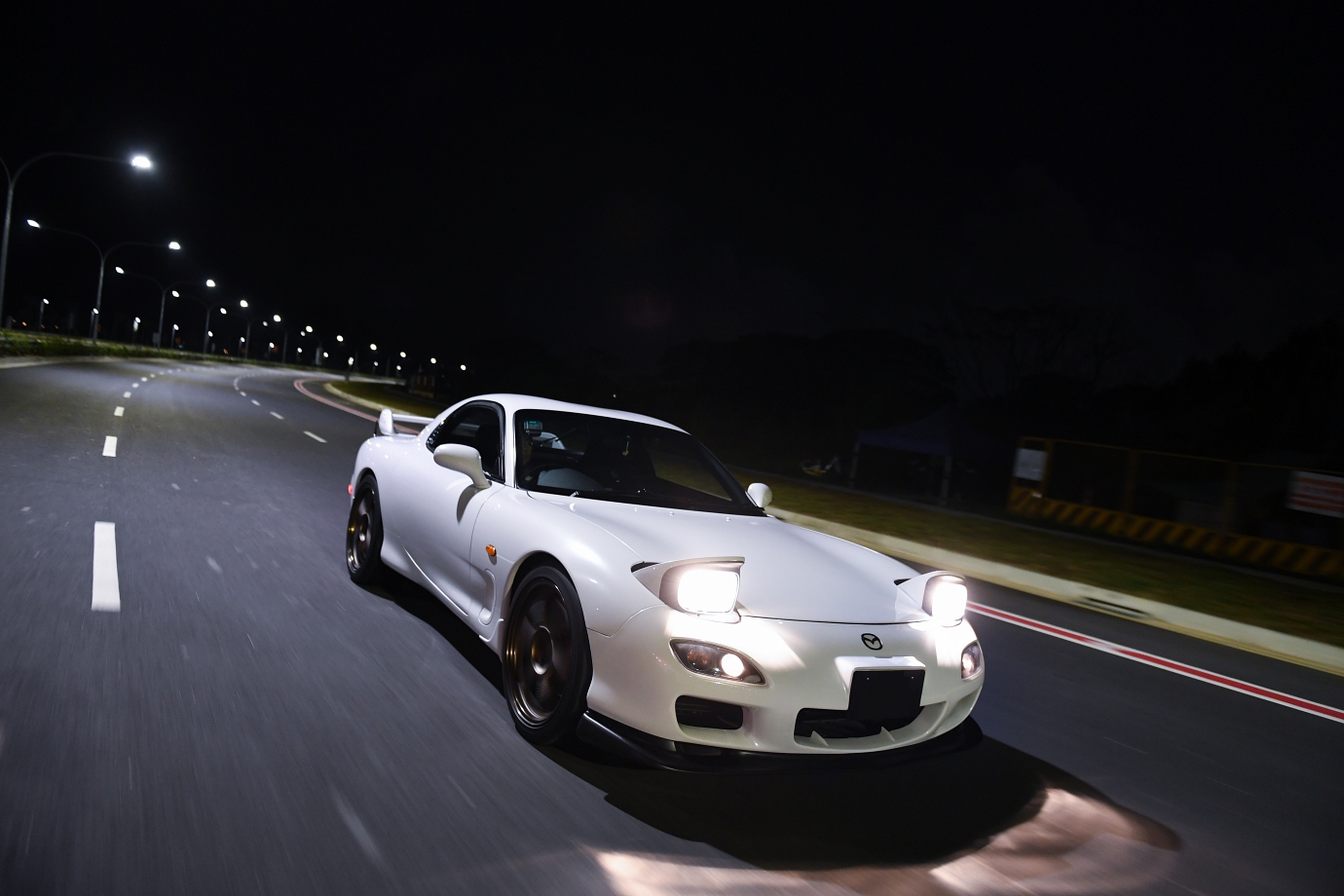
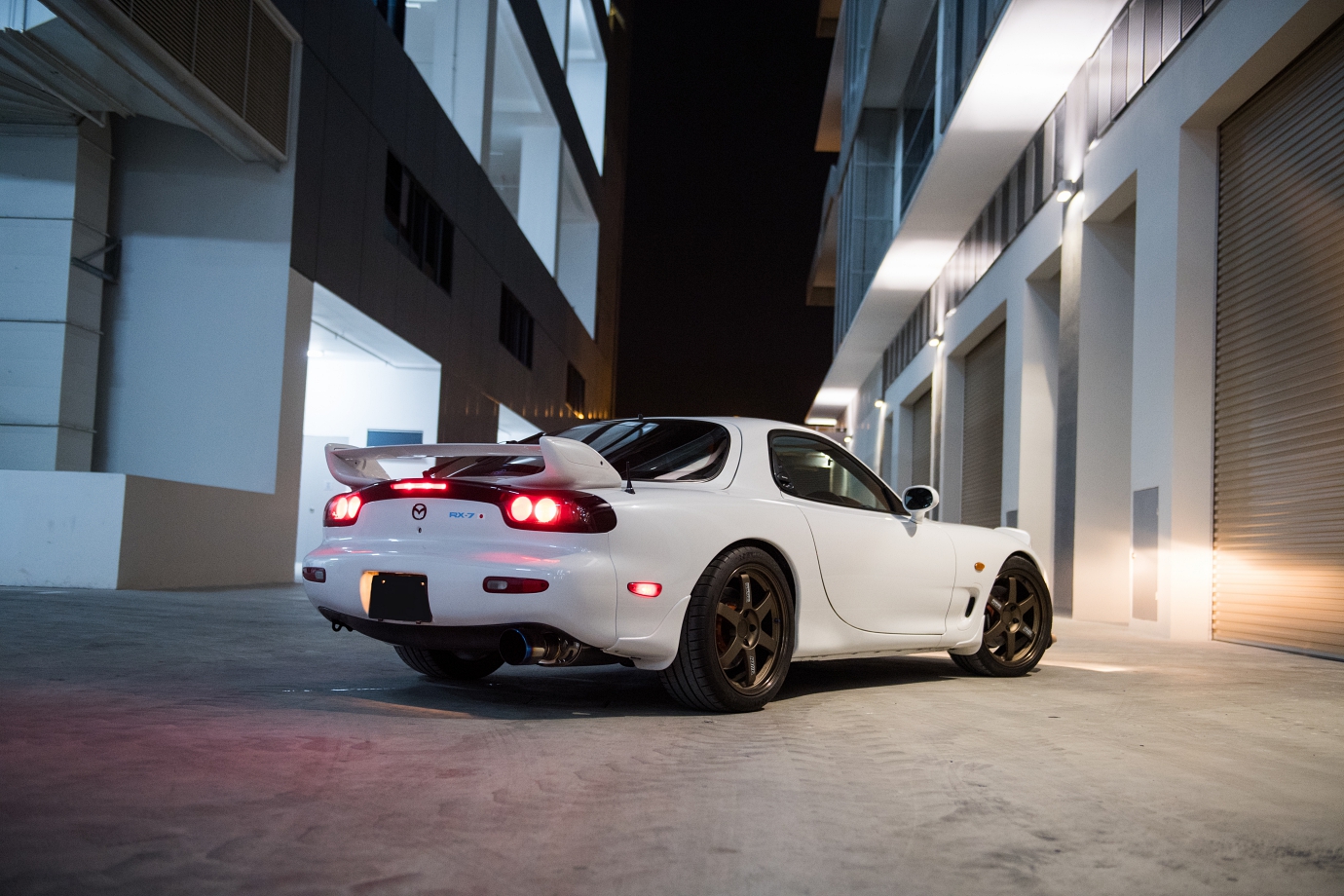
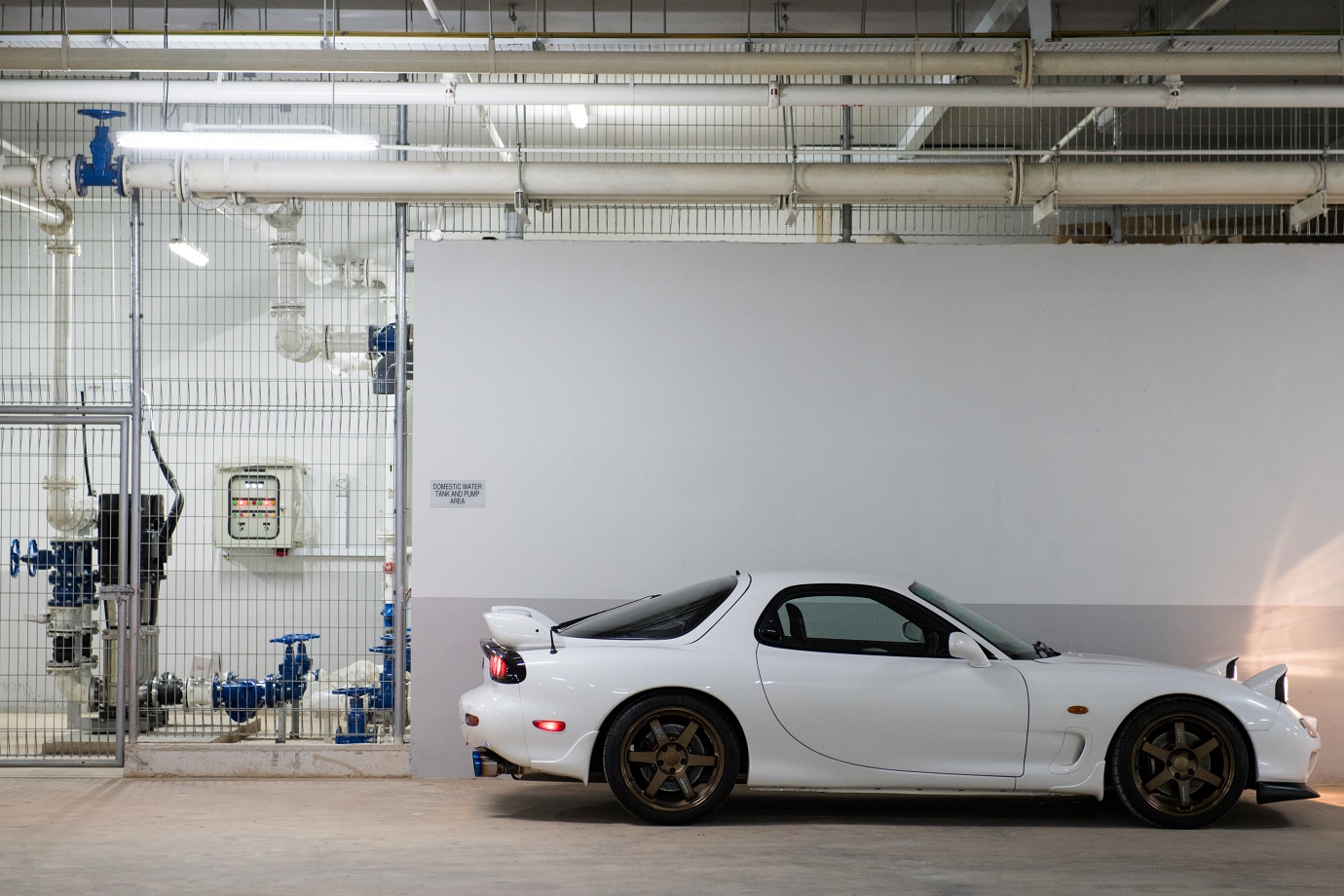
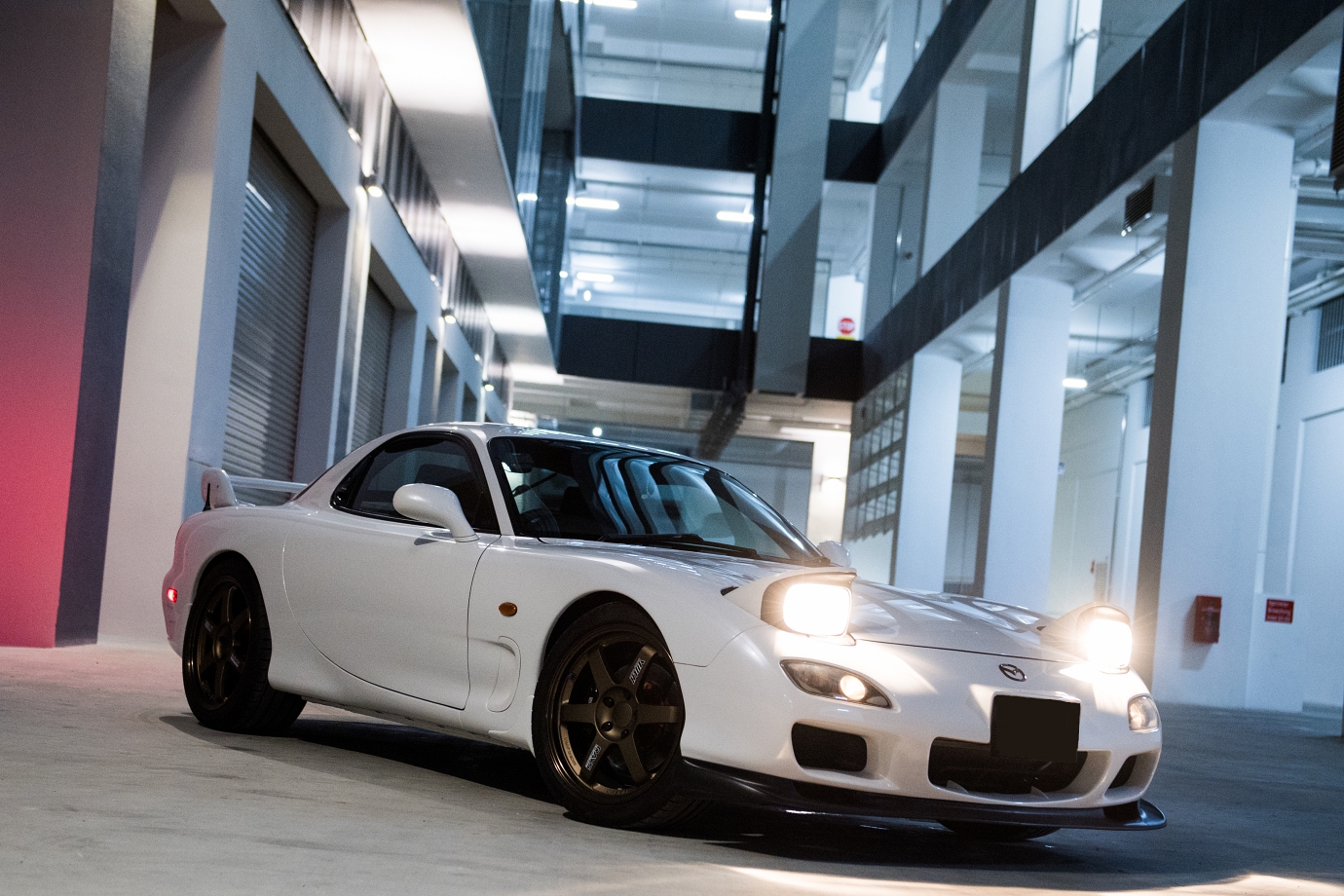
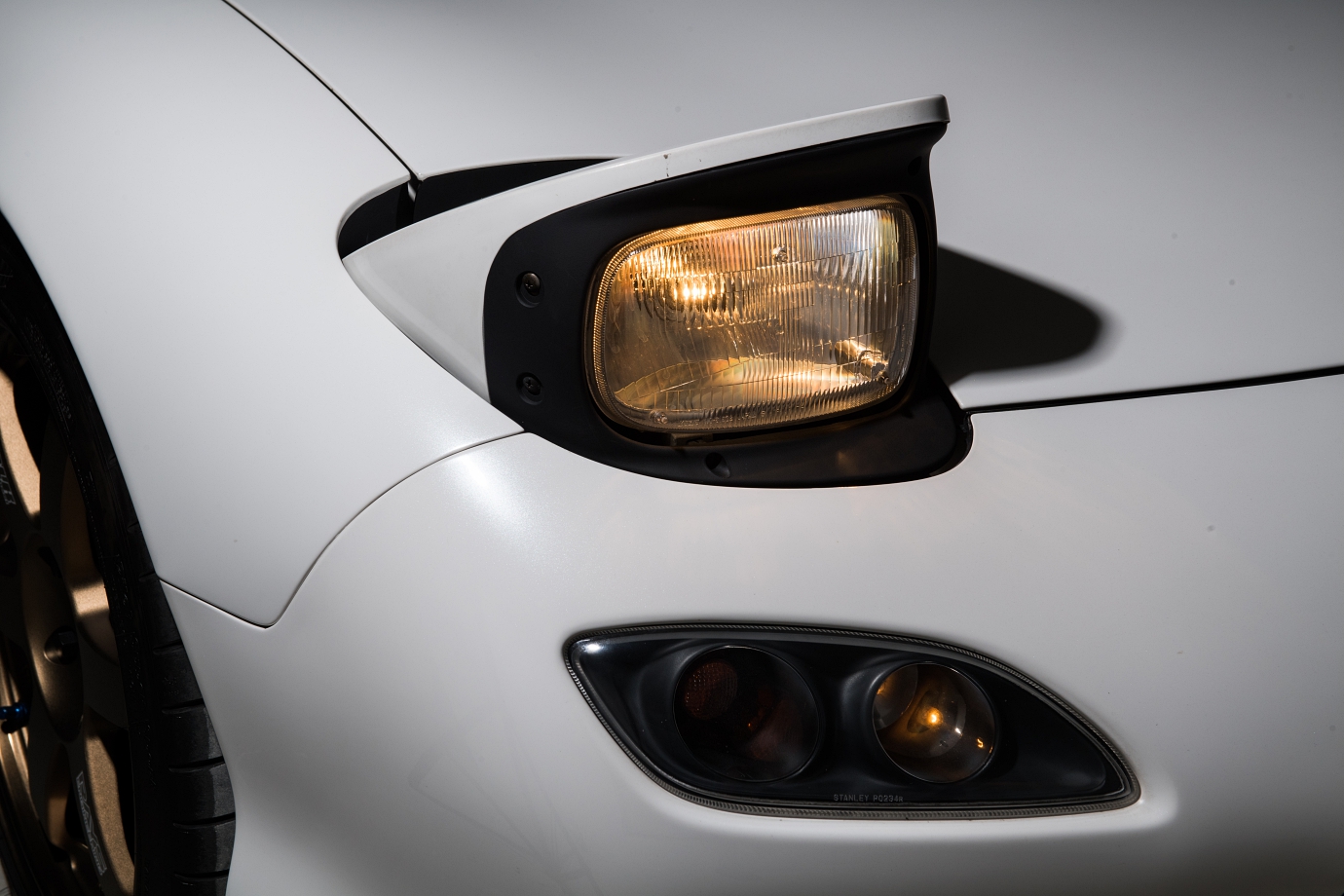
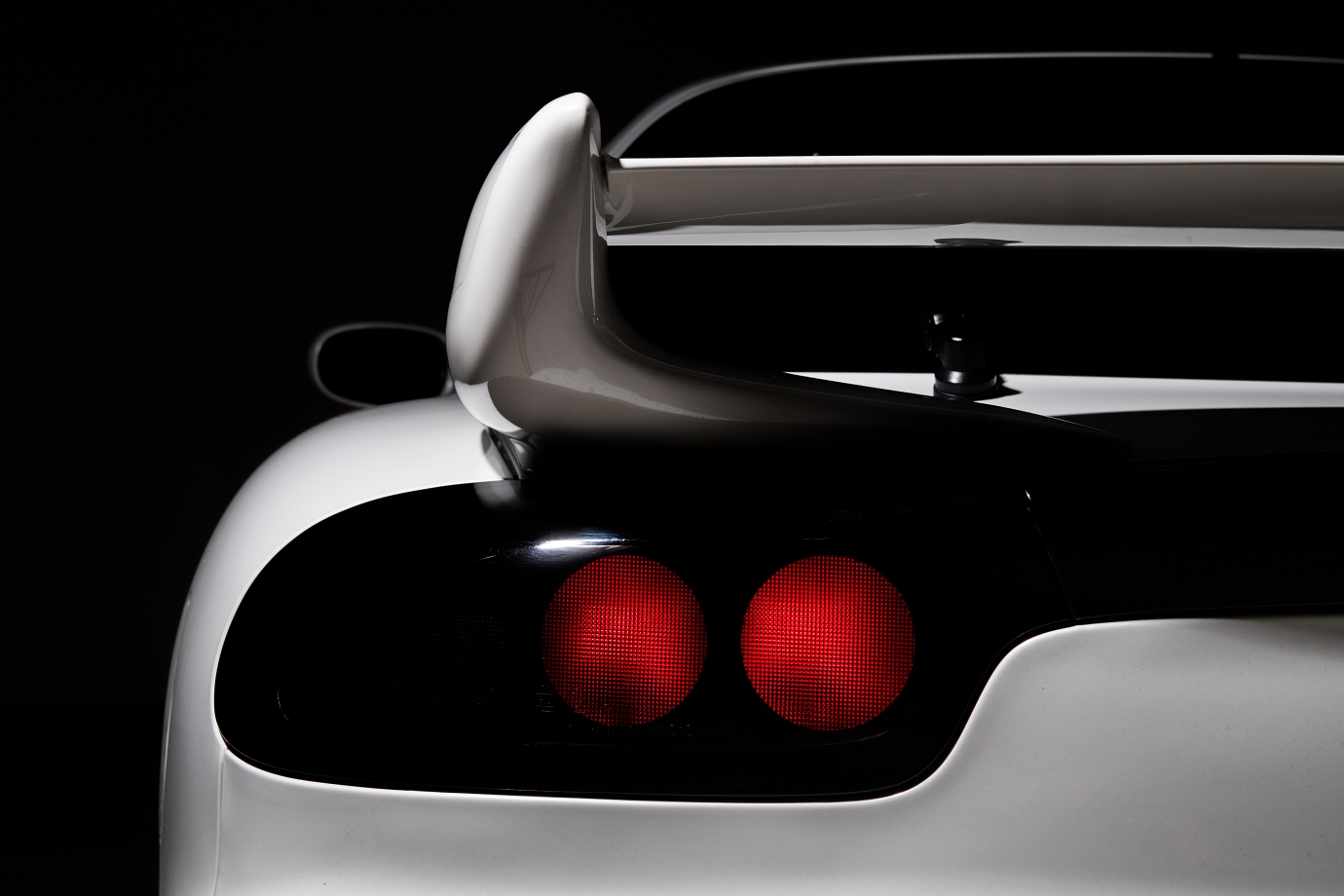
Cream Puff - Mazda RX-7
Well, as you can see, we've saved the best for last with the efini RX-7 (FD3S).
Where the 944 Turbo is all butch machismo with its prominently flared fenders and stance, there's an elegance to the third-generation RX-7's silhouette that borders on 'soft' and slinky.
However, as with Yin and Yang, there's also a 'hard' side to its character, notwithstanding its cheery pop-up headlights.
In this 'FD' iteration of the RX-7, the rotary engine features a trick sequential turbo set-up by Hitachi, where a smaller turbo kicks-in at lower revs to take you into the bigger turbo spool-up zone, which helps minimise lag and delivers a near-seamless surge of performance.
However, it had an altered state under sporty throttle application, because it was also capable of delivering a deceptive sucker punch of a turbo hit.
This particular example was rebuilt from ground-up, with NOS (new old stock, not nitrous oxide) cabin/chassis components and a brand new engine from Mazda.
The story goes that the current owner went around looking for the worst-condition example on the market and bought it cheap just so he would have no qualms about tearing it down and building it up to his mind's ideal, which is to be as stock (or stock-plus) as possible – as opposed to modding it to kingdom come.
As it is, the car is barely driven (his daily drive is another turbocharged front-engine/rear-drive coupe in stick-shift) and had been laid up until we came a-knocking...
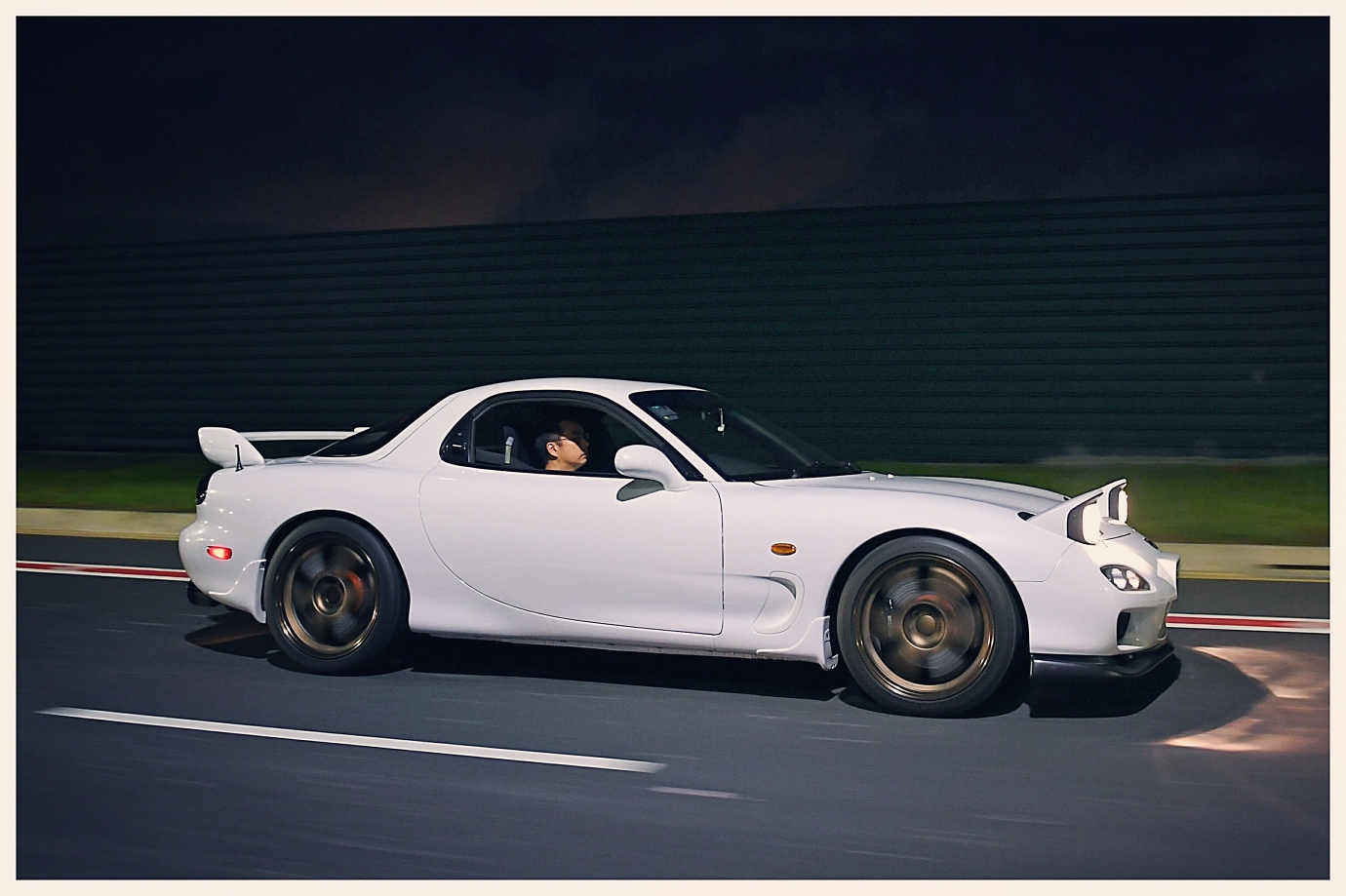
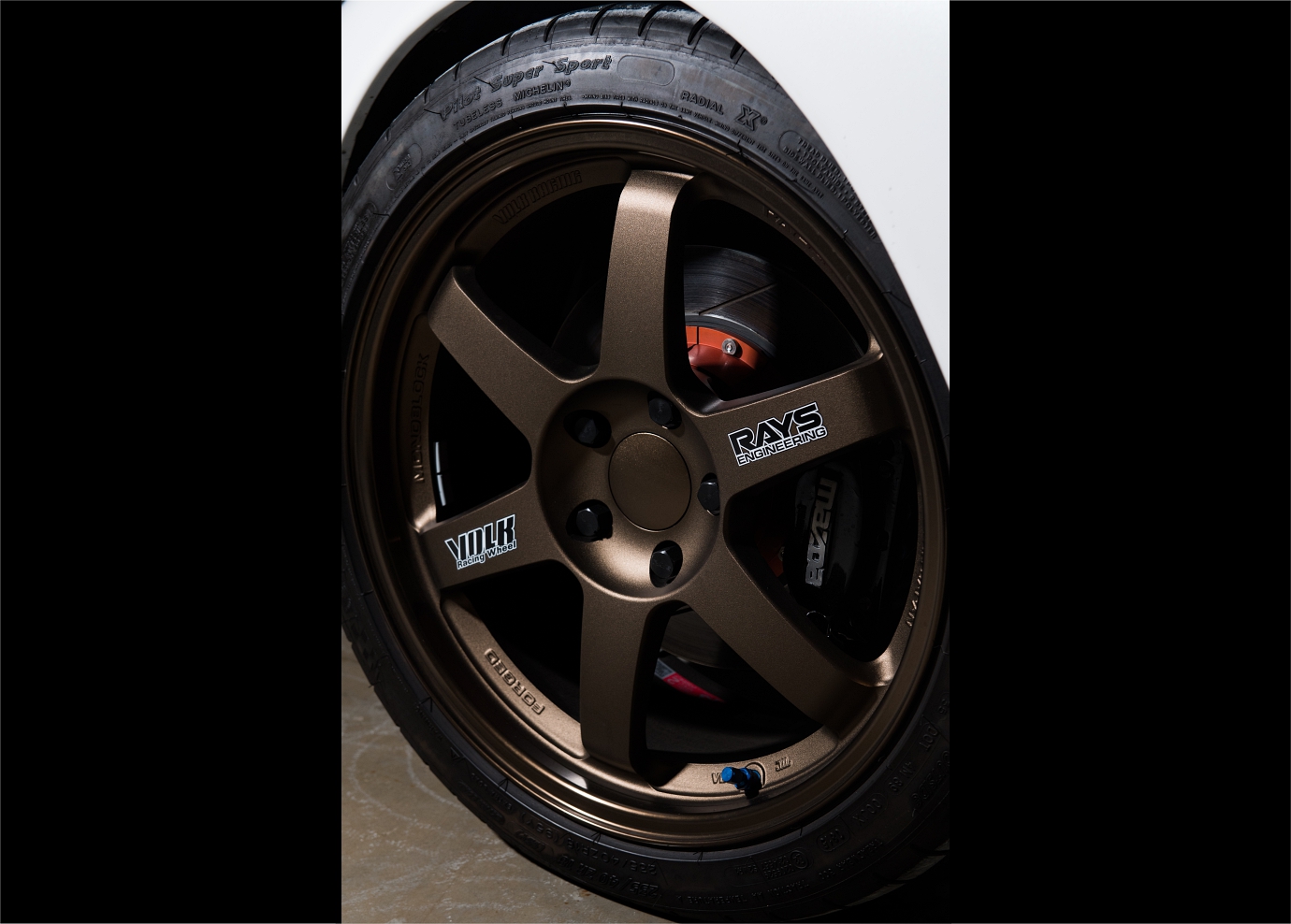
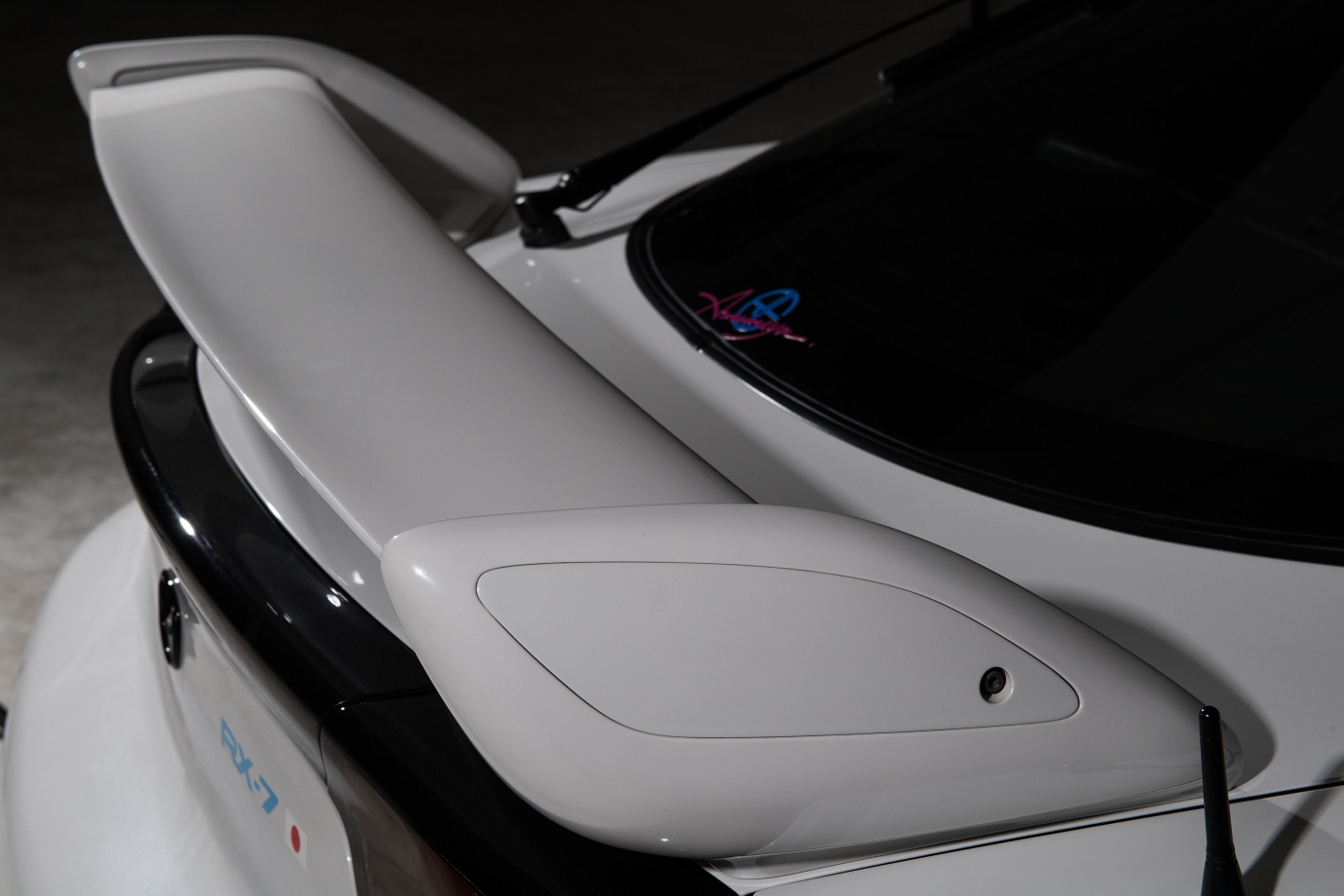
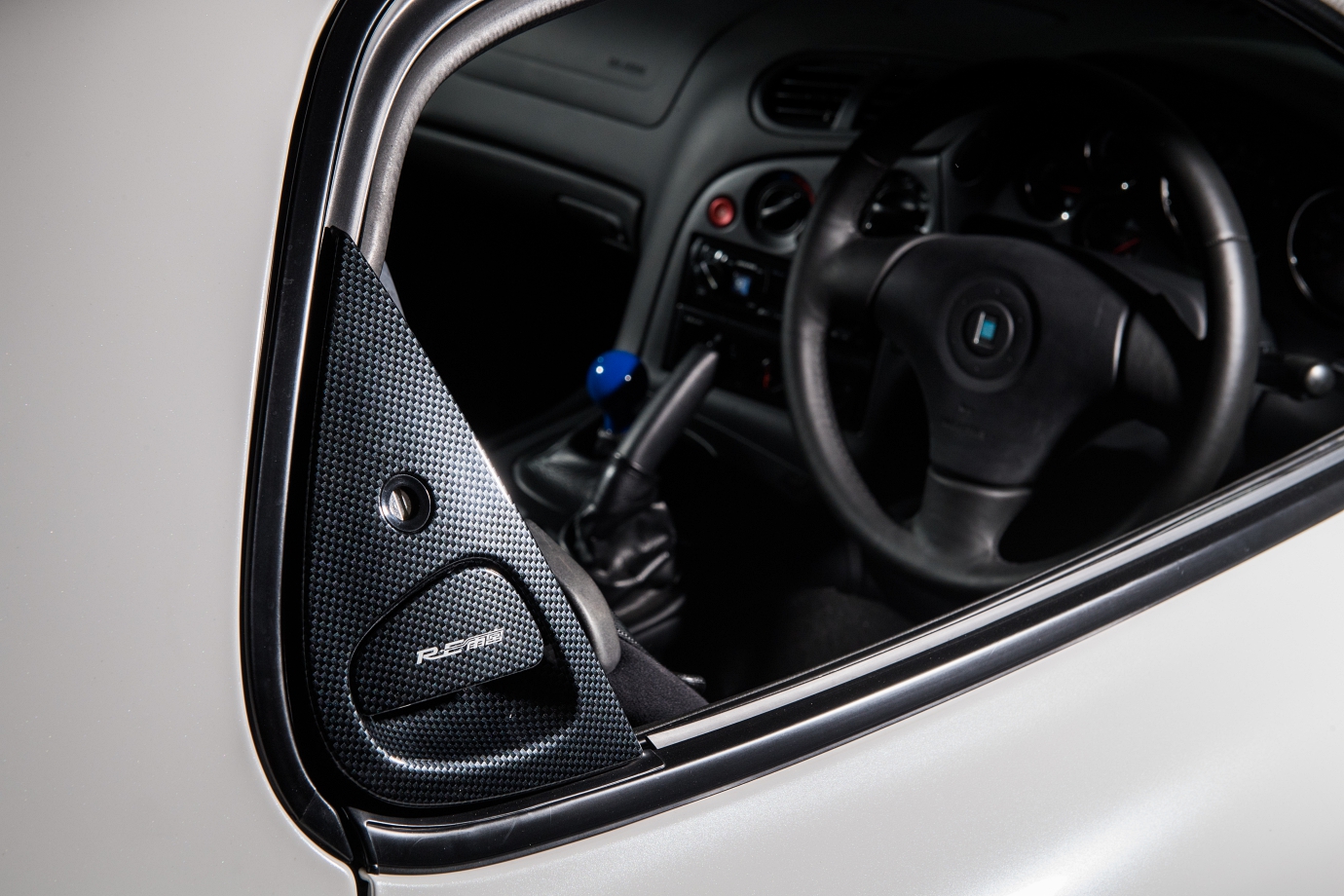
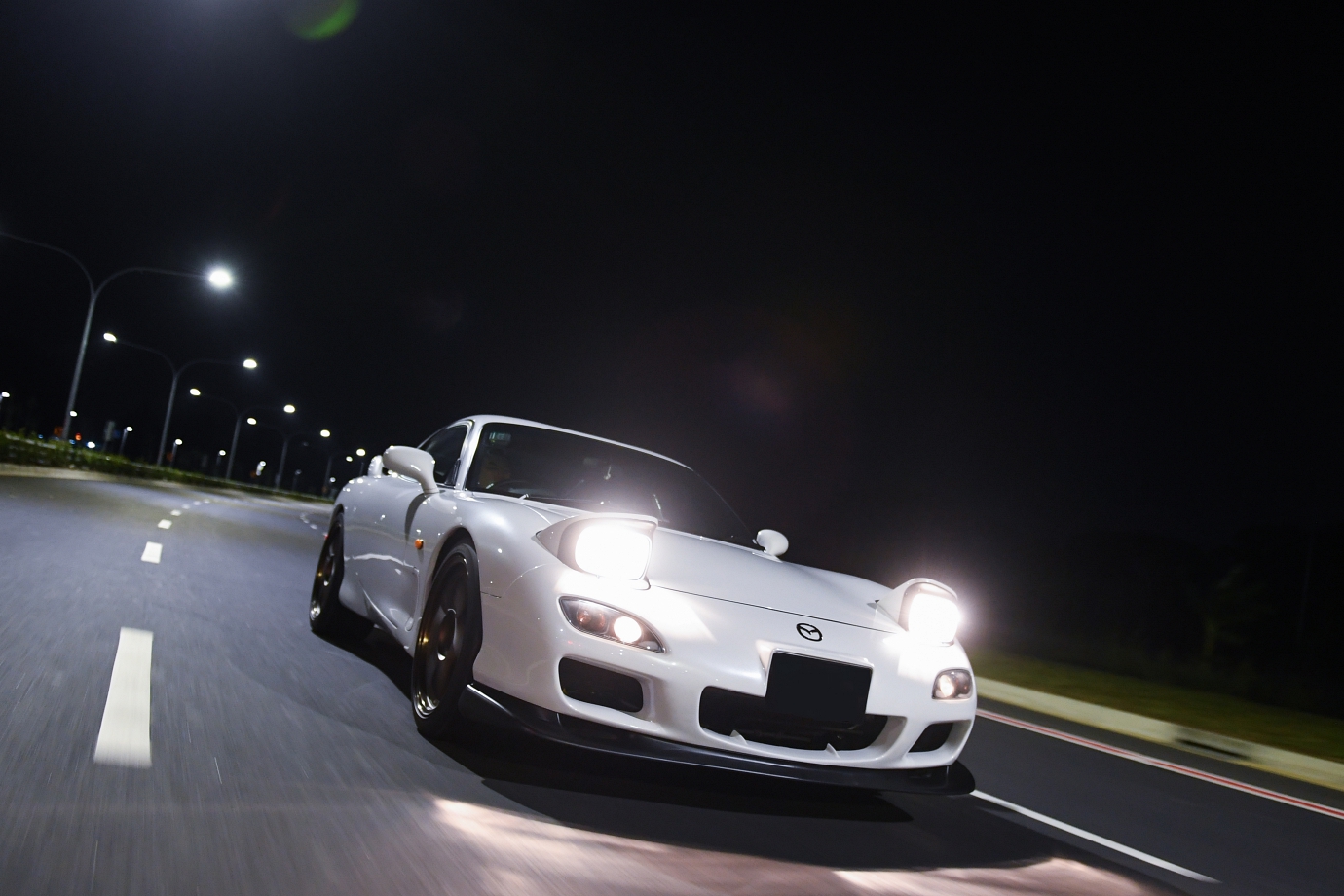
Before someone brings up the aftermarket TE37 rims, we originally intended to take the car on the stock tyre/rim combi, but the rubber was found to have hardened when the car was pulled out of storage, but yes, the tyres are currently on back-order.
Our last occasion in a FD was back in the early 2000s, when we had a chance to razz around in a colleague's dad's car.
This revisit has been a long time coming, and proved to be a revelation, not least because of how sharp and responsive the car still feels today.
Admittedly, the car has been rebuilt, but don't forget the technology is 15 years old at the very least!
However, this author attests to the fact that it easily stands its ground against any contemporary sportscar in terms of driving dynamics and pure visceral thrills, even if it is not necessarily the fastest from A-to-B.
The wonderful thing about sportscars from this era is how unapologetically focused they are in terms of sight, sound and even ergonomics.
There are no complicated multimedia systems to faff about with, multiple drive programmes or even a exhaust button (whether to artificially amplify or reduce the exhaust soundtrack).
In the FD, both occupants are perfectly ensconced in the gorgeous Recaro carbon-kevlar bucket seats that are also found in both the Spirit R and Type RS iterations of the RX-7.
They may look snug, but don't hug too tightly and prove to offer sublime support on the move.
Driver ergonomics are spot-on, with a short-throw gear-shift that responds well to wrist-flicks – with the close-ratios, you'll easily be snicking your way up through the gears in the city, since the ratios are perfectly spaced for brisk acceleration.
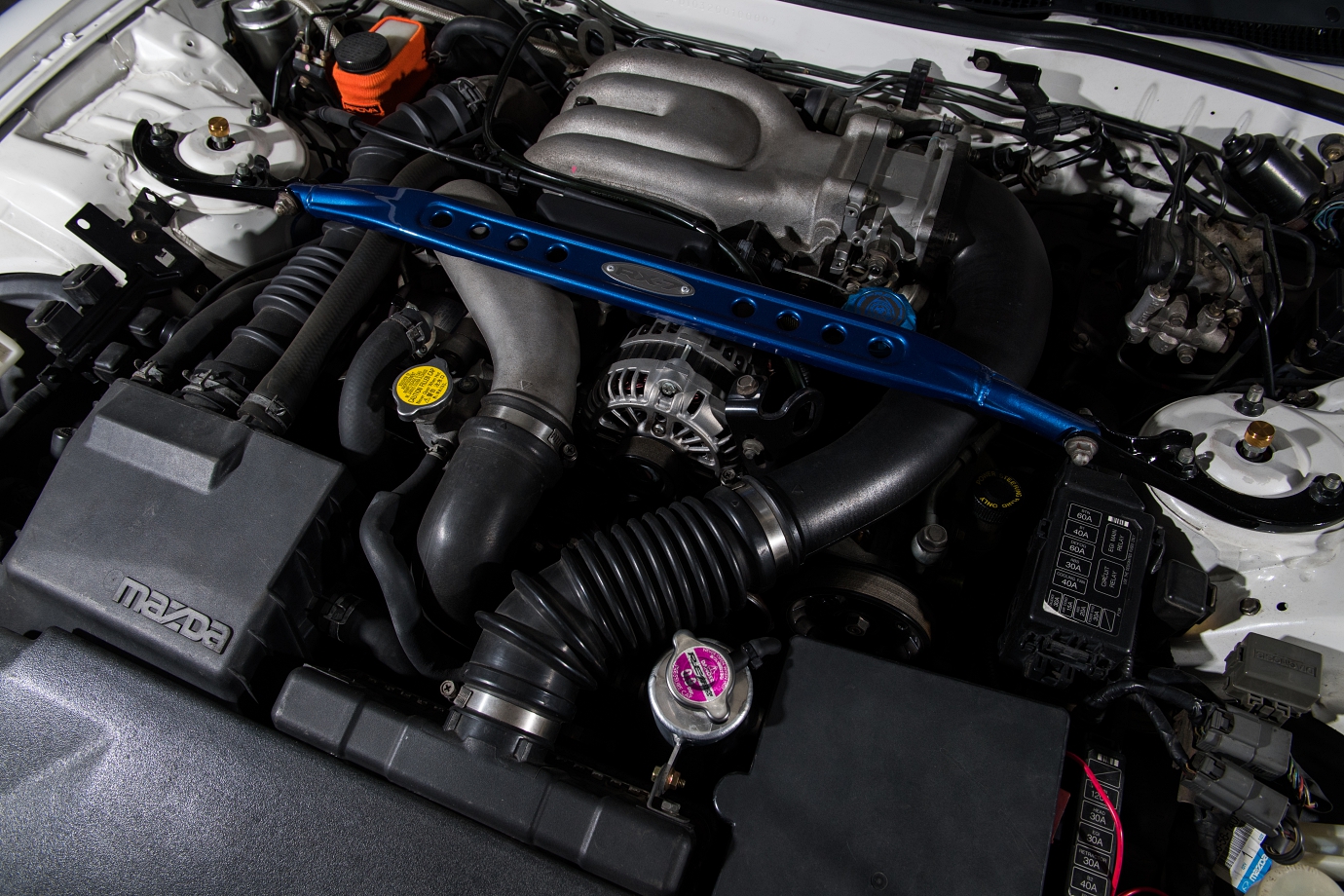
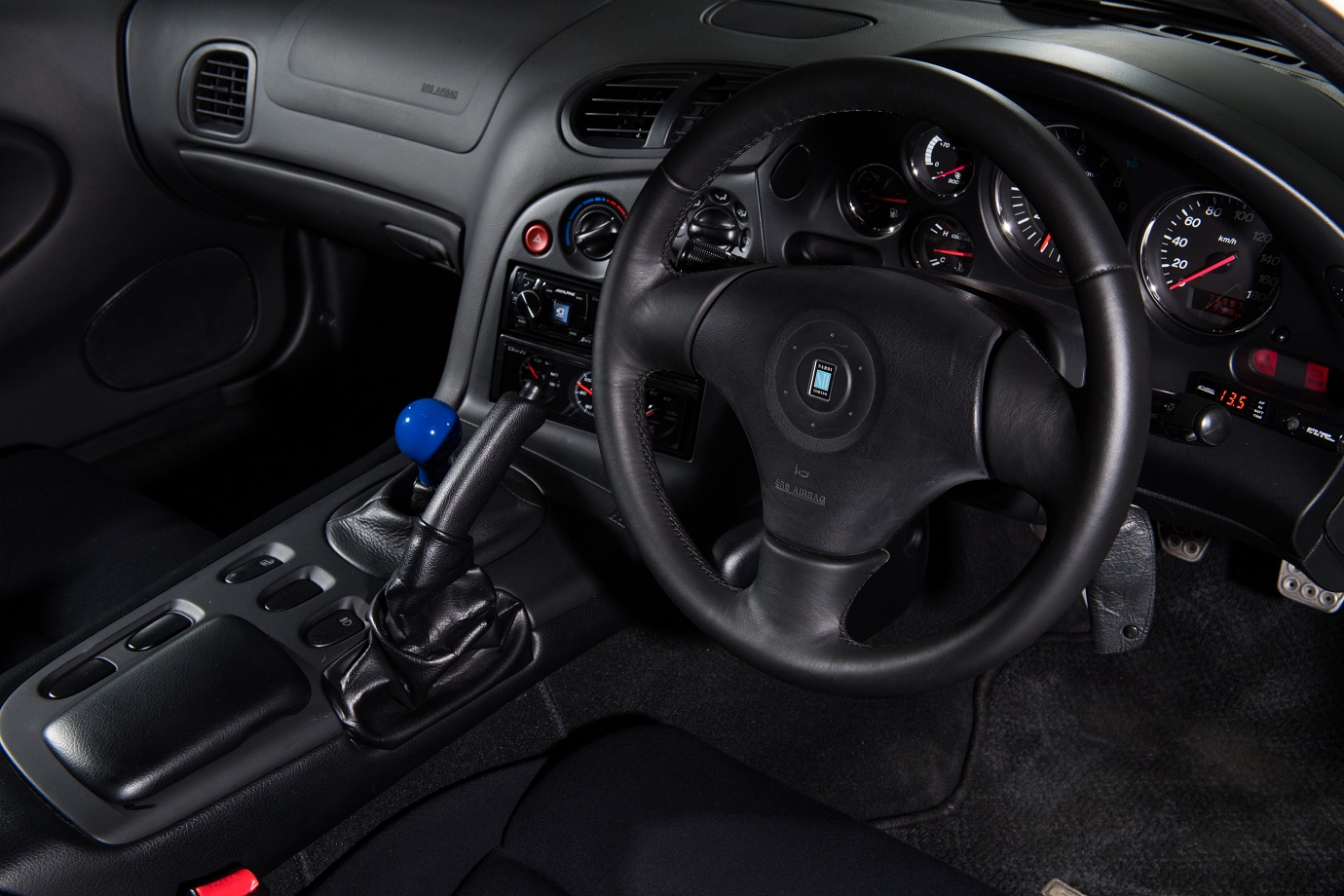
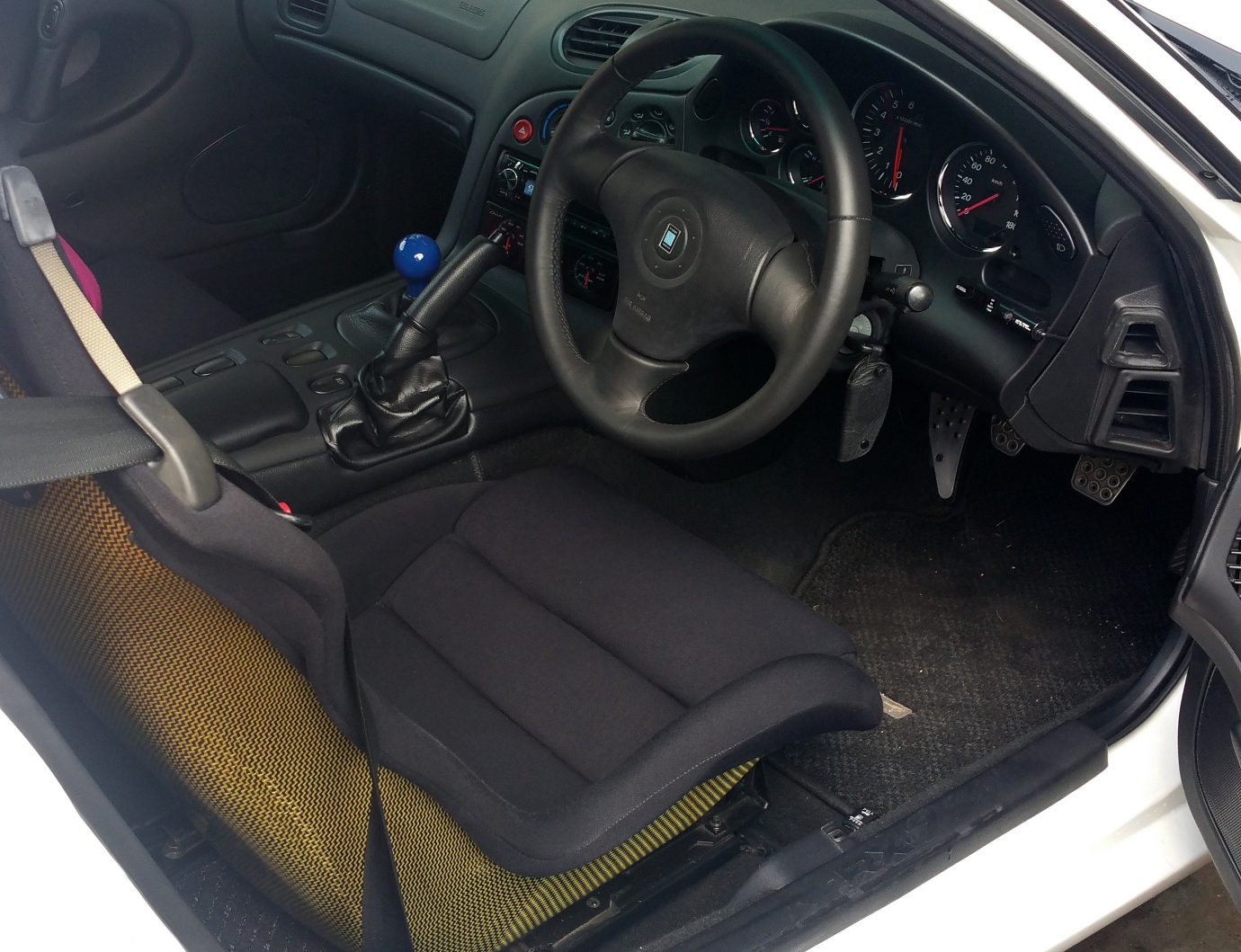
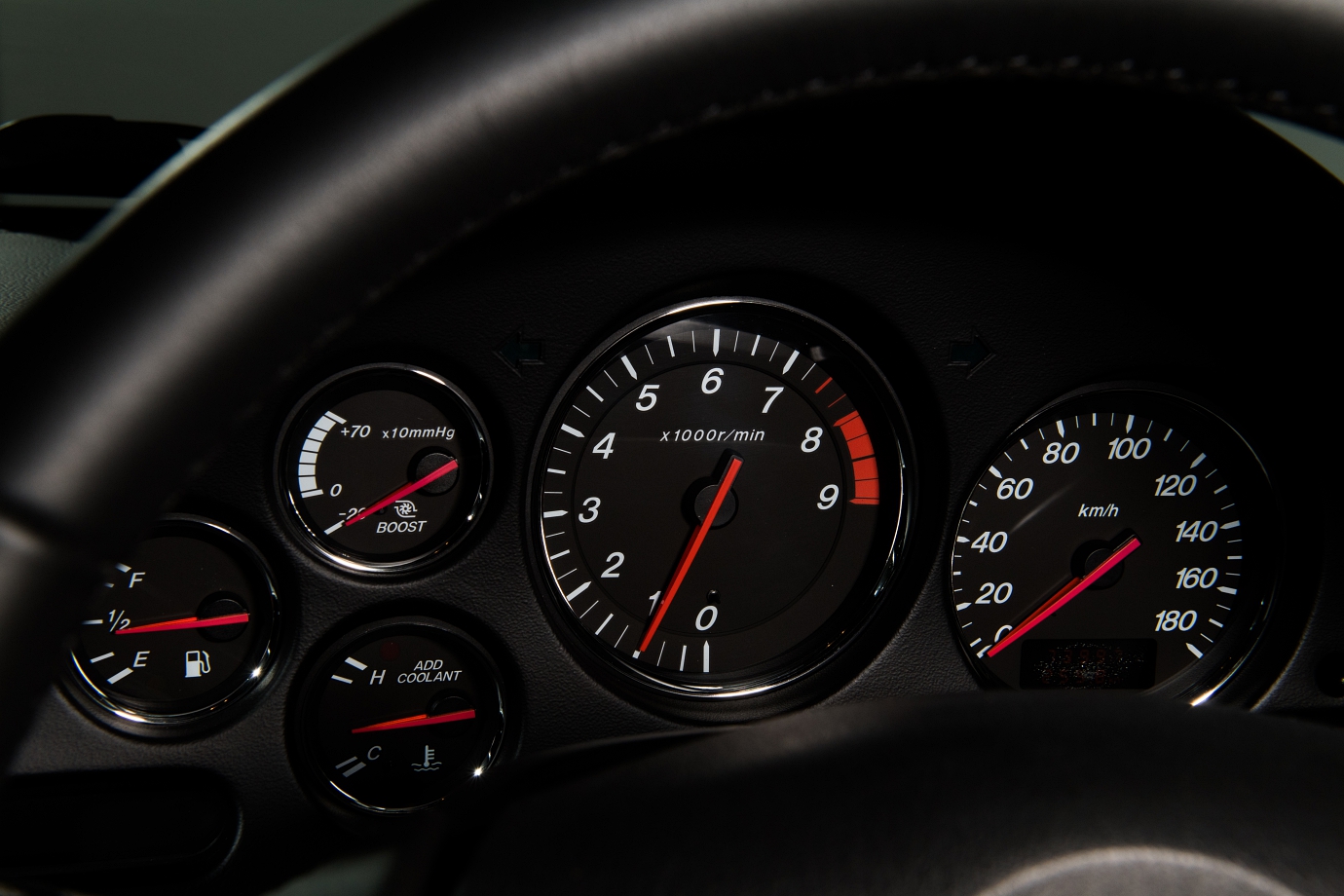
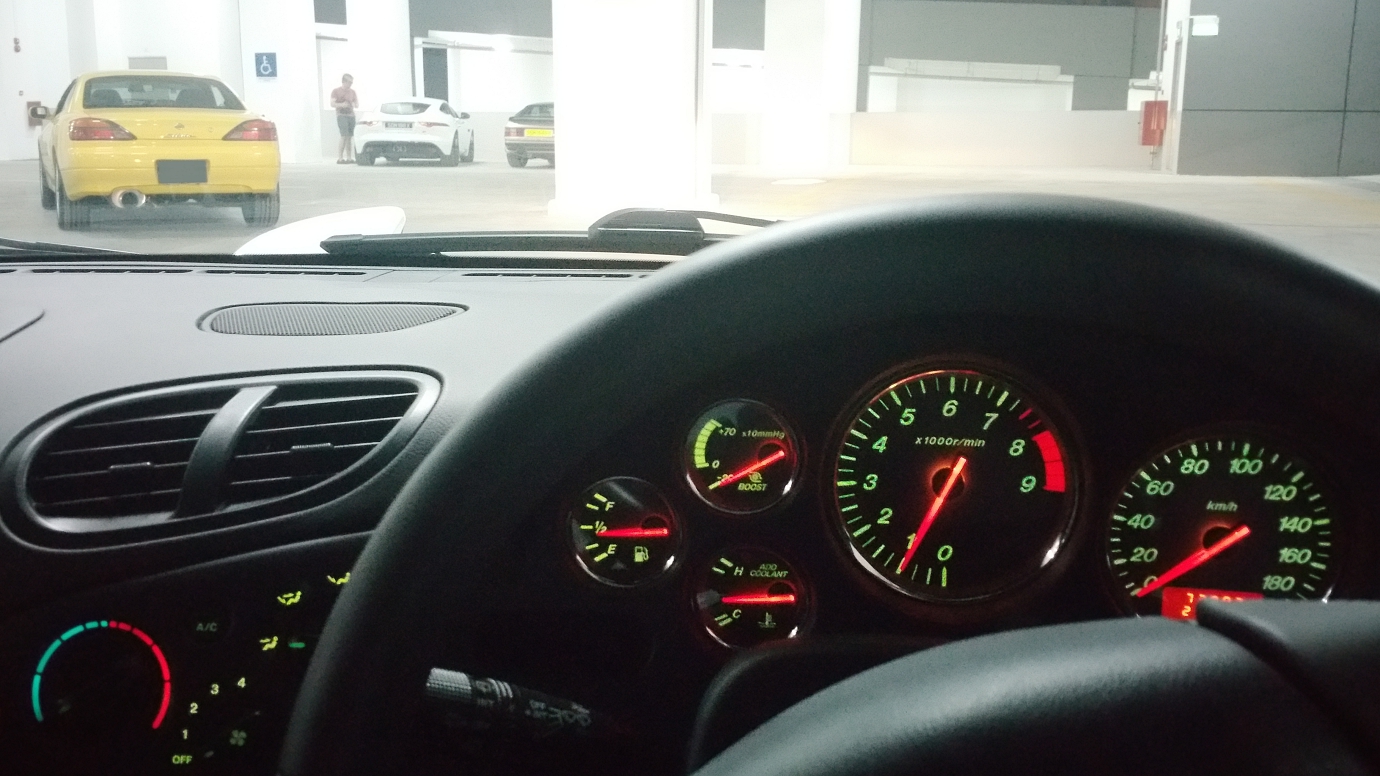
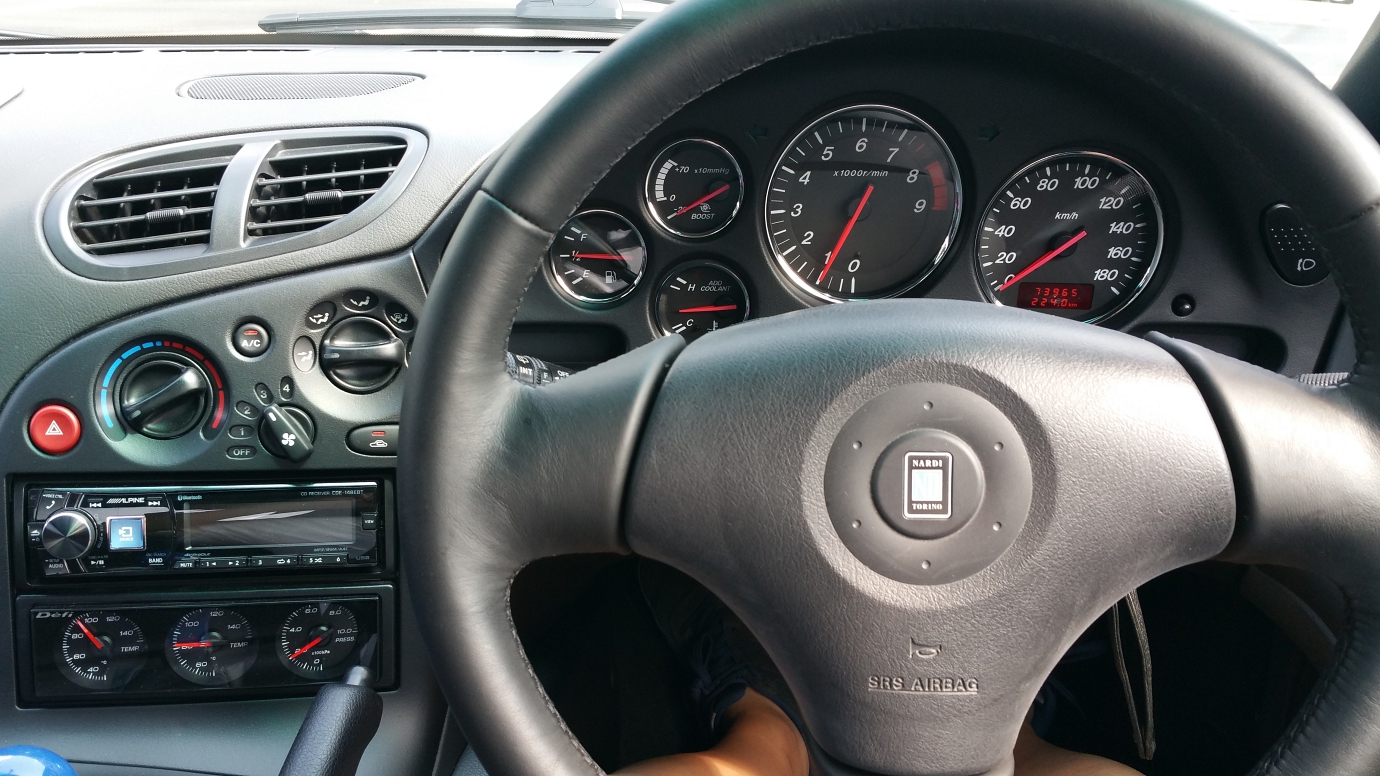
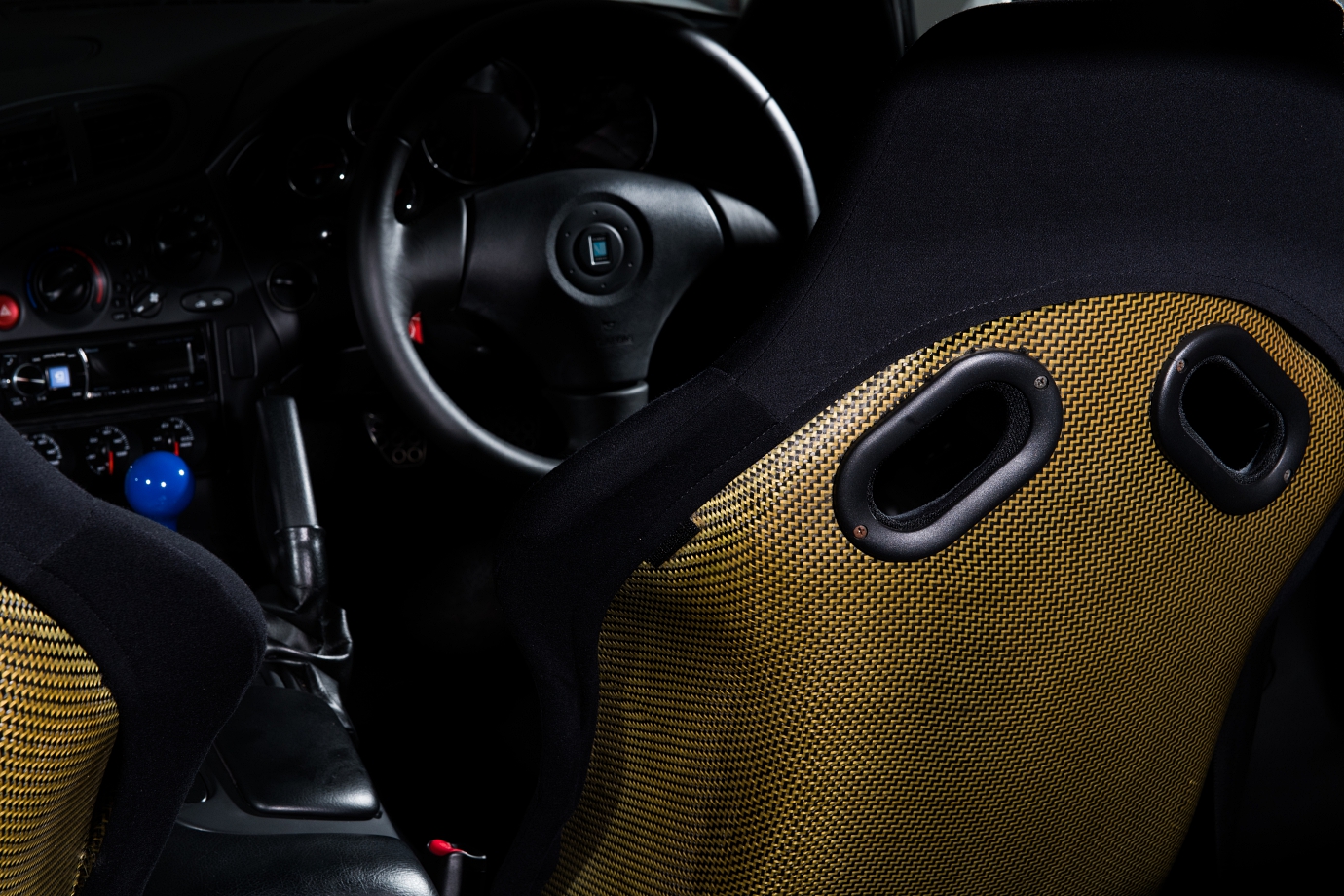
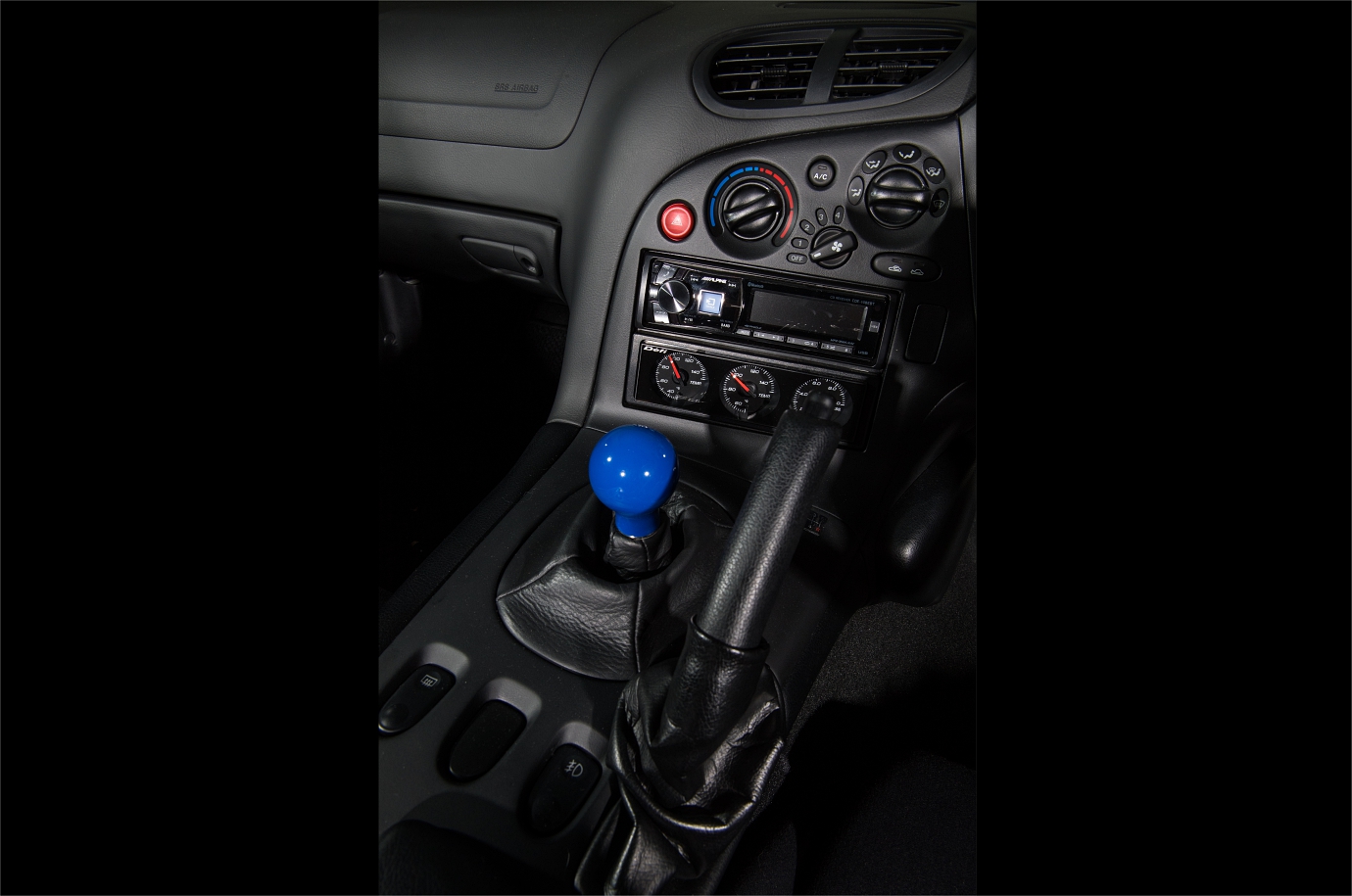
Keep your foot planted and you'll be blown away by how smooth and vibration-free the rotary engine is as the rev needle climbs to its redline.
In fact, you'll need to keep a watchful eye on the speedo to ensure you're not busting the speed limit under exuberant driving conditions.
You’re never driving the car so much as flowing as one with it, as the car eagerly and precisely reacts to steering inputs, especially when driving under the influence of the red mist.
We’re not just talking about start-stop sprints either, but the RX-7 is a nimble sportscar that challenges the driver to work ever harder in exploiting the sweetly balanced chassis
The RX-7 (and the other two retro coupes here) just is – regardless of whether you choose to drive it fast, slow or recklessly, WYSIWYG.
It certainly won’t try to be all things to many people, as modern sportscars are wont to do.
However, it will show-up and embarrass drivers who take excessive liberties with its dynamic nature, but reward the drivers who can respect theirs and its abilities.
Mazda RX-7
Engine: 1308cc, rotary, sequential twin-turbo
Power/rpm: 255hp/6500rpm
Torque/rpm: 294Nm/5000rpm
Transmission: 5spd manual
0-100km/h: est. 5.3secs
Top Speed: 250km/h
Fuel consumption: est. 11.1l/100km
CO2: 264g/km
